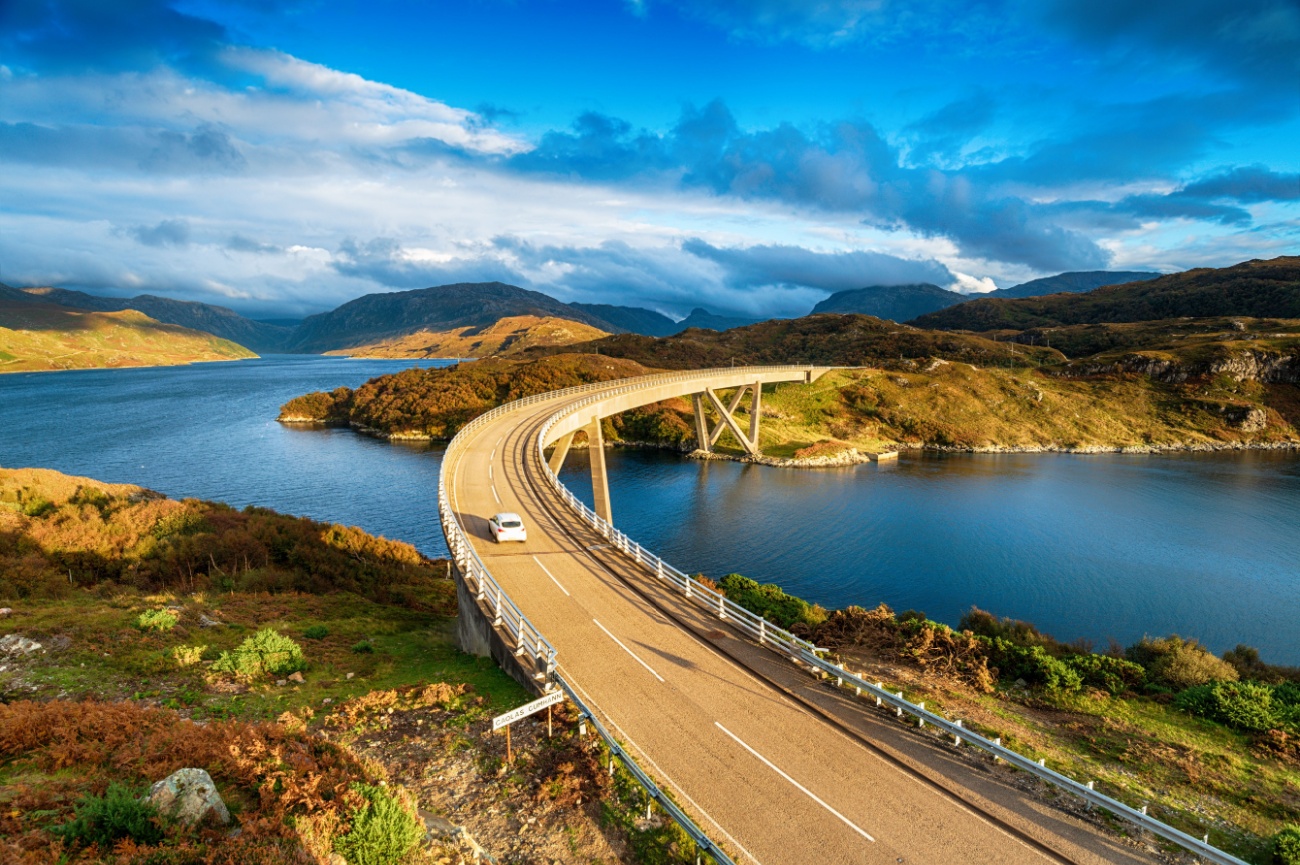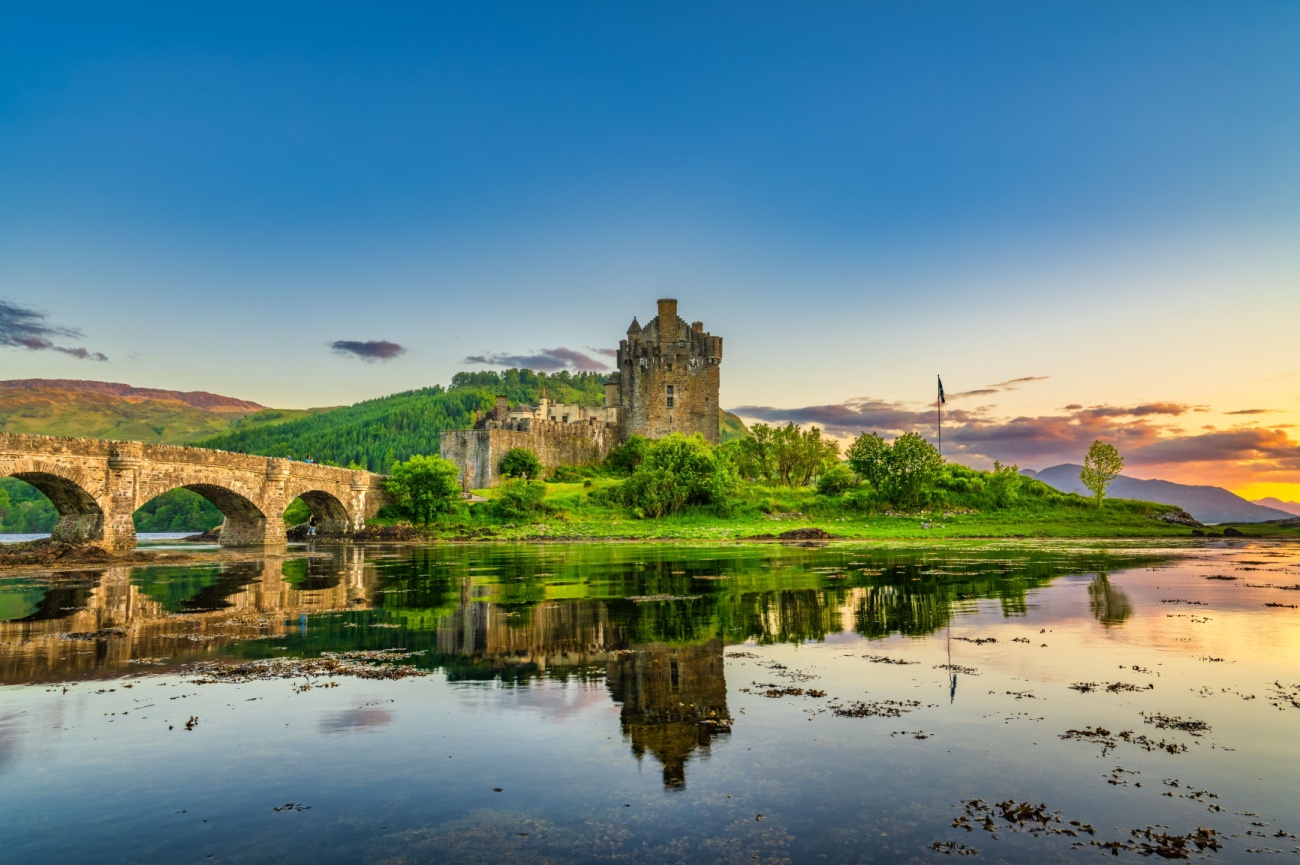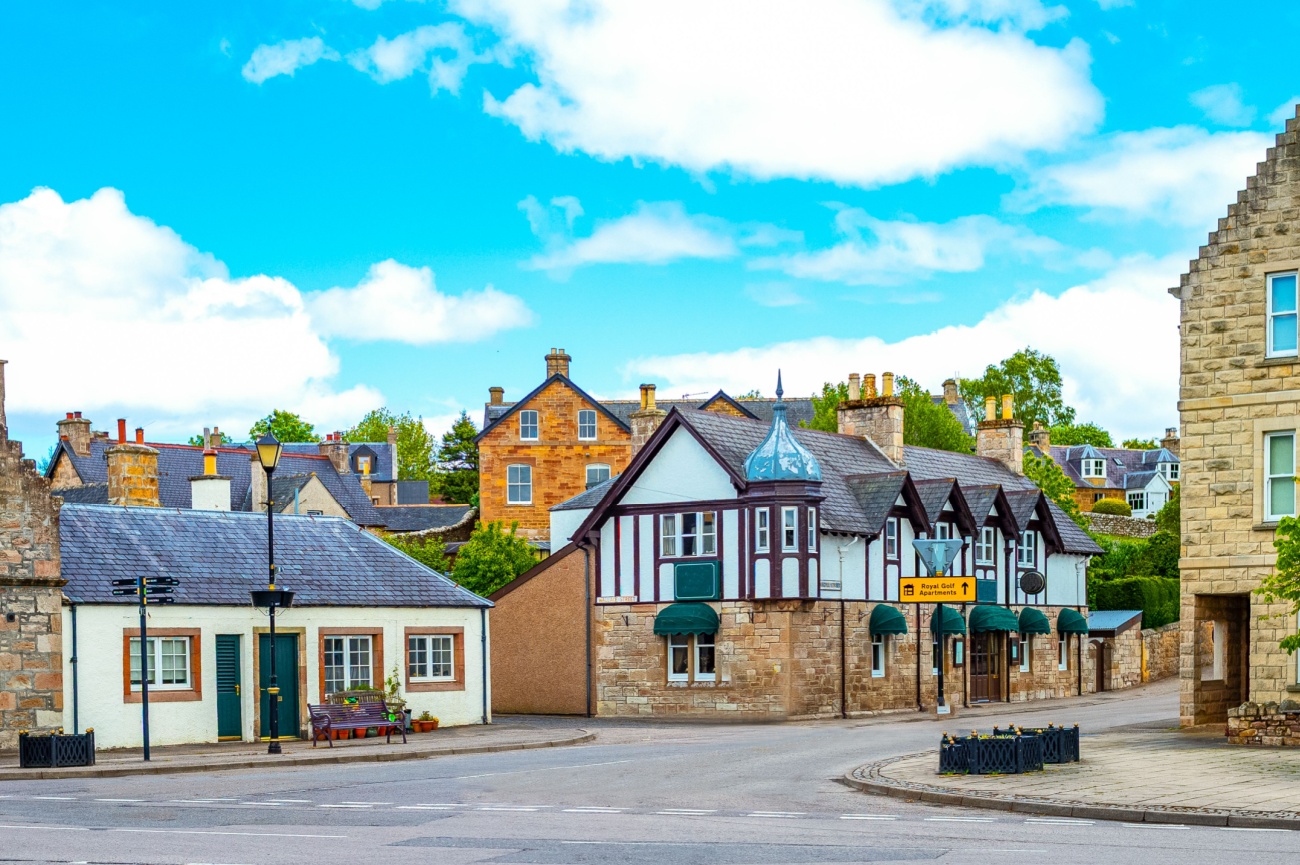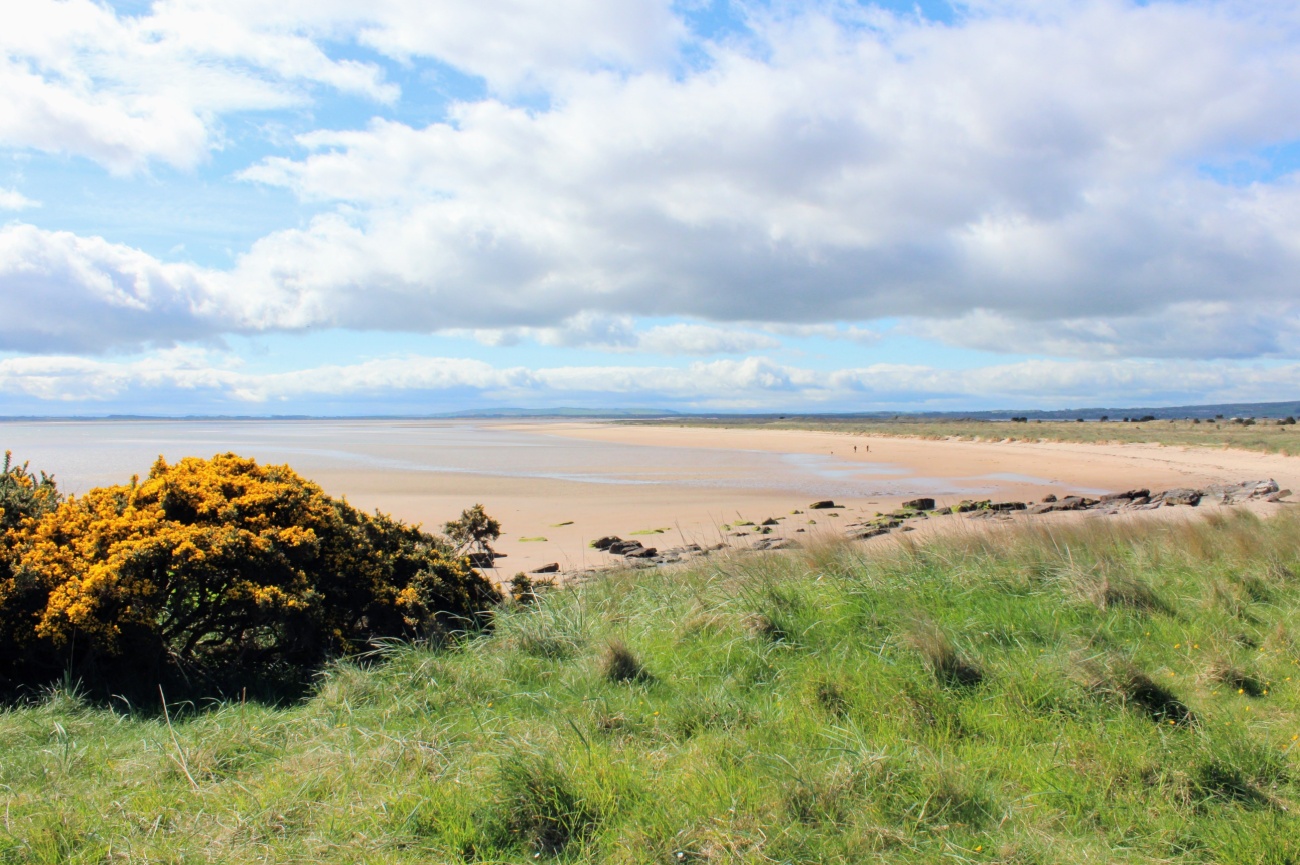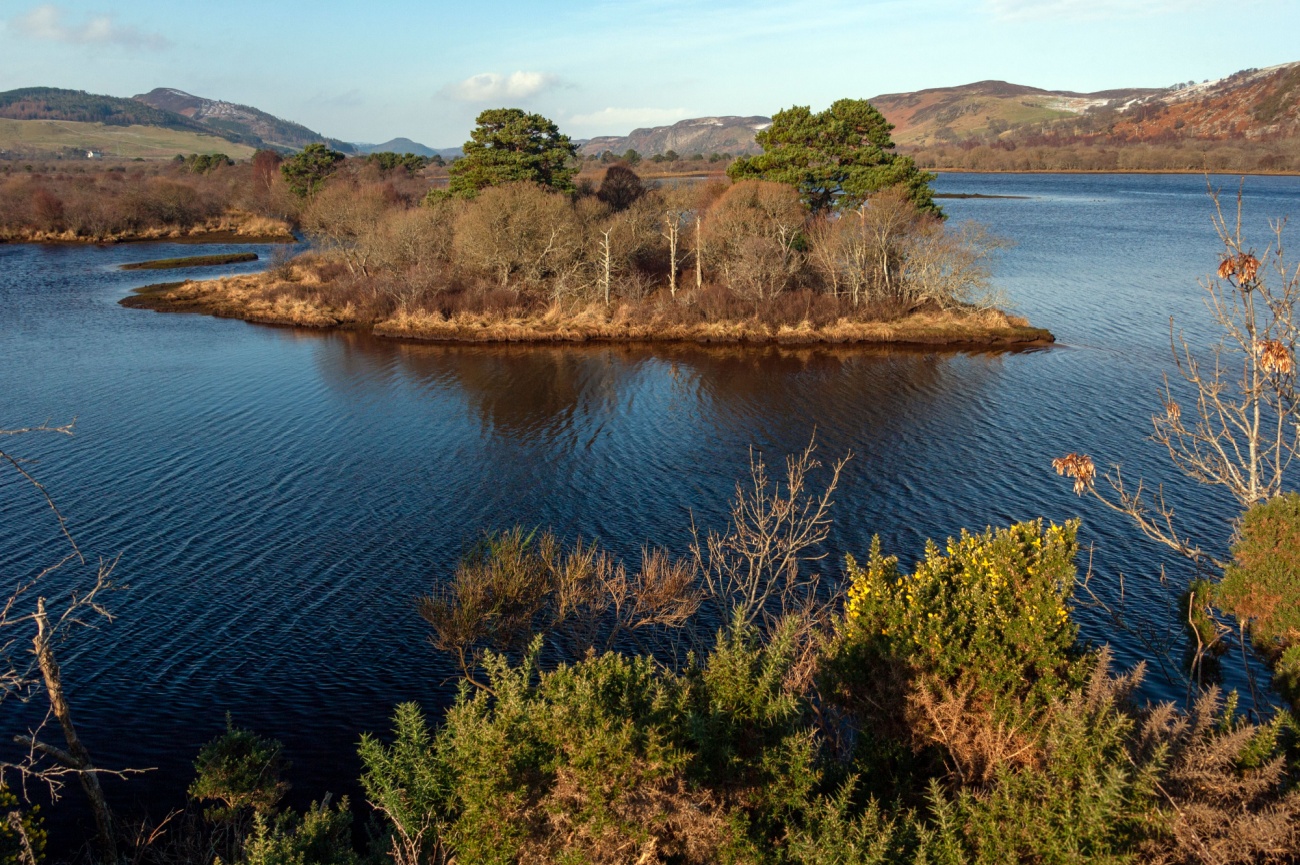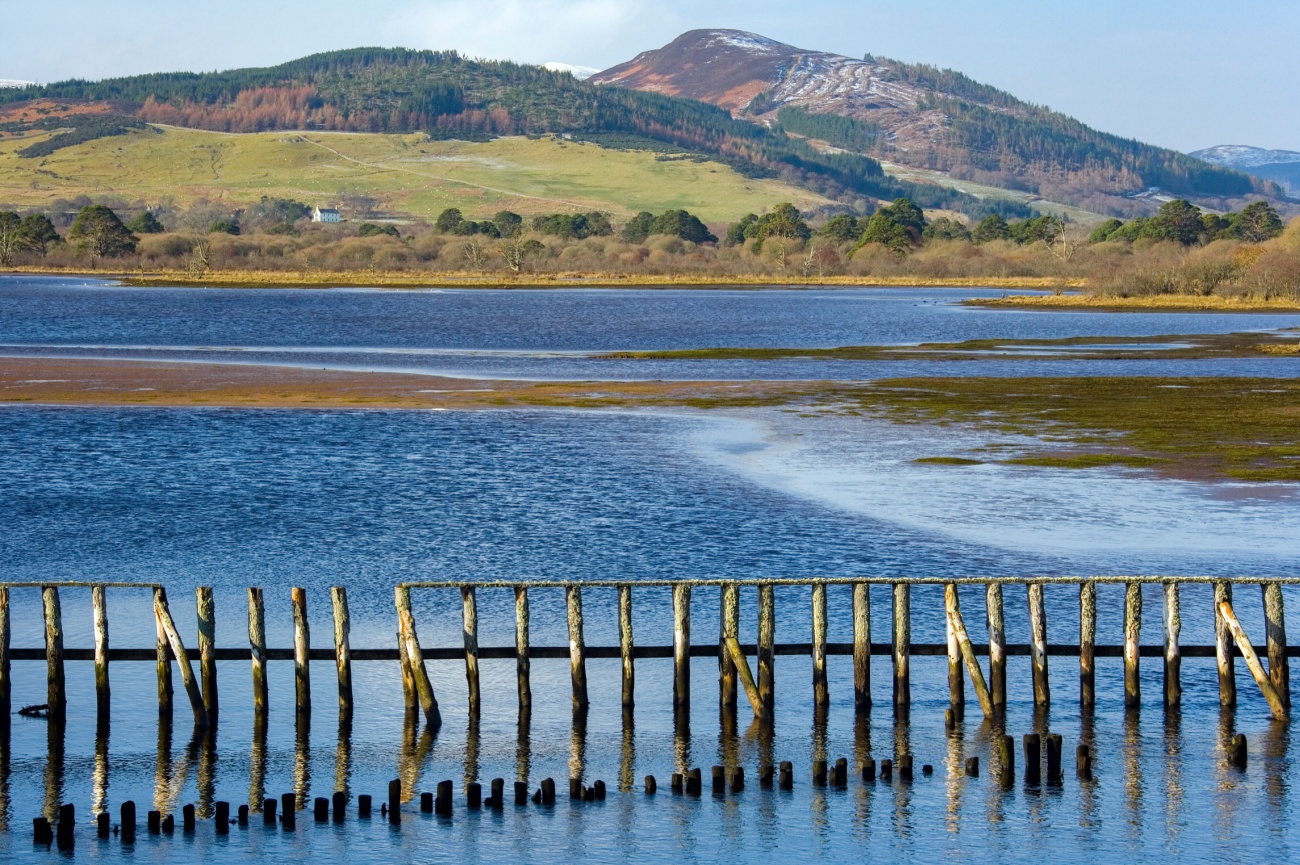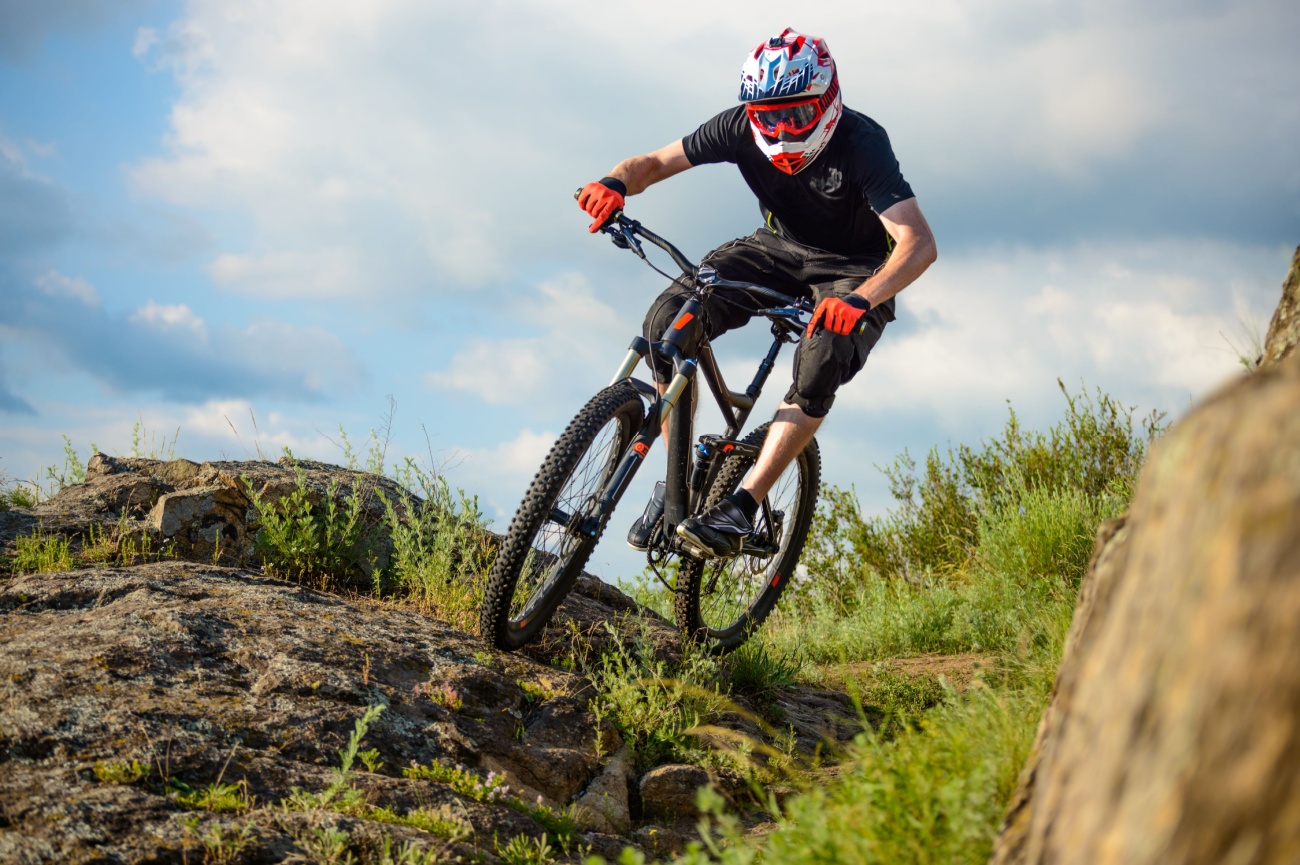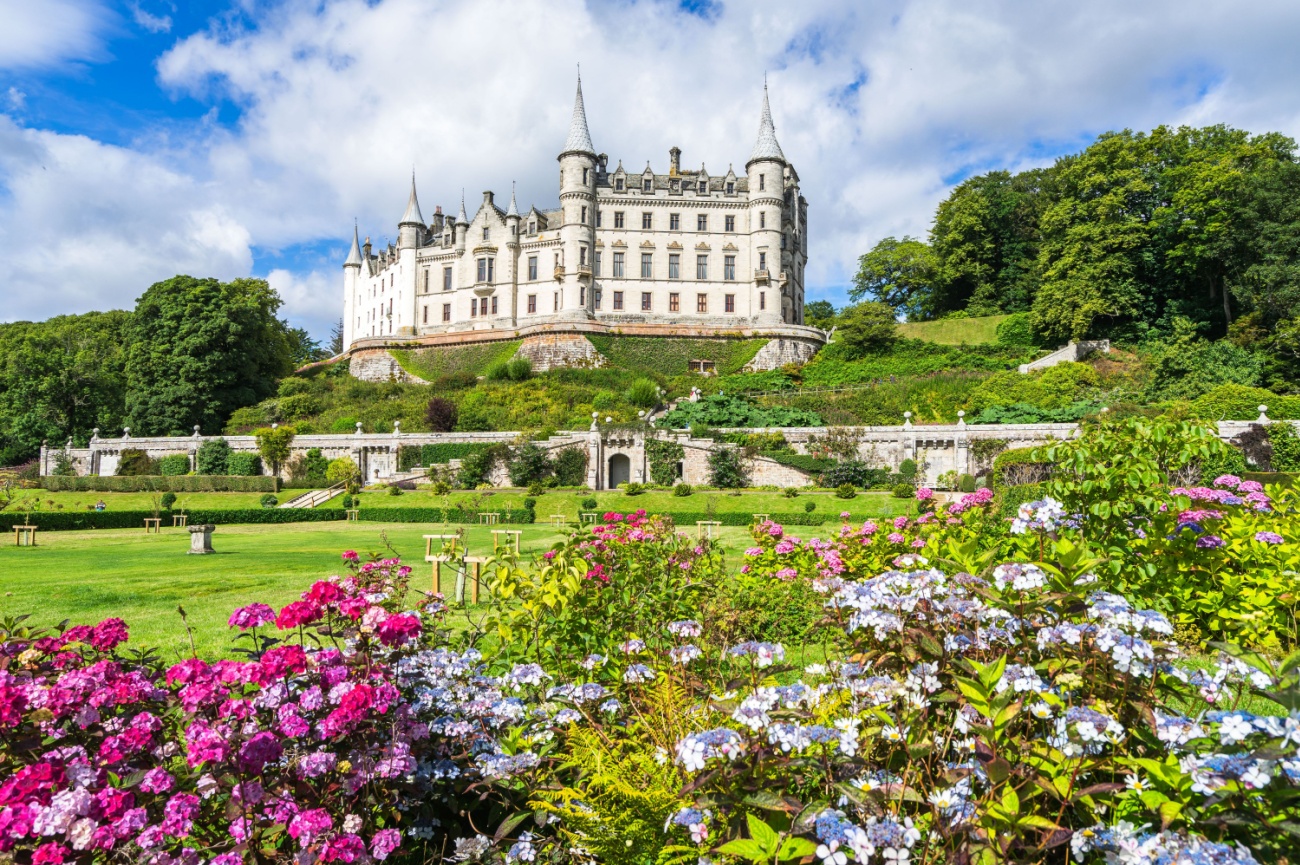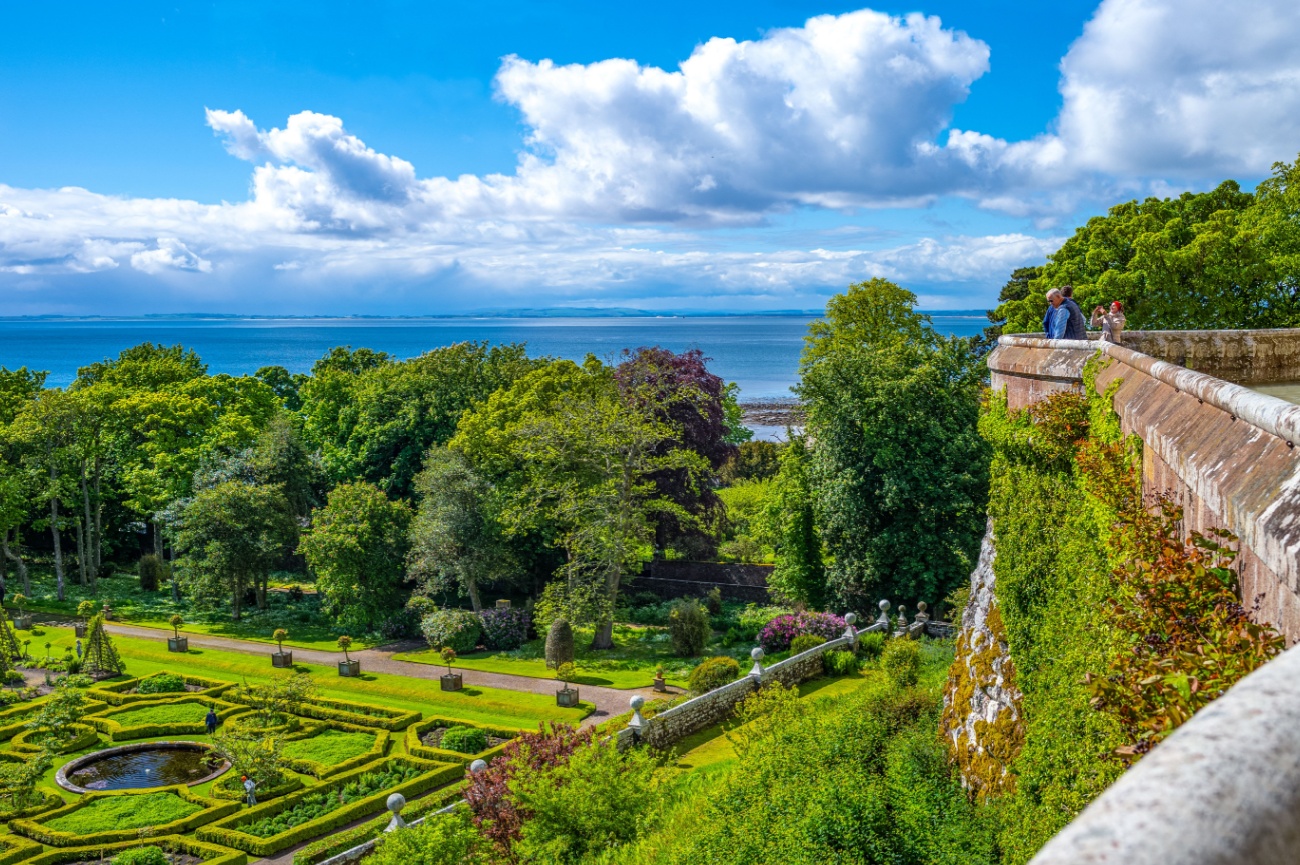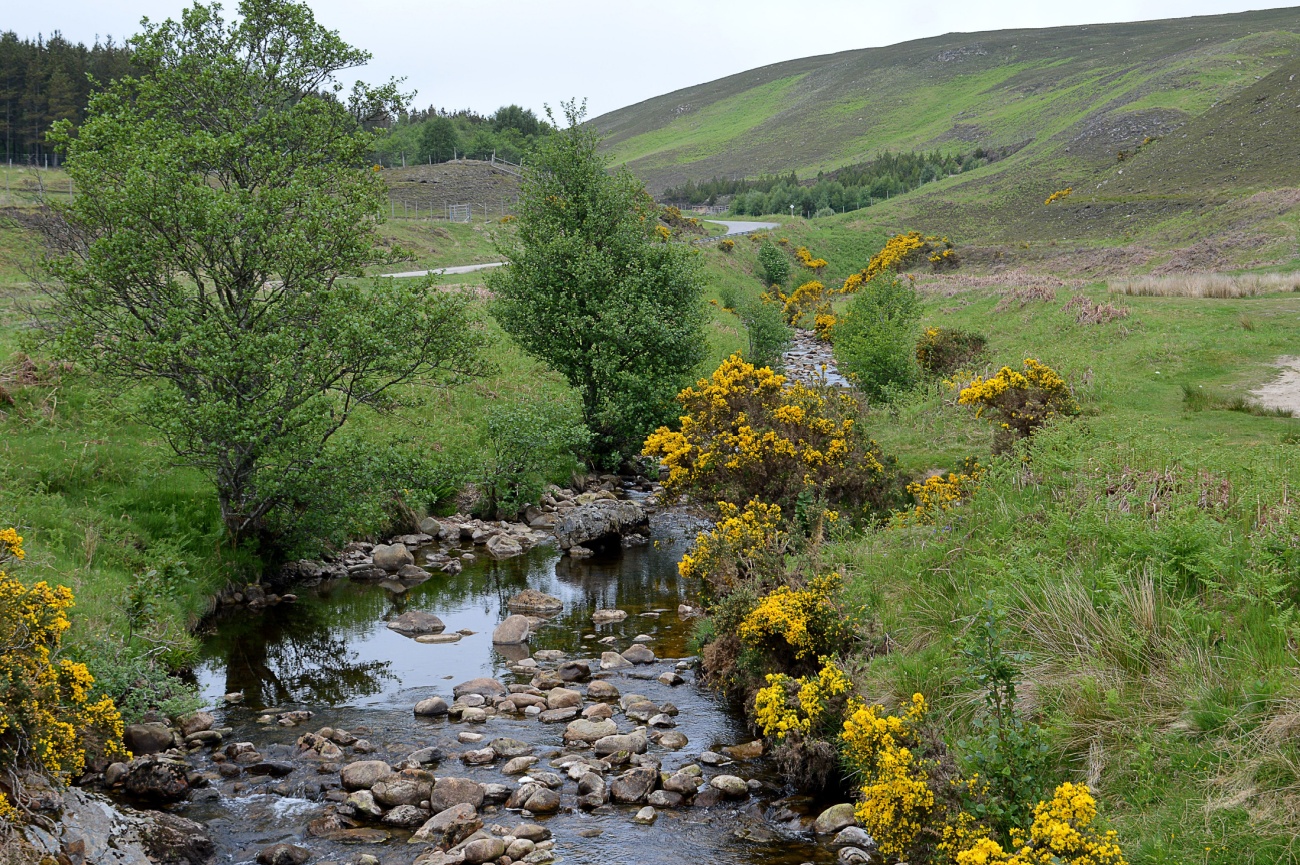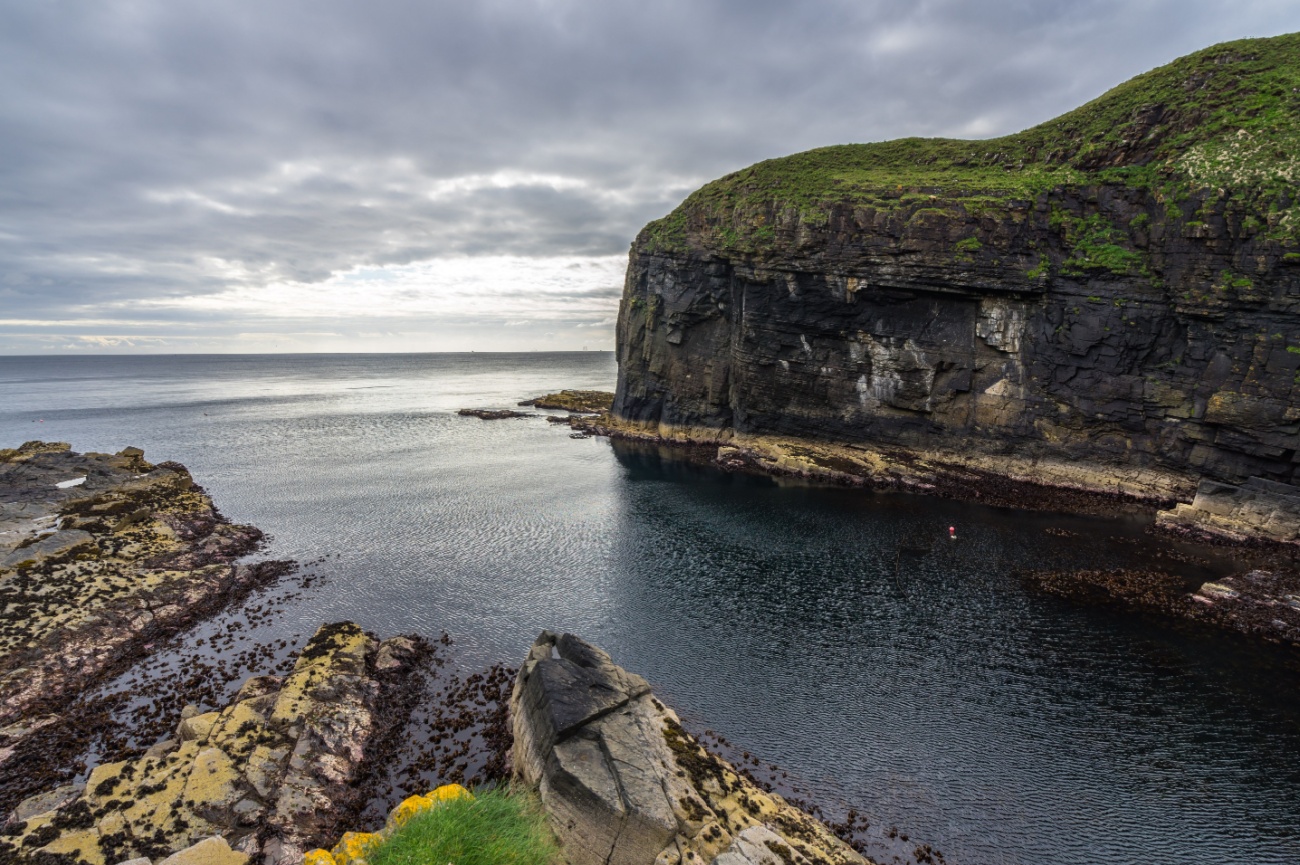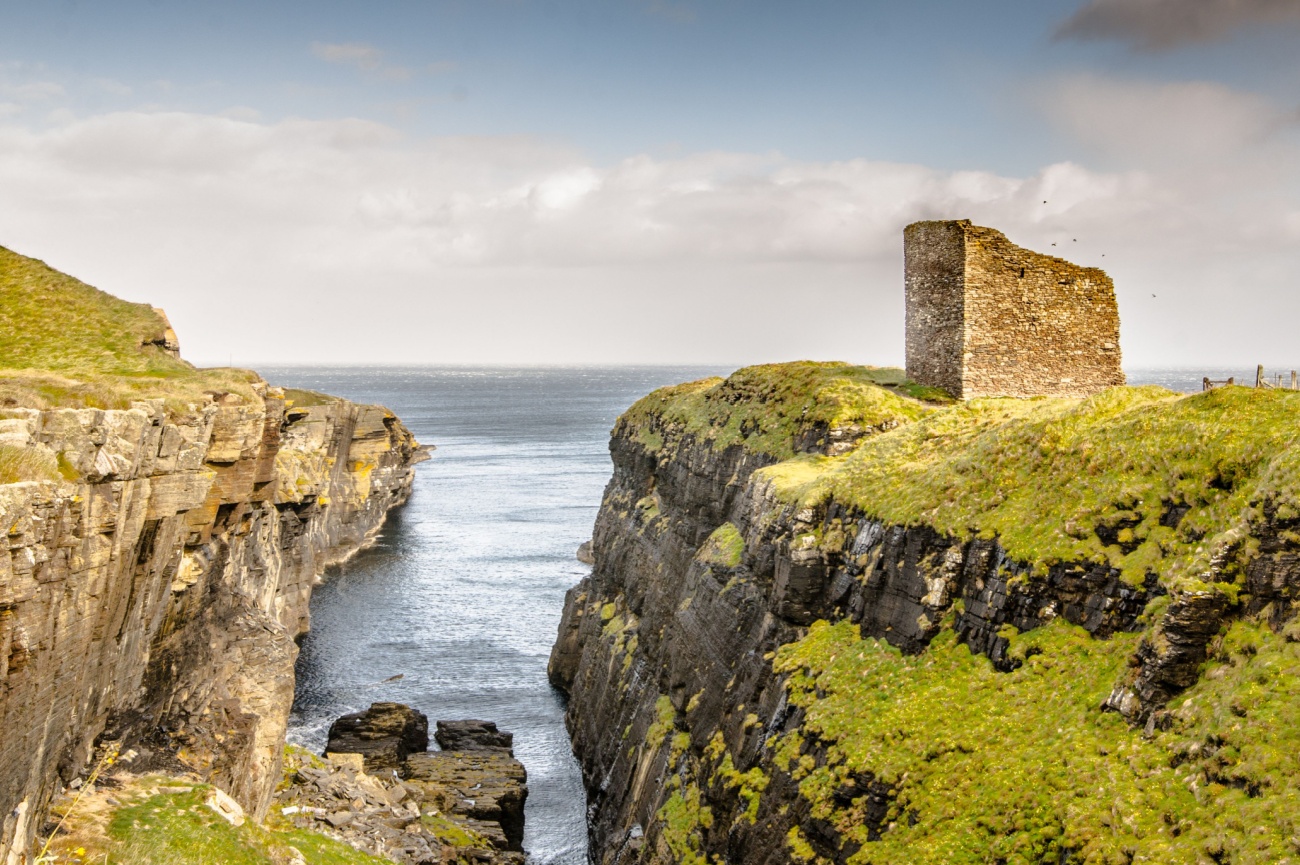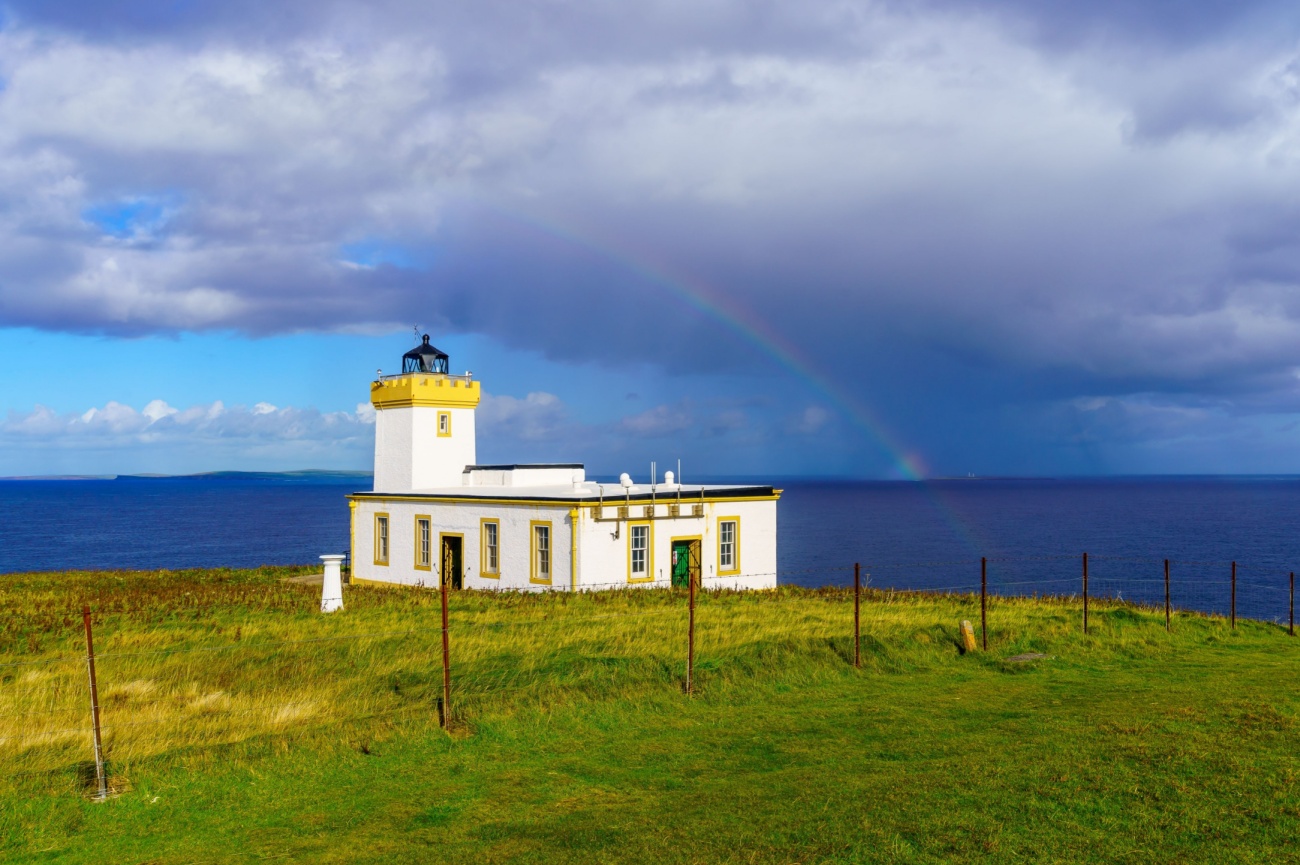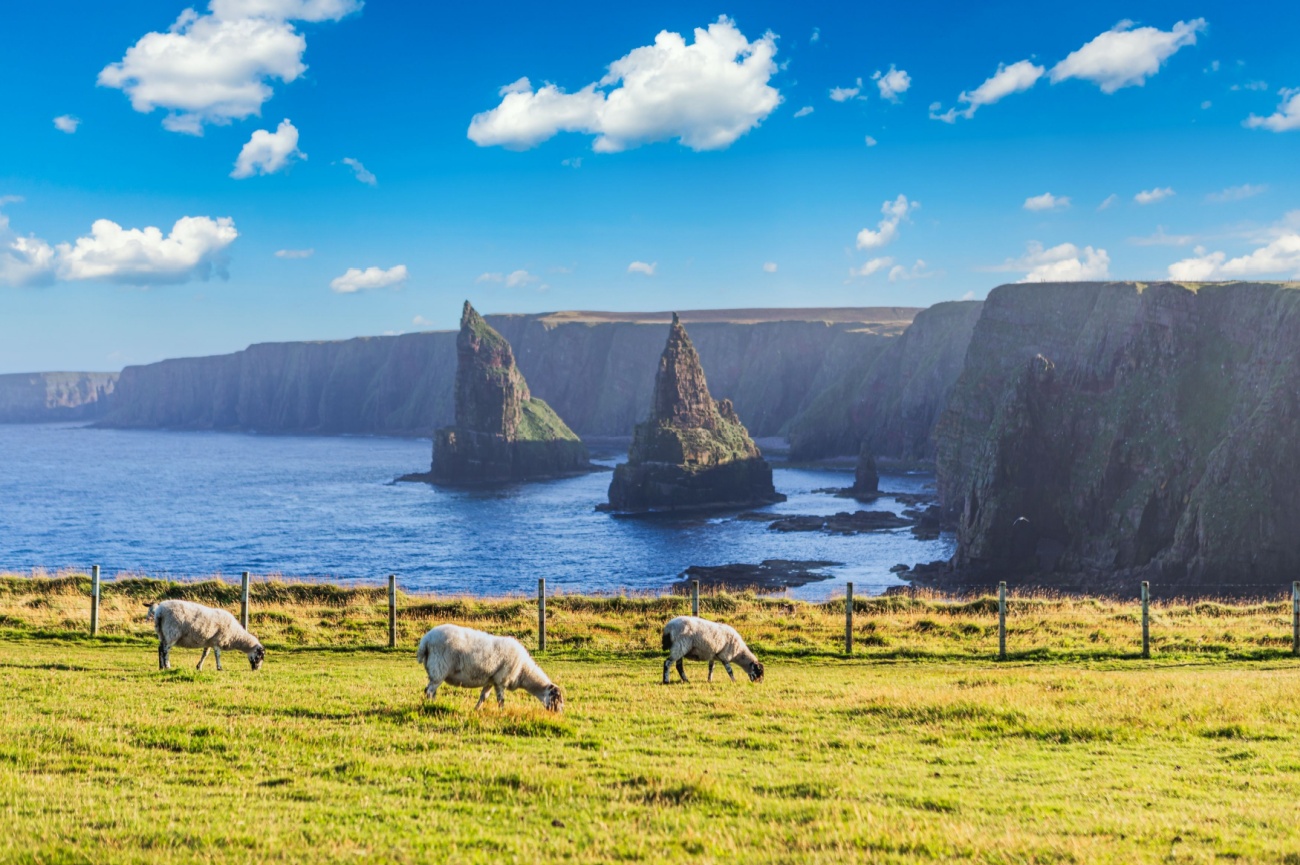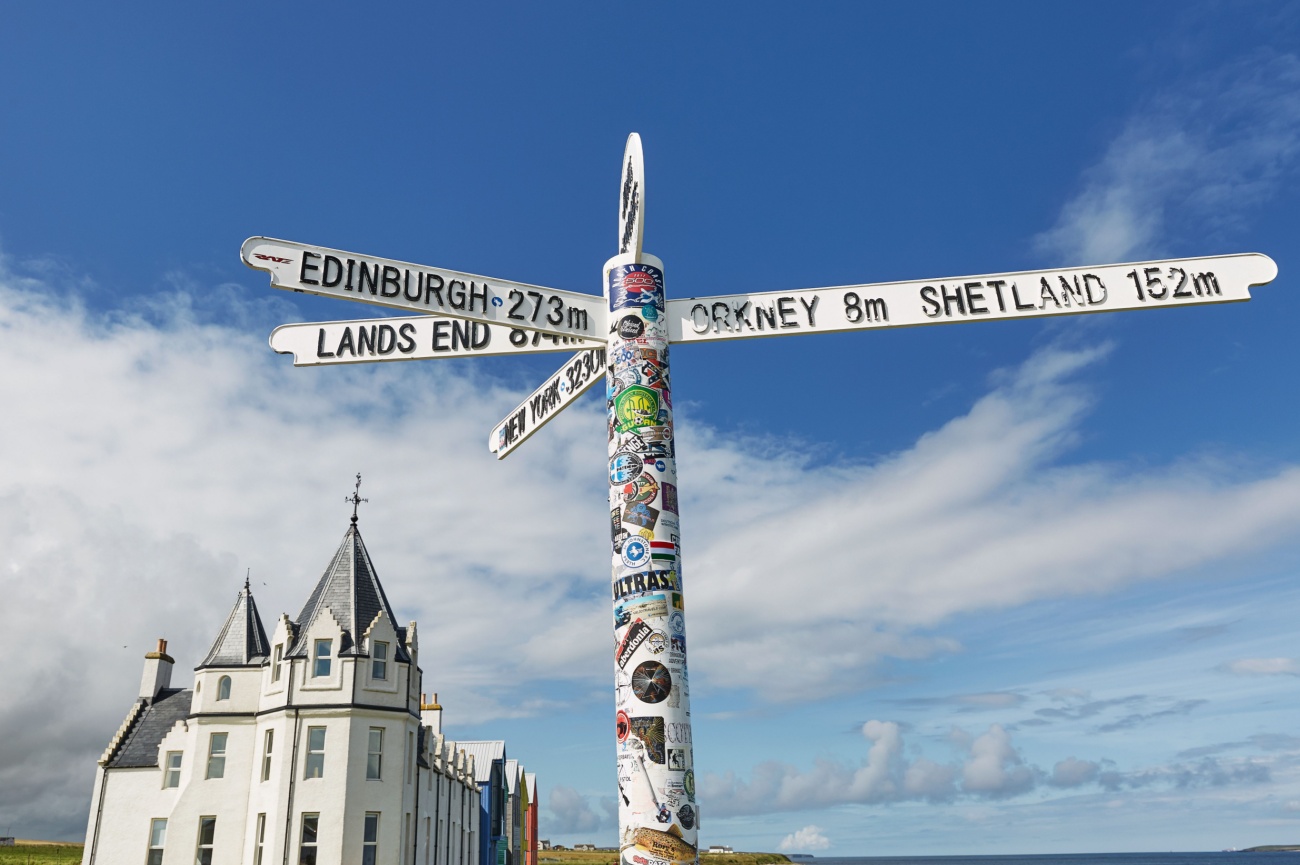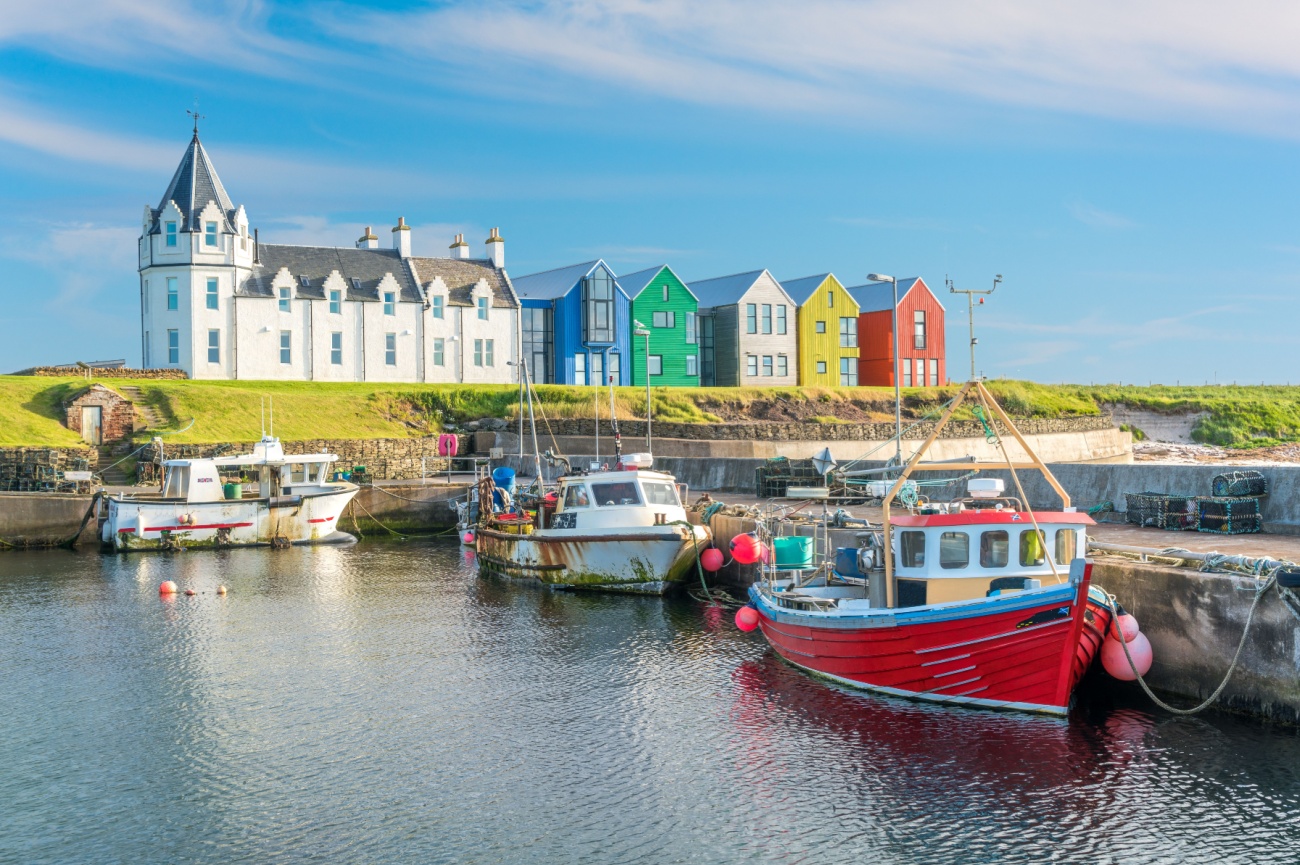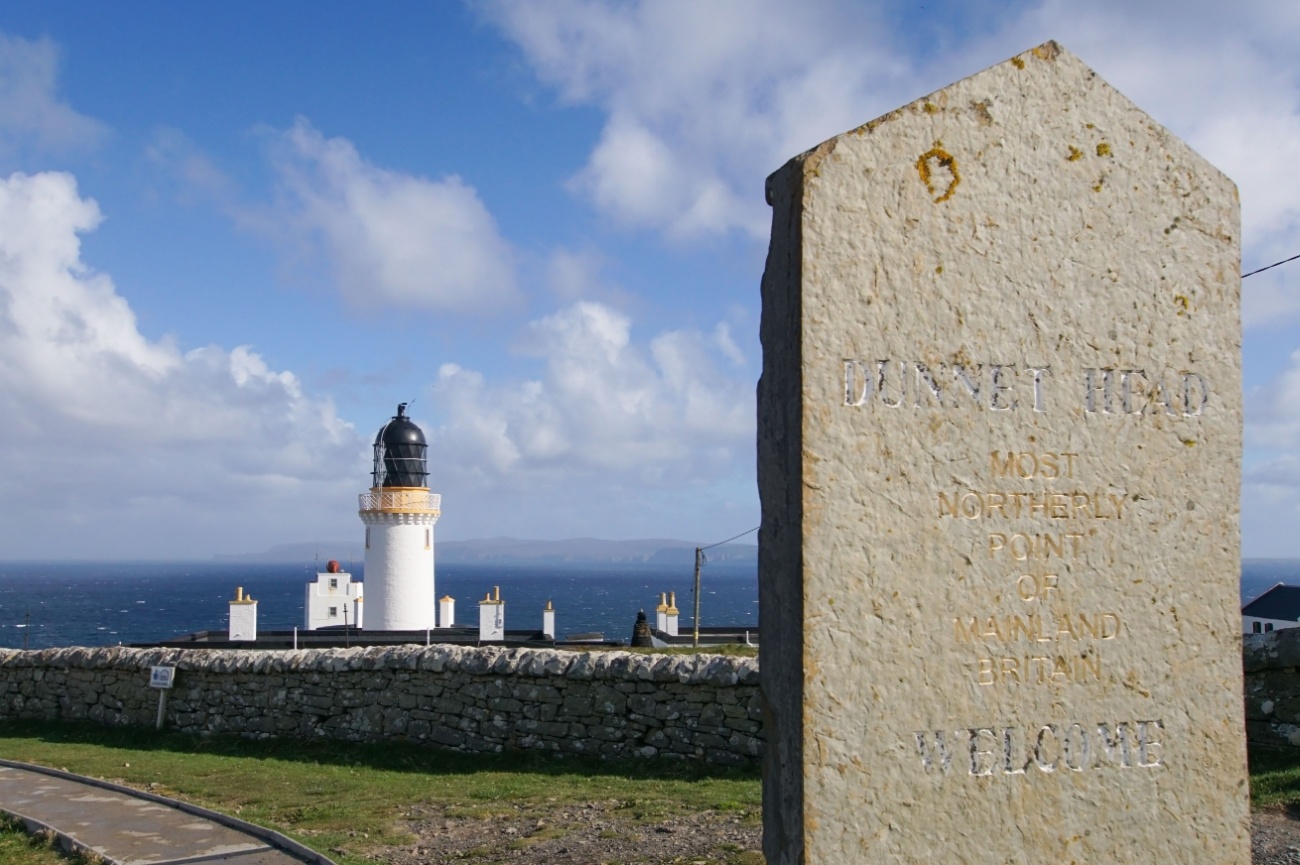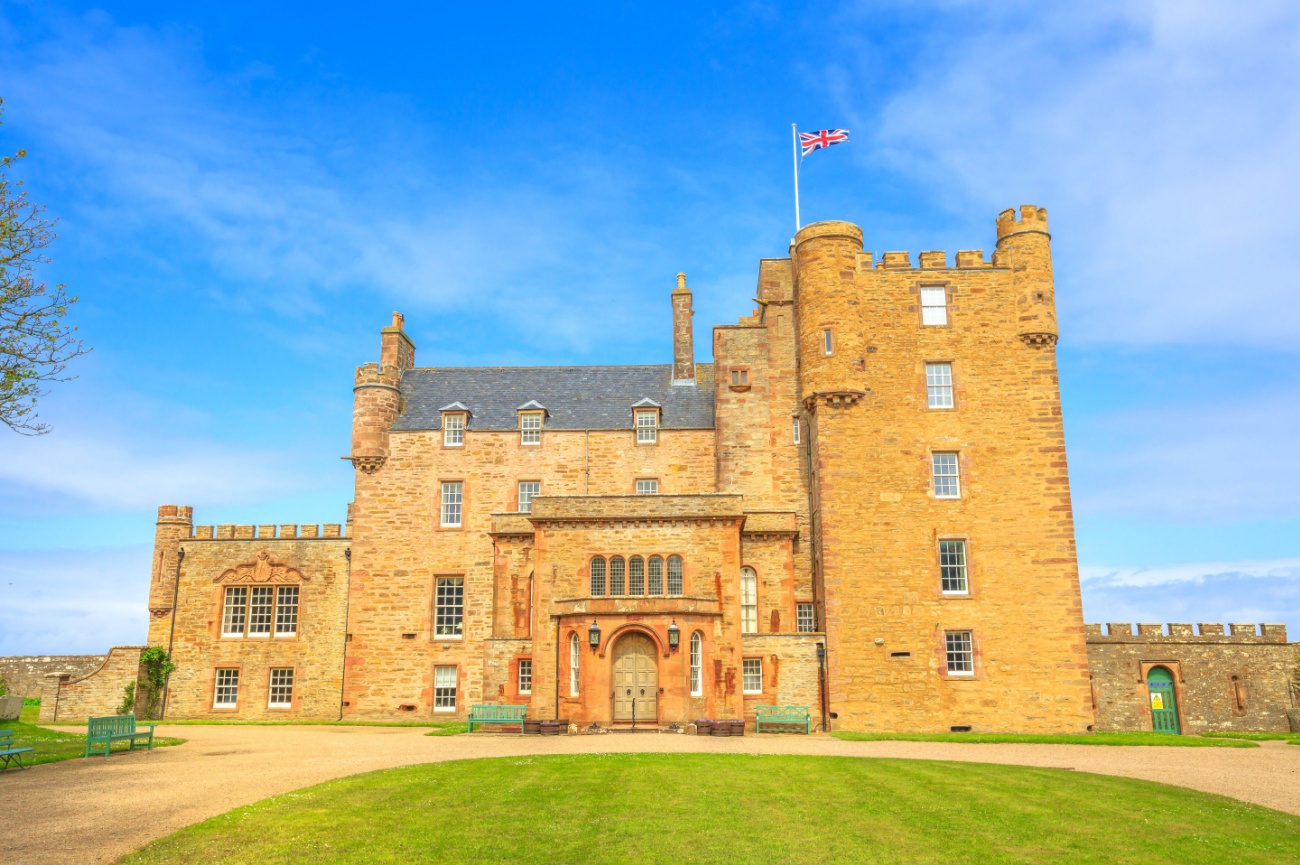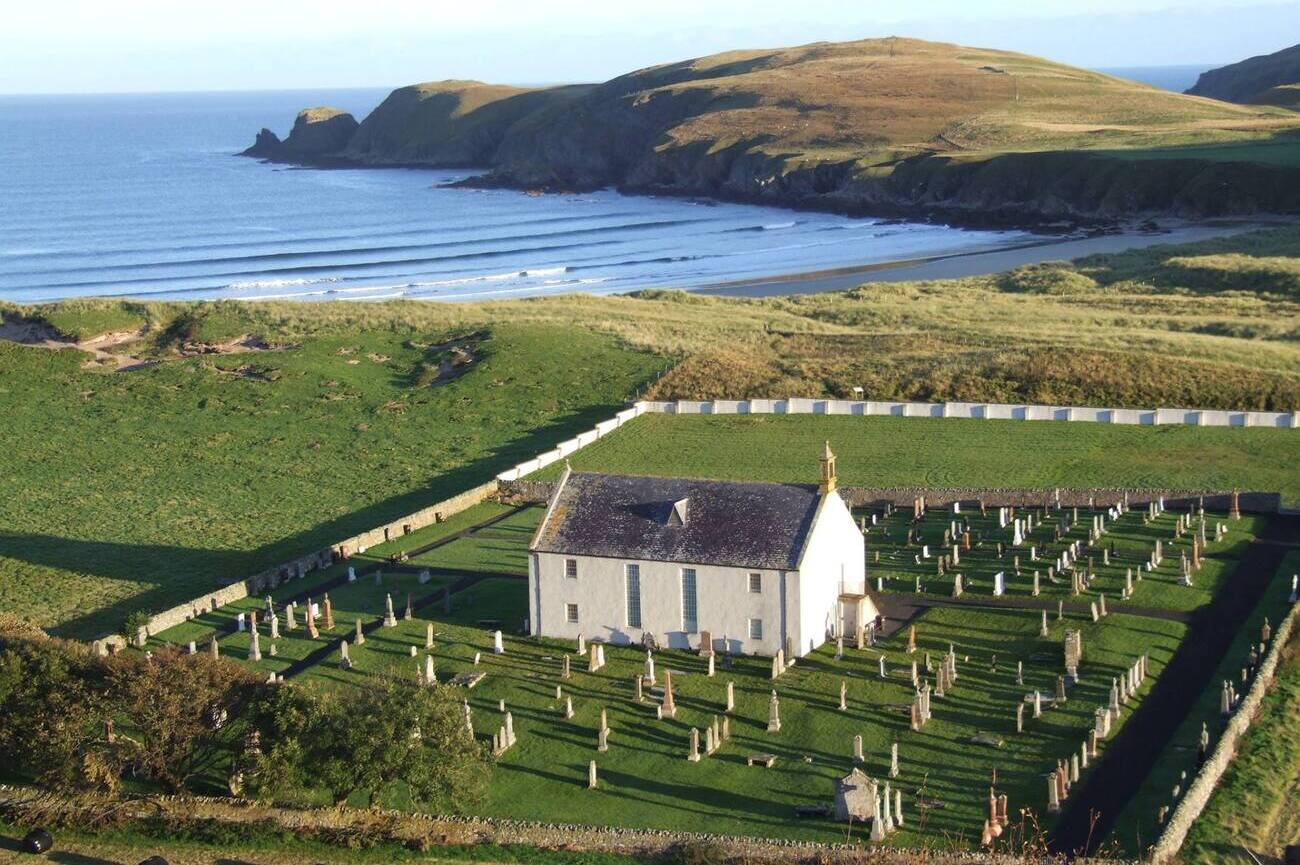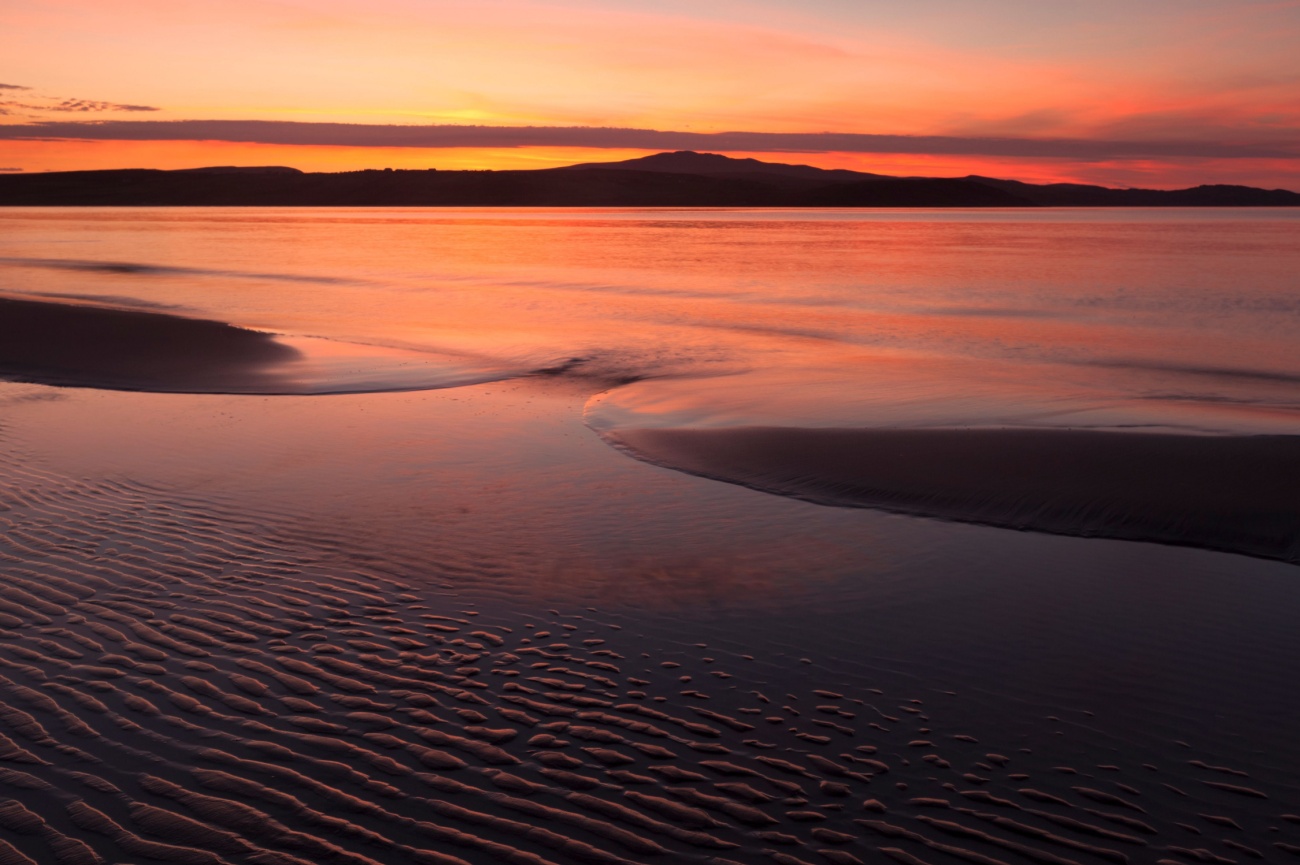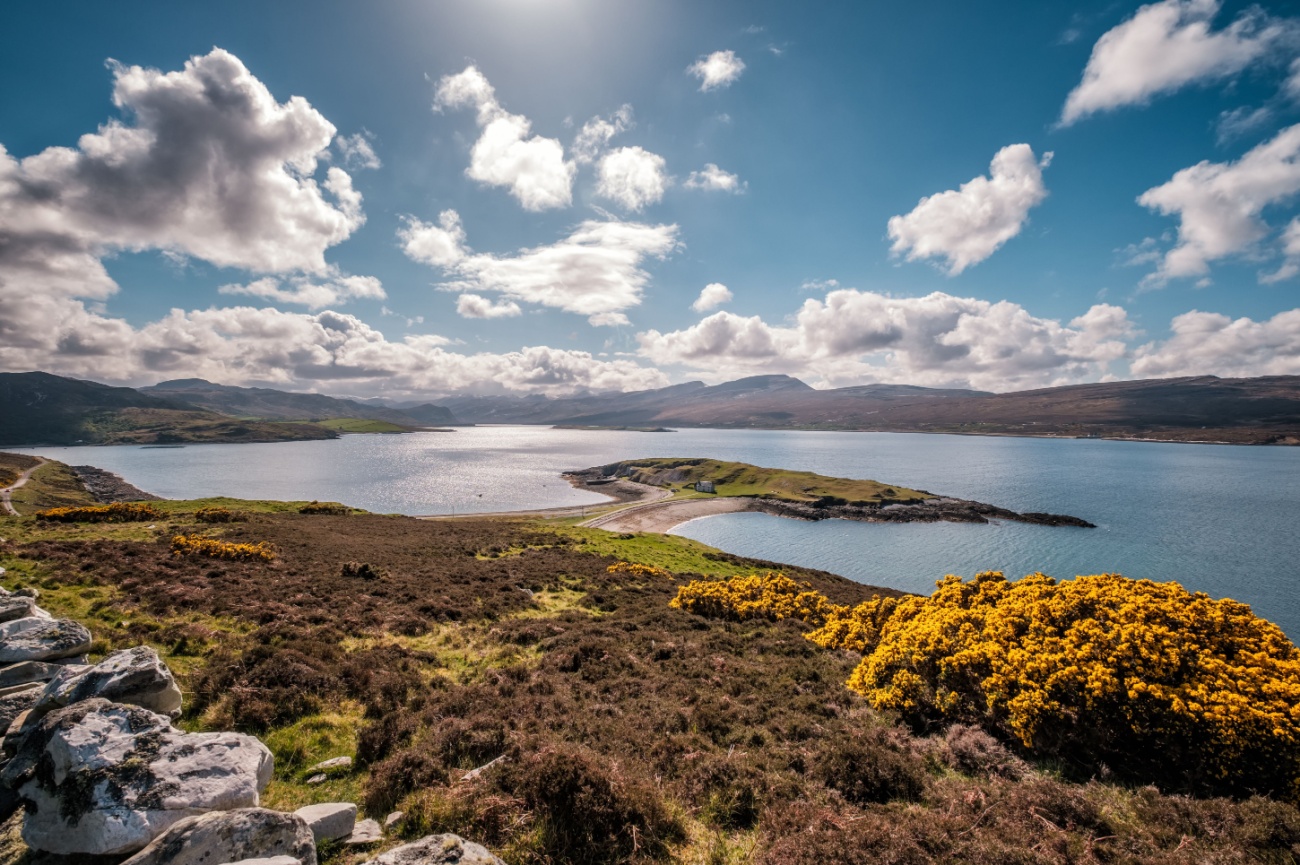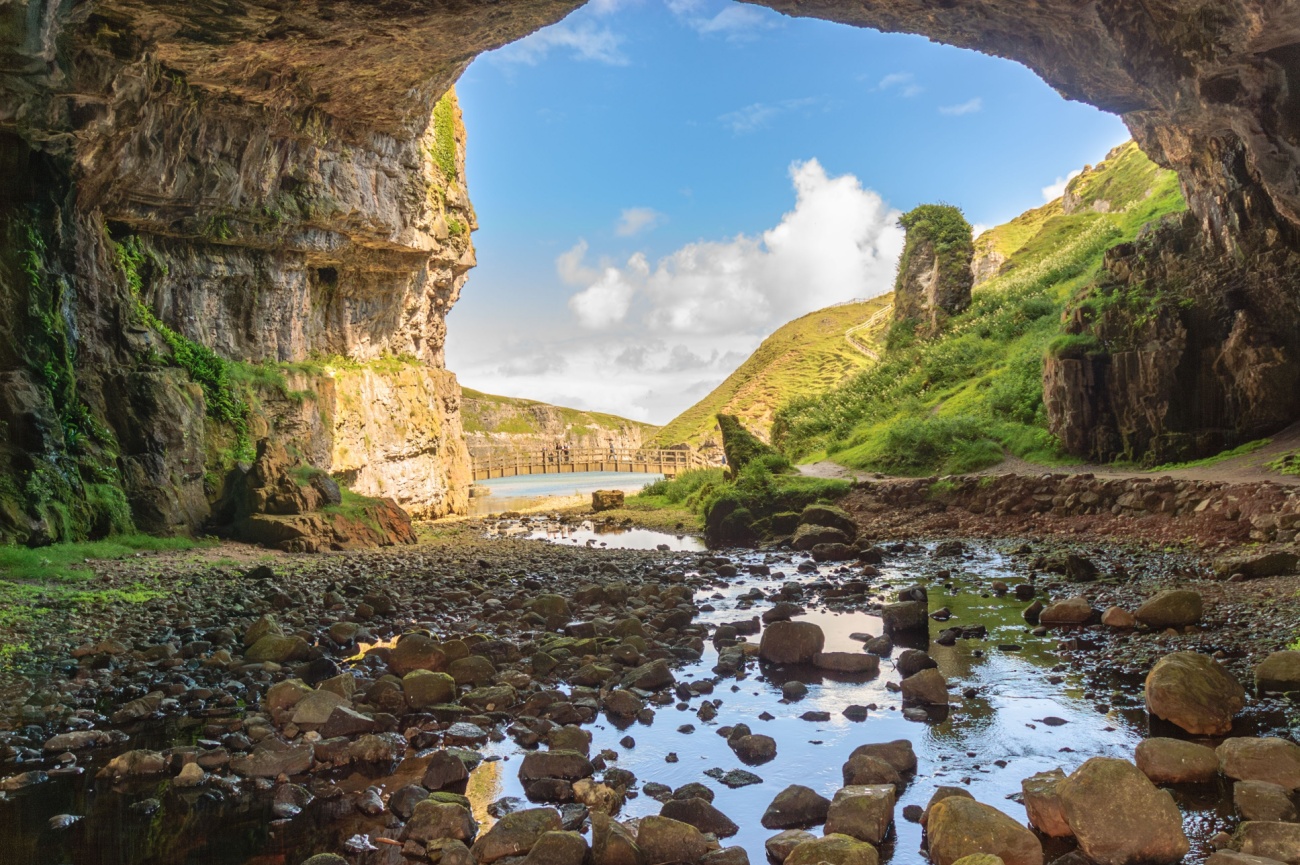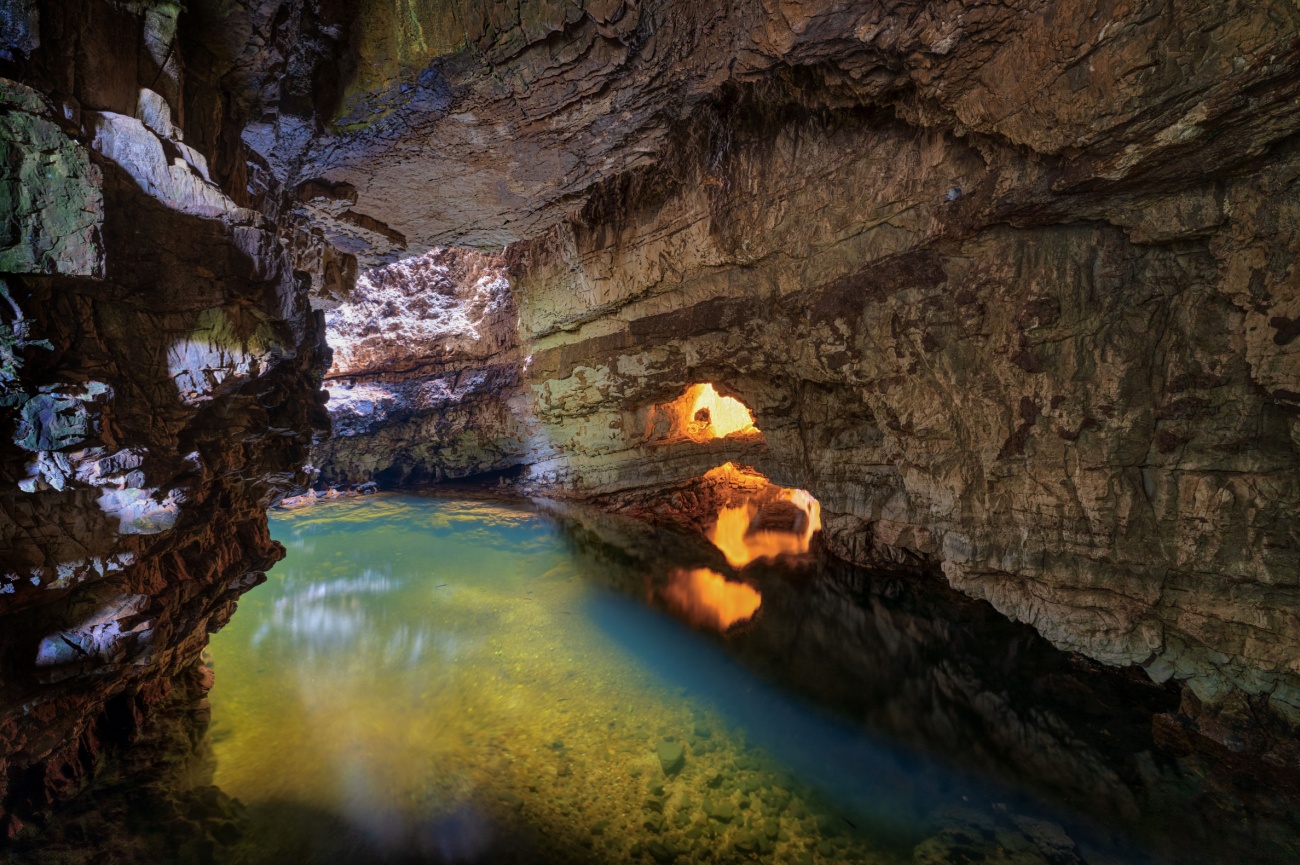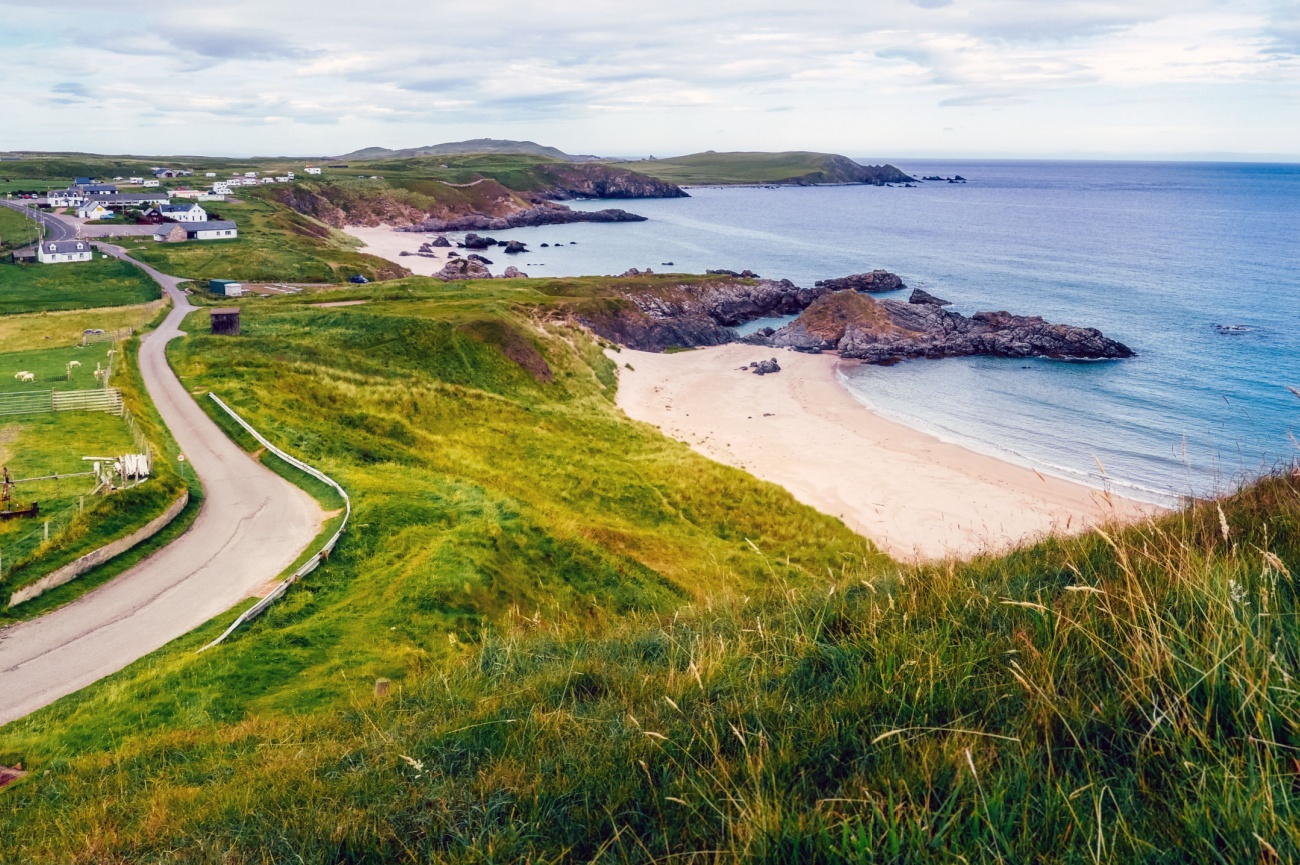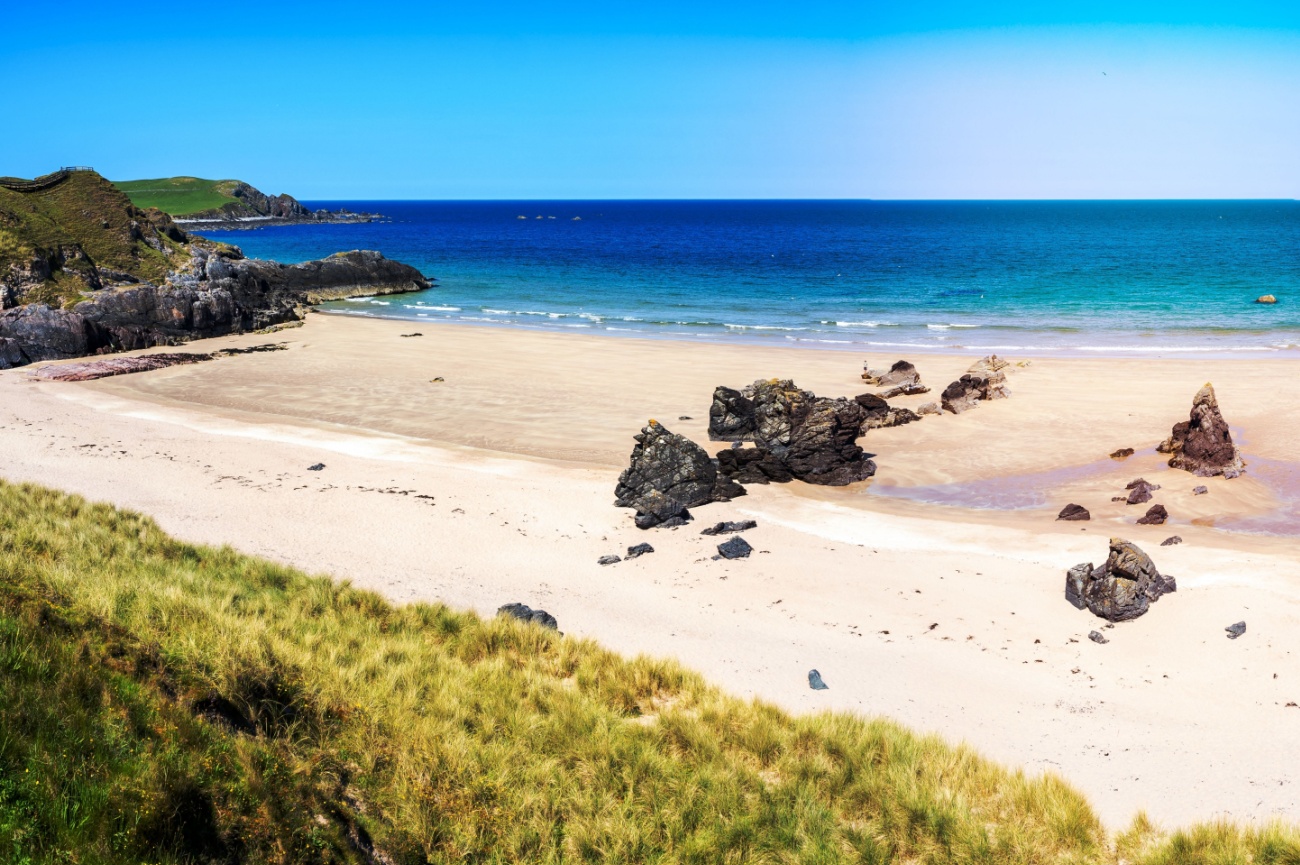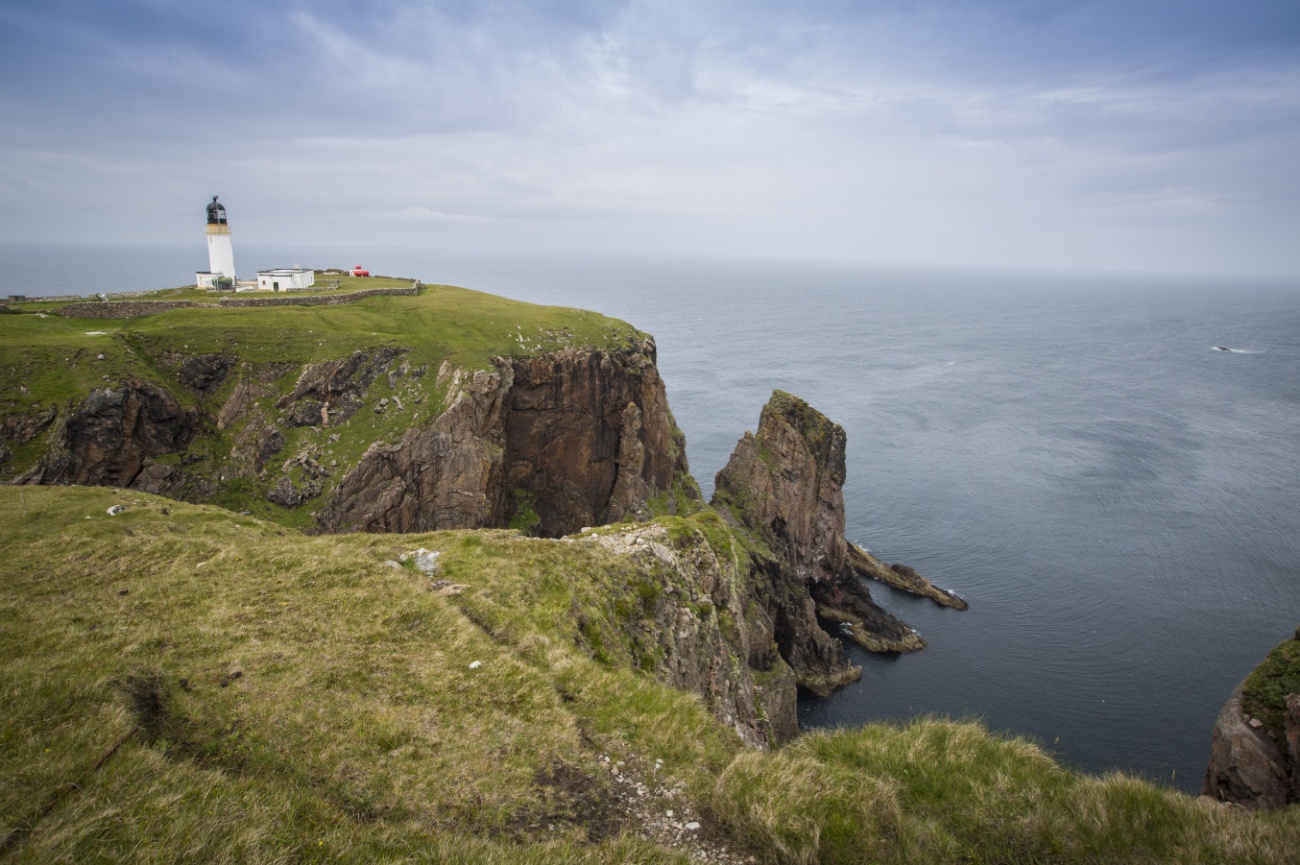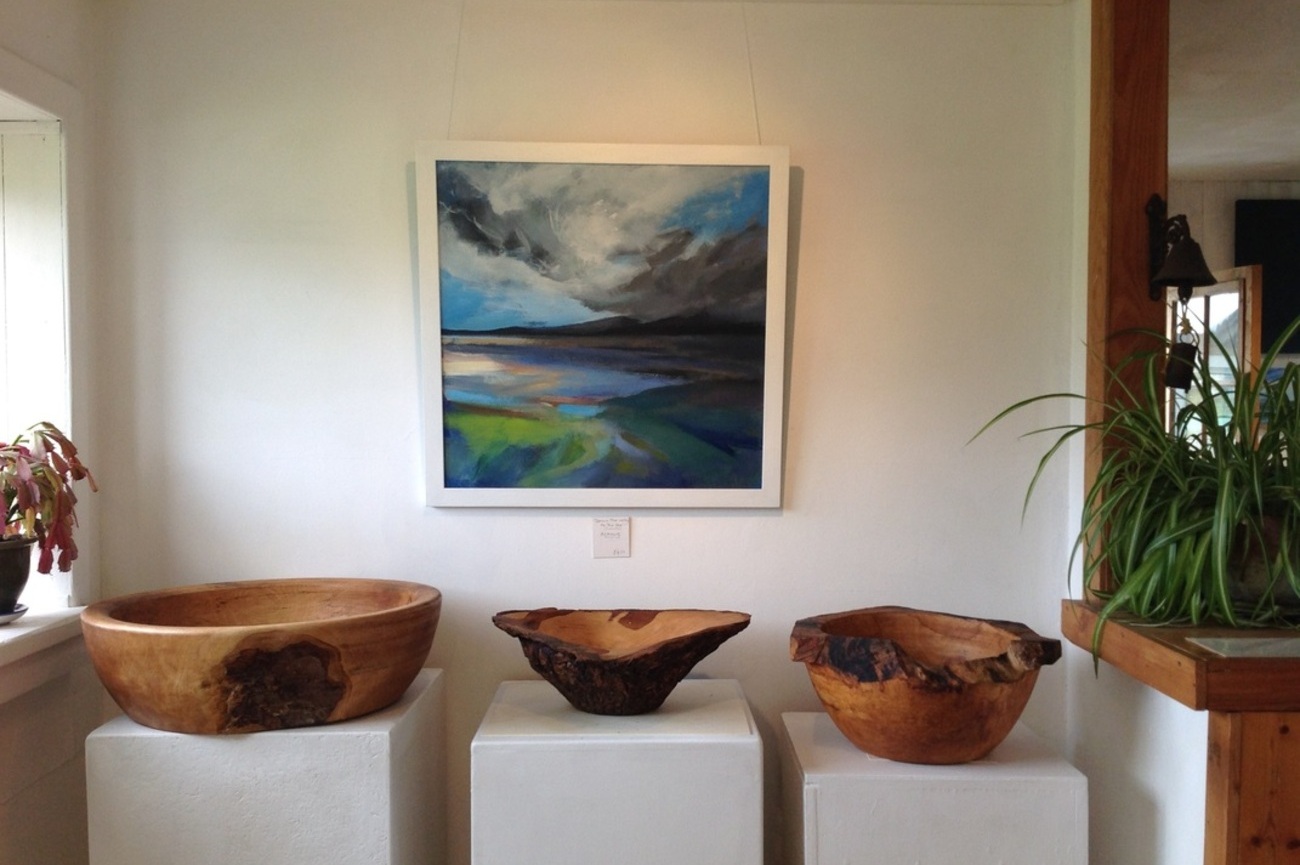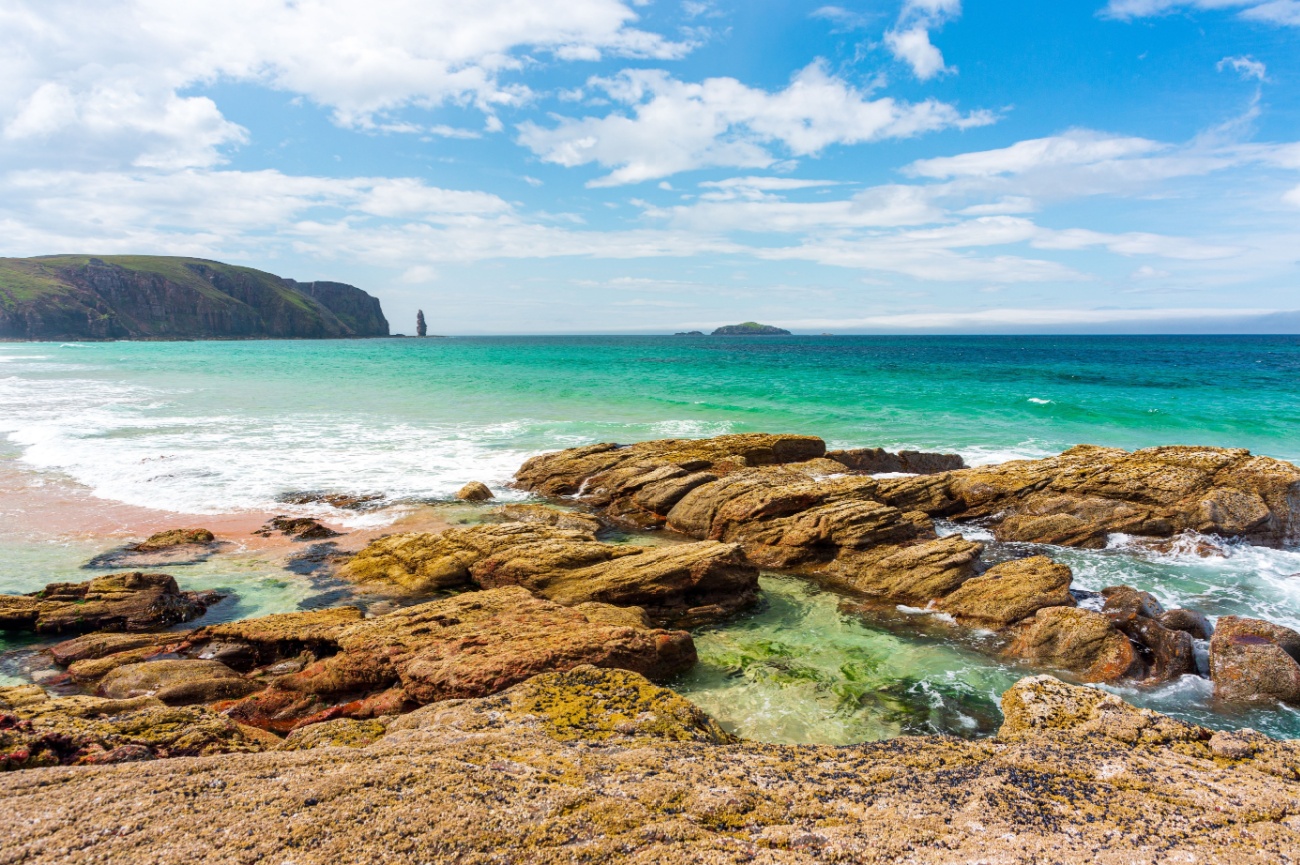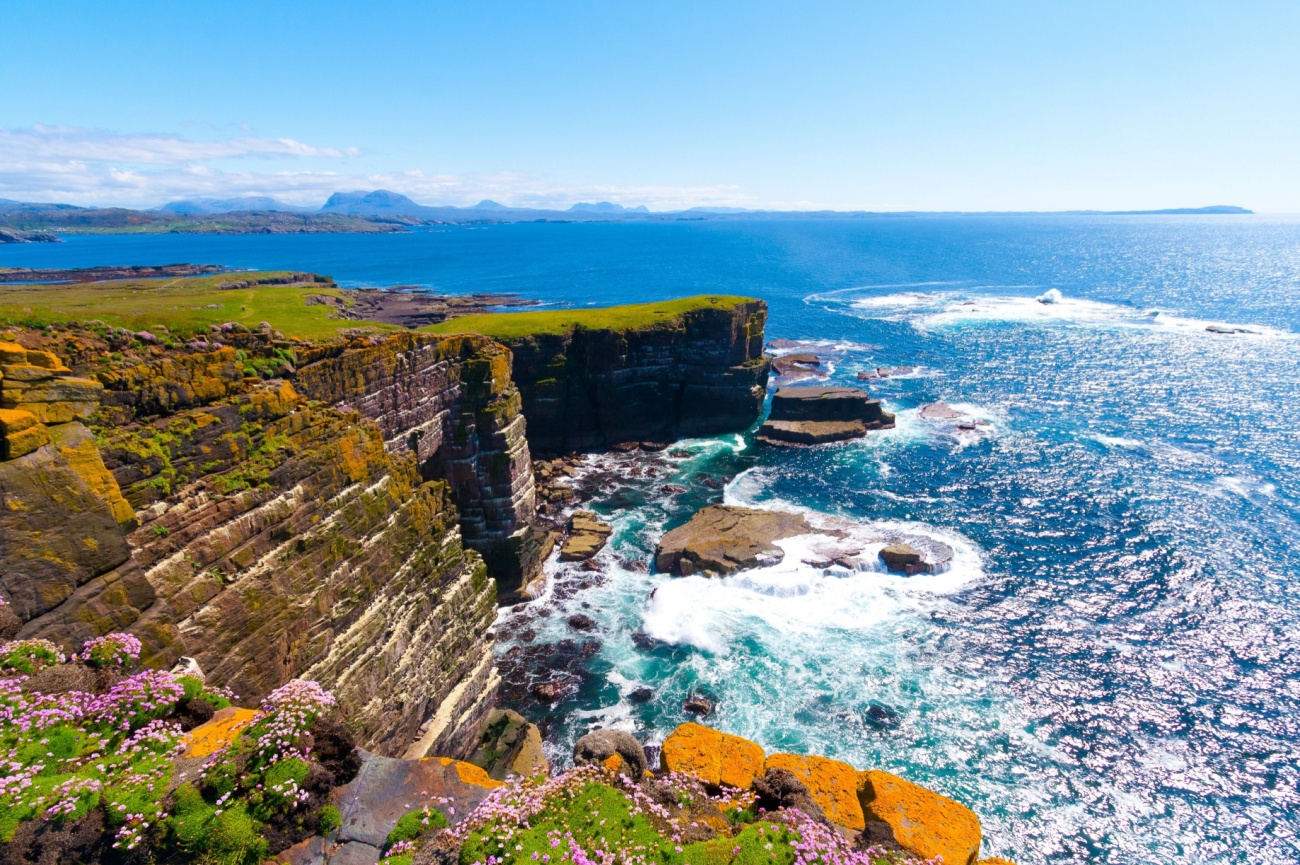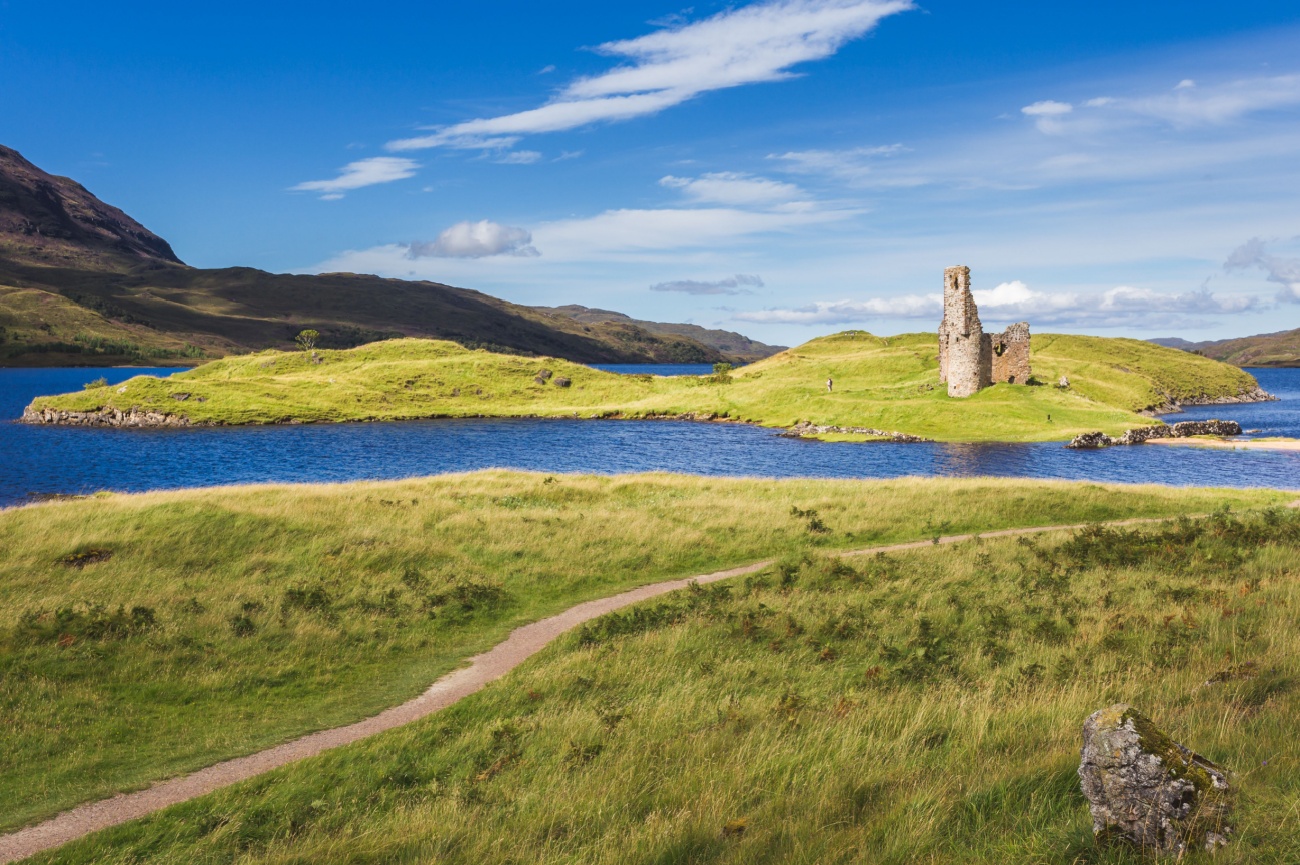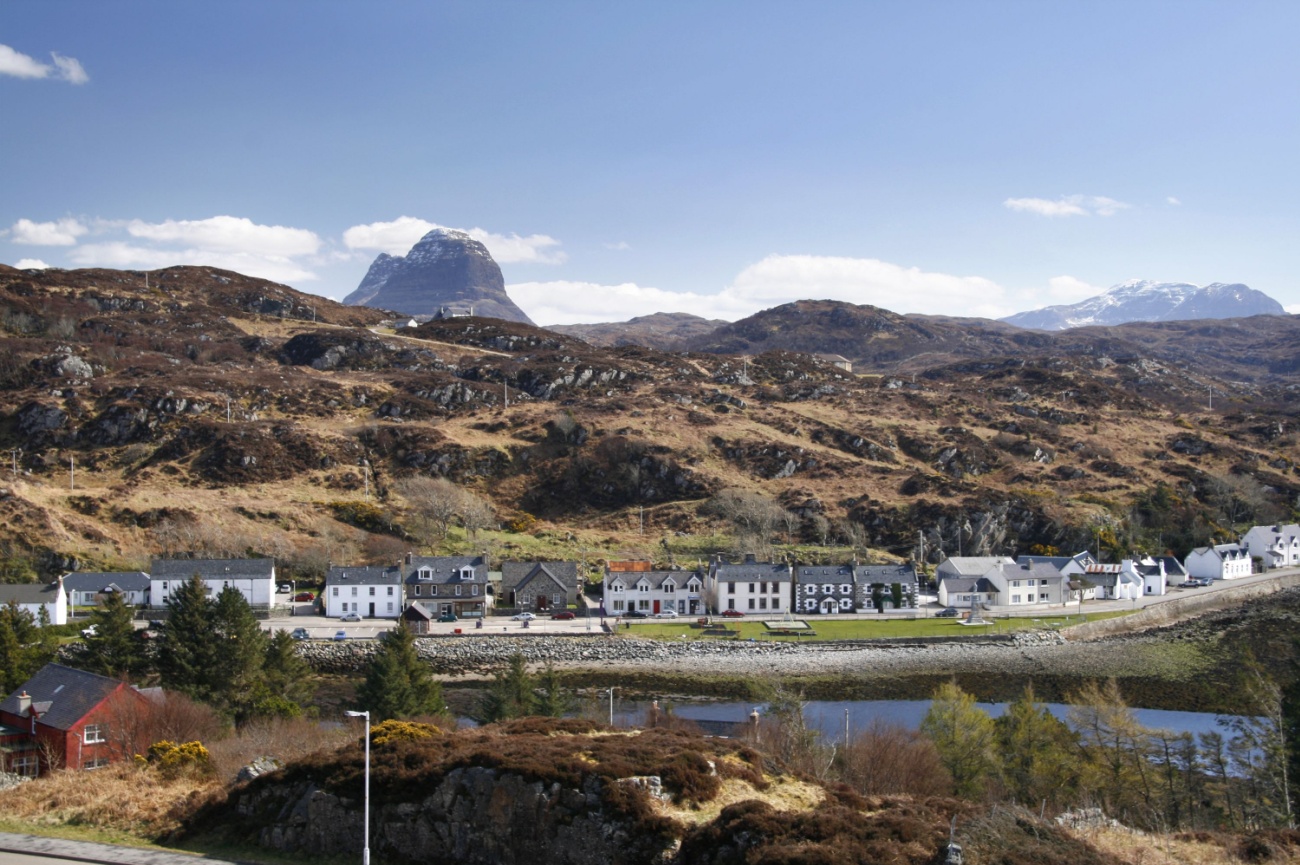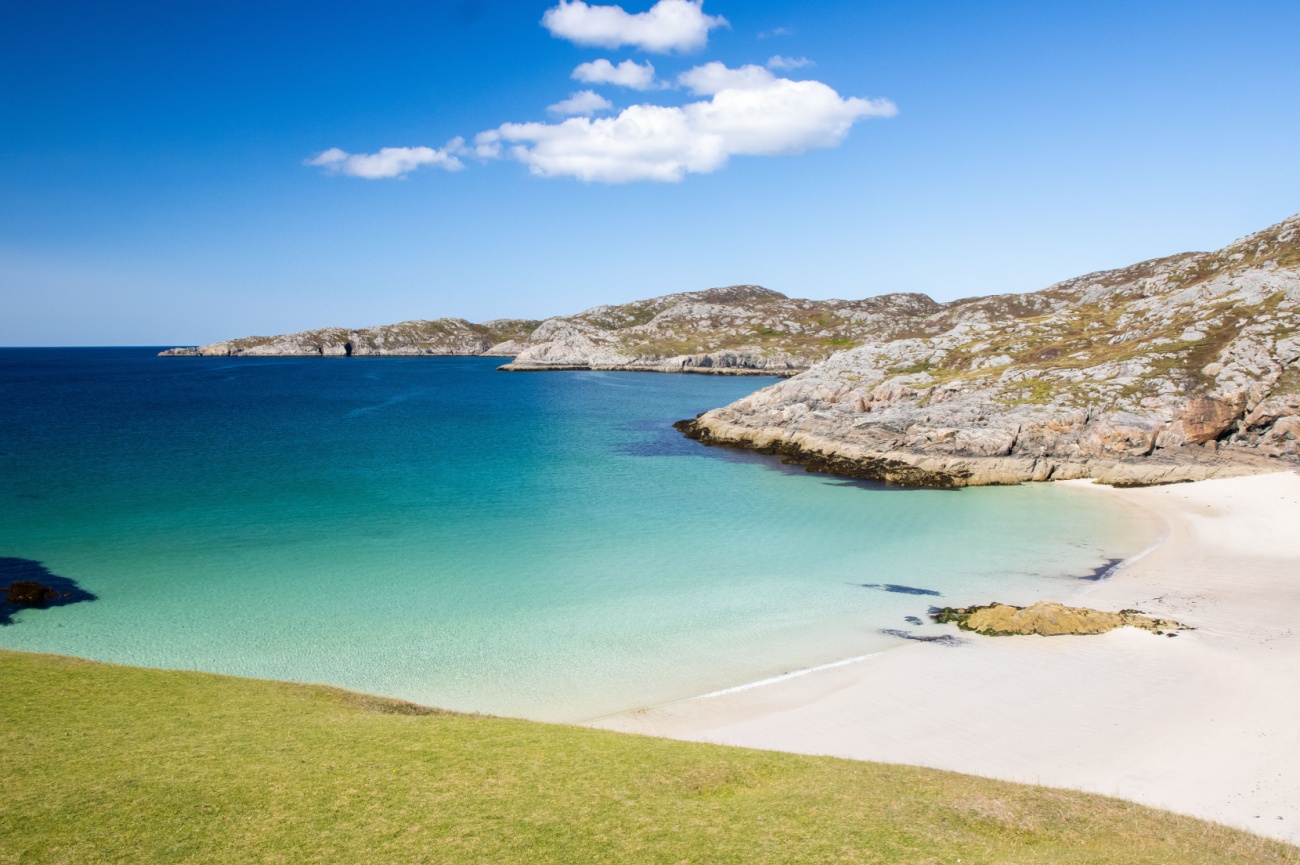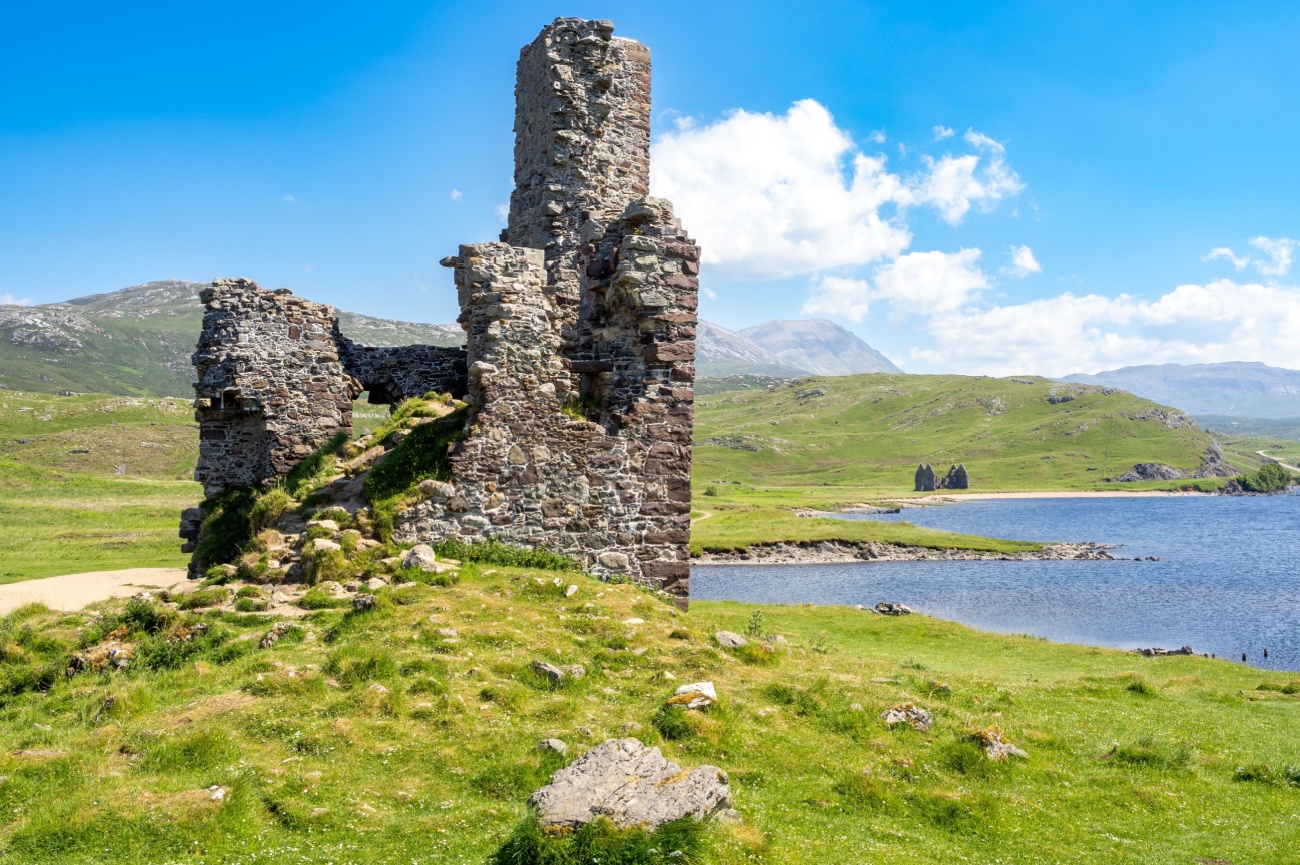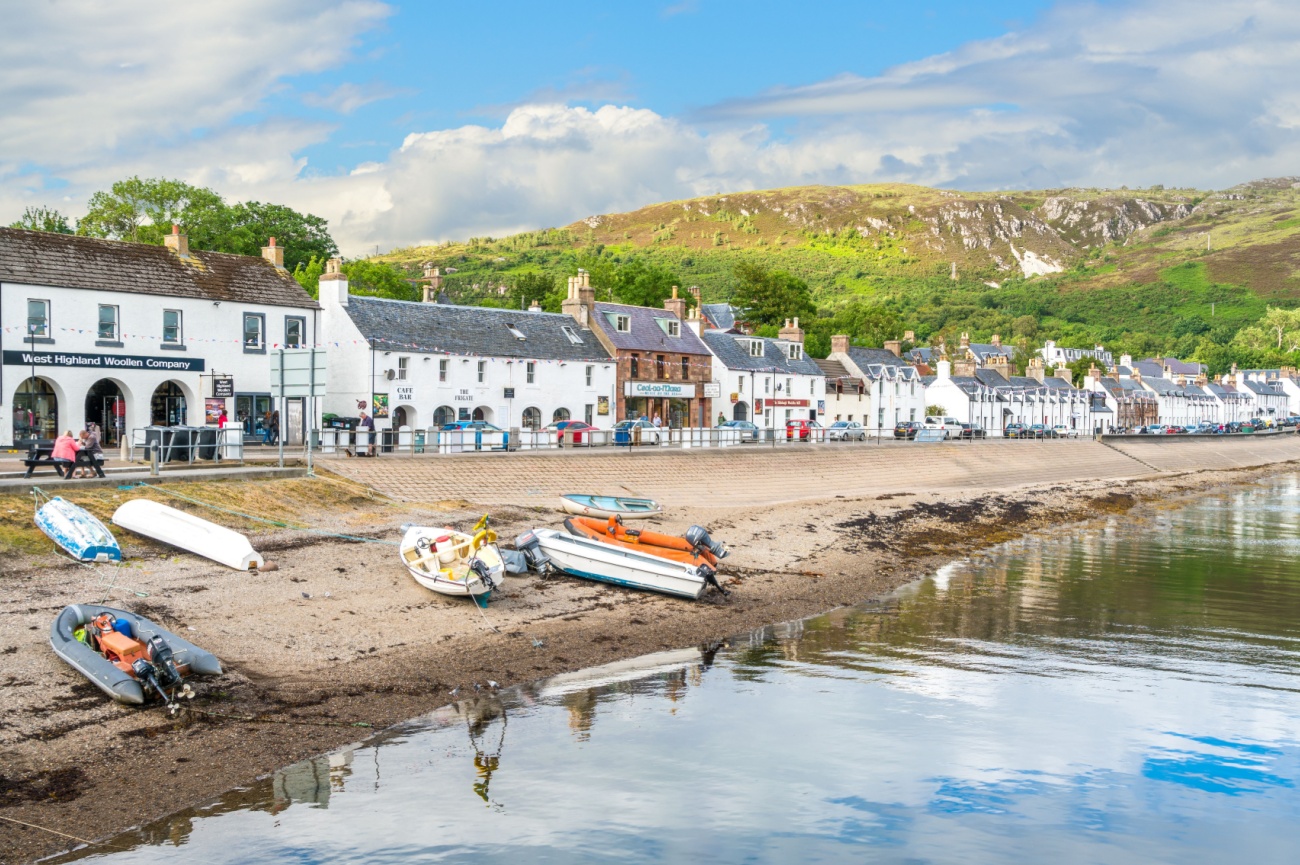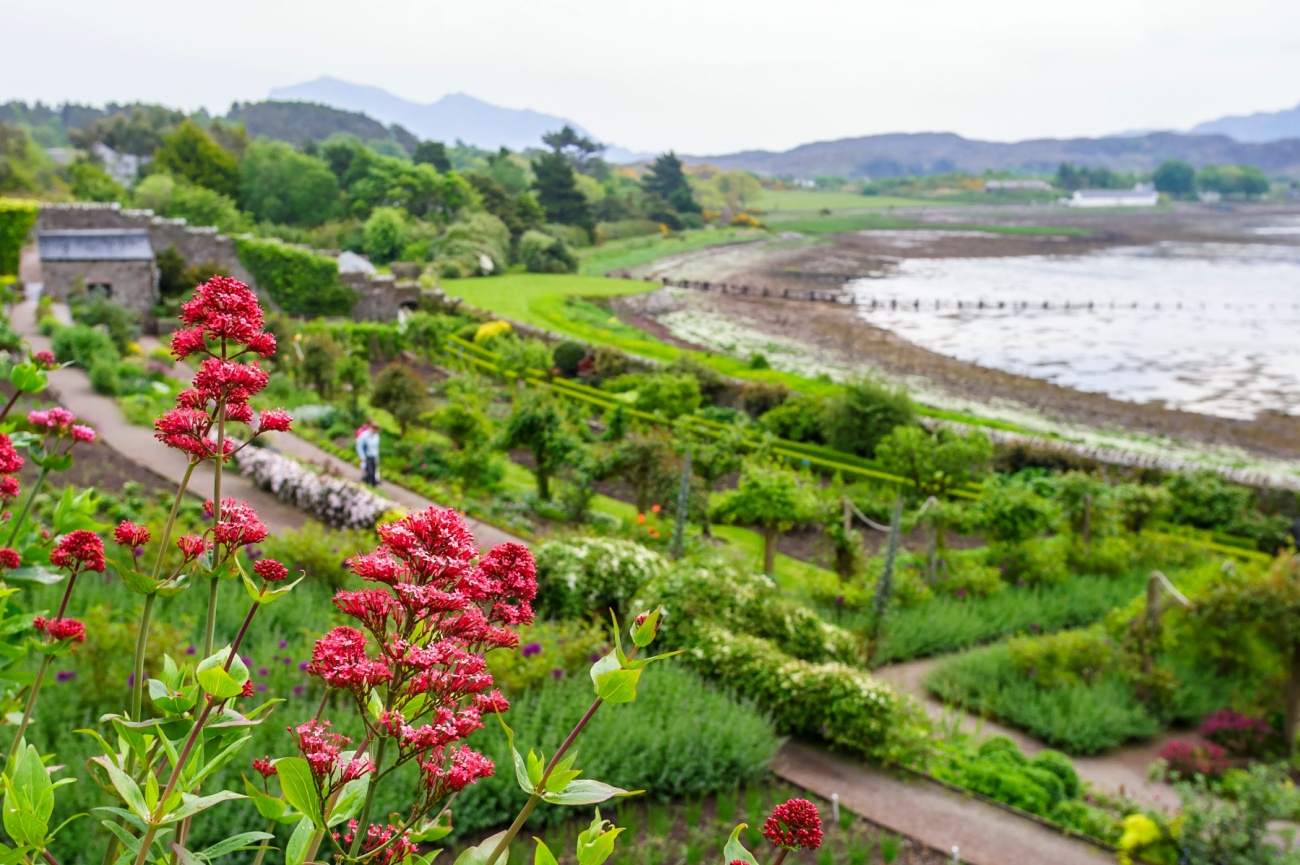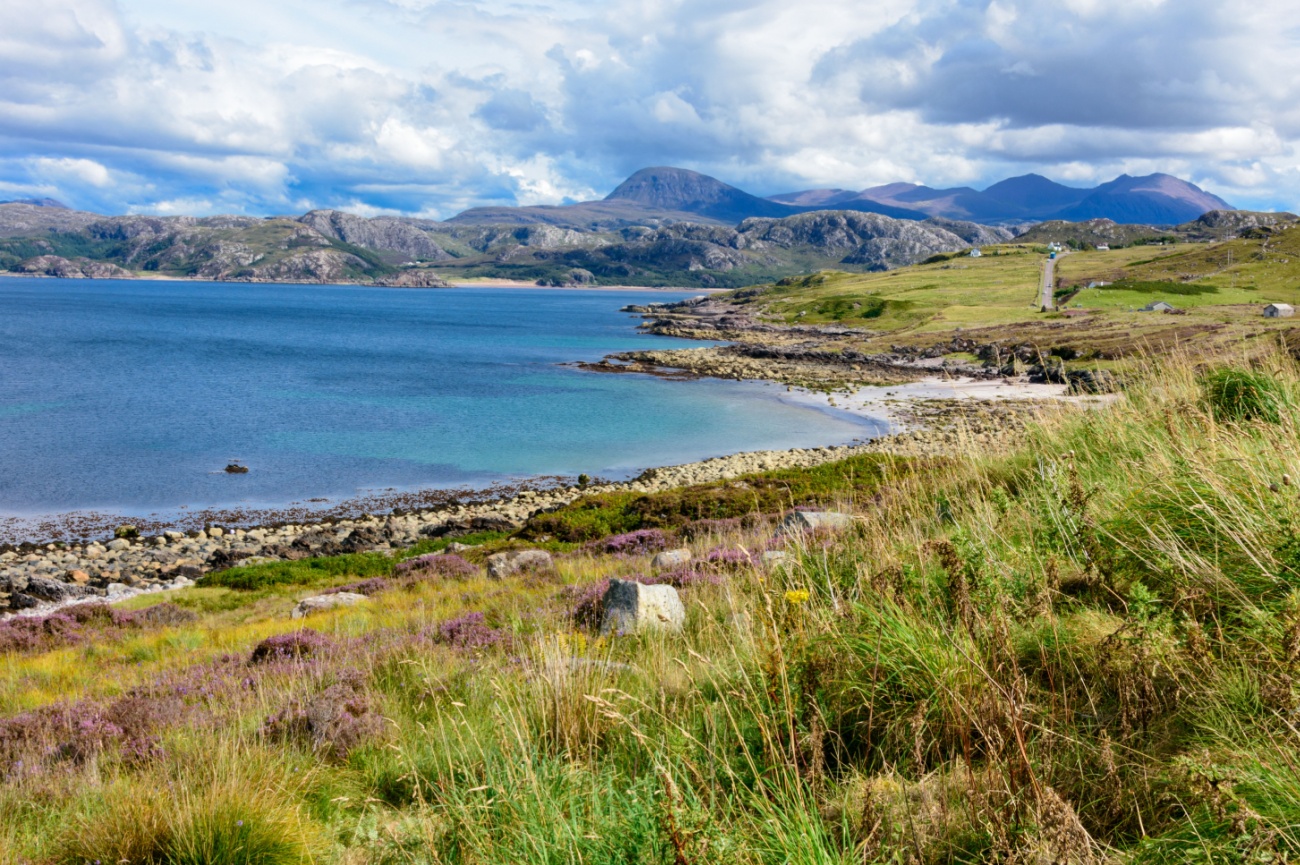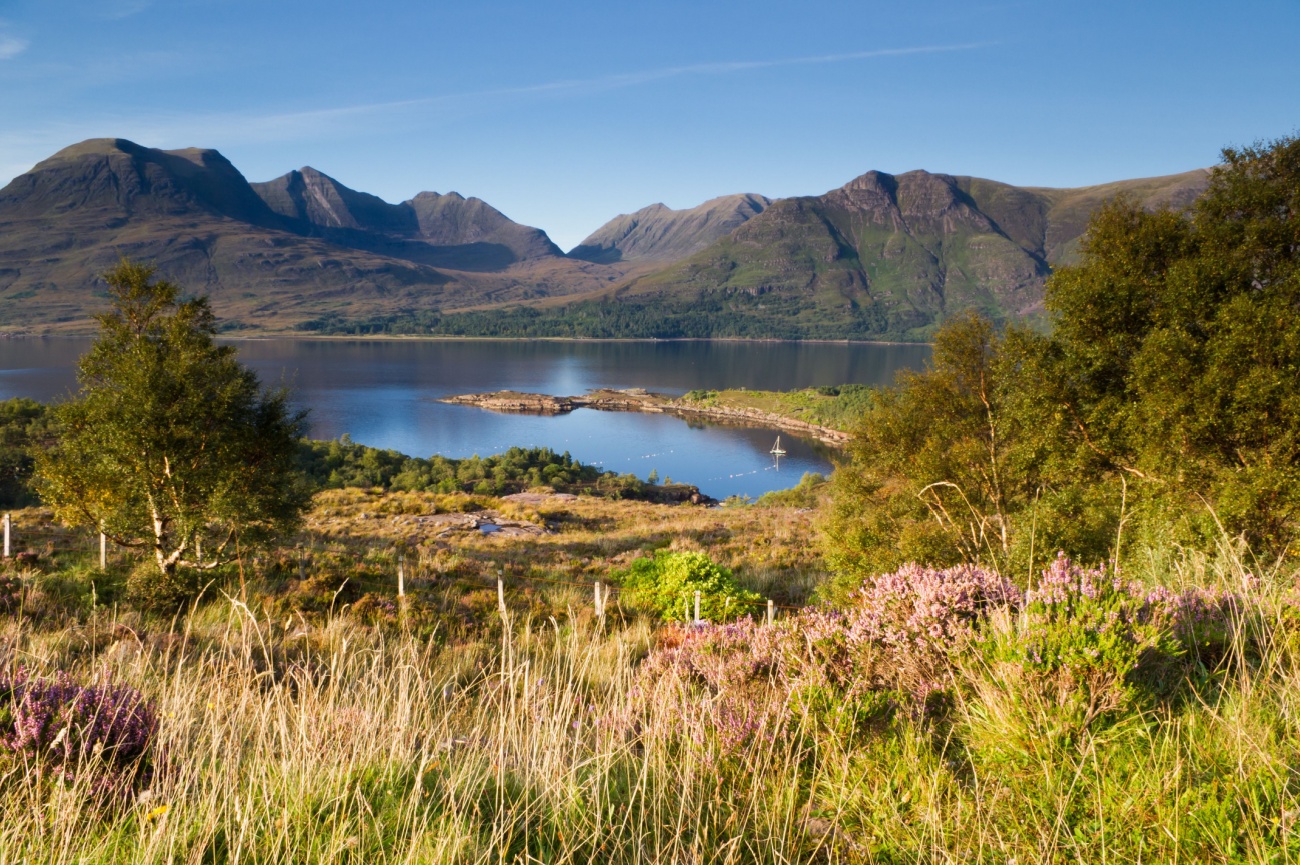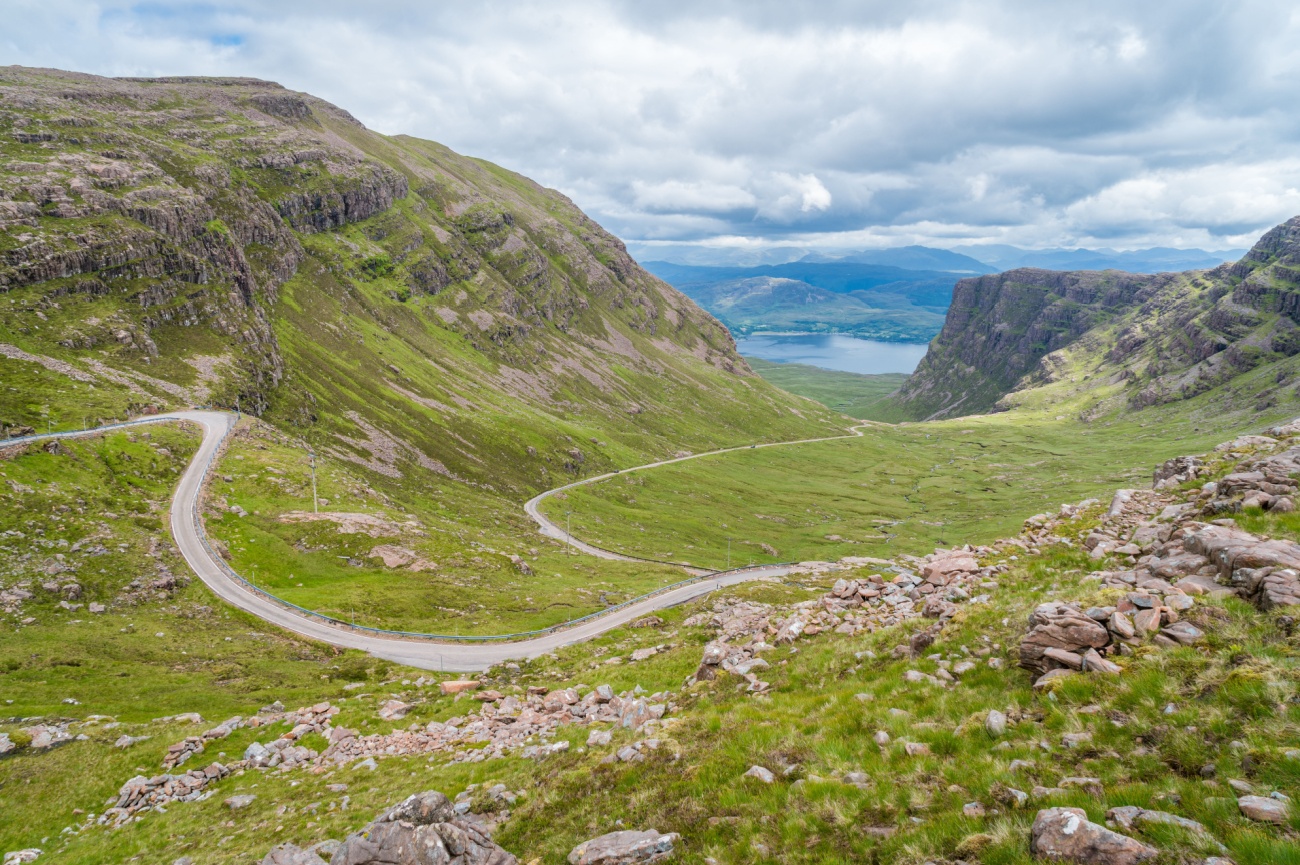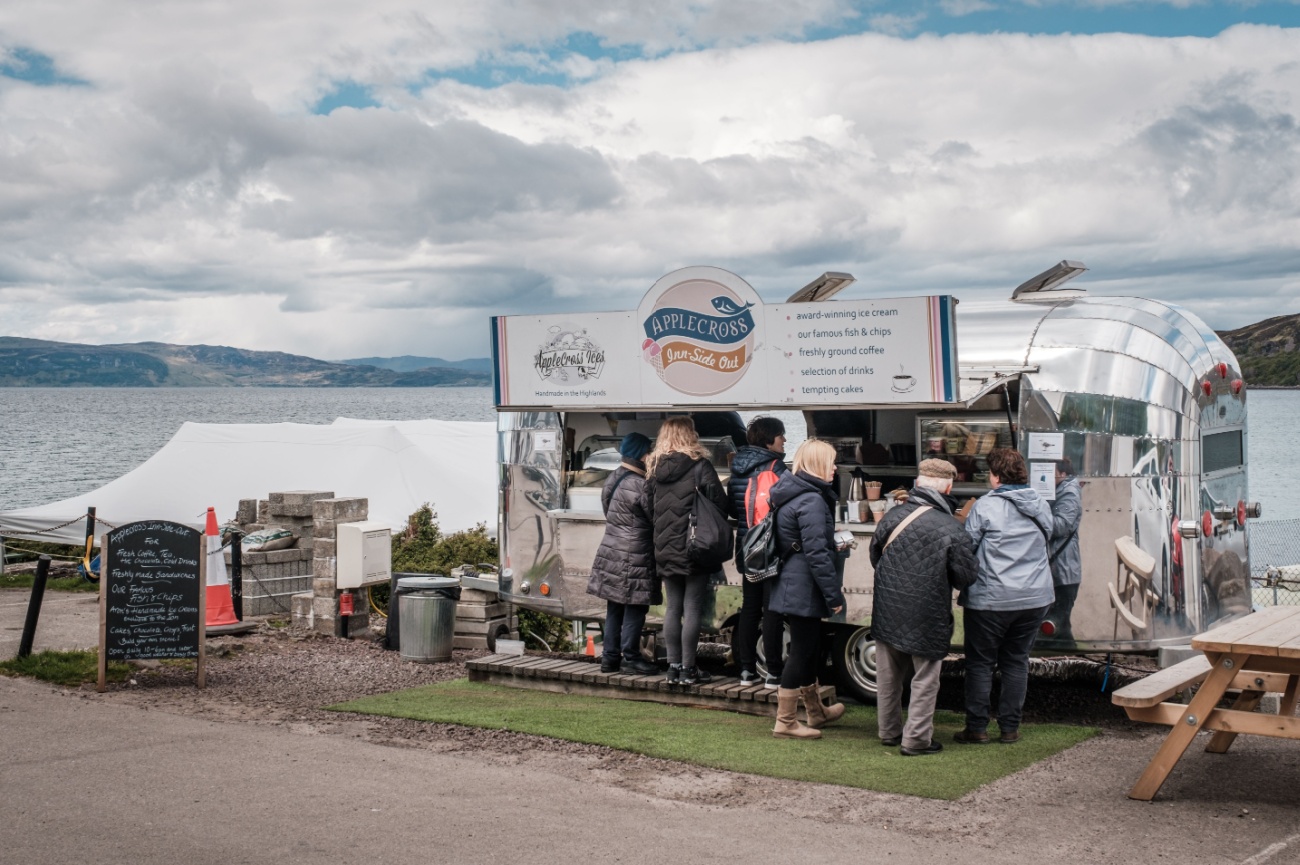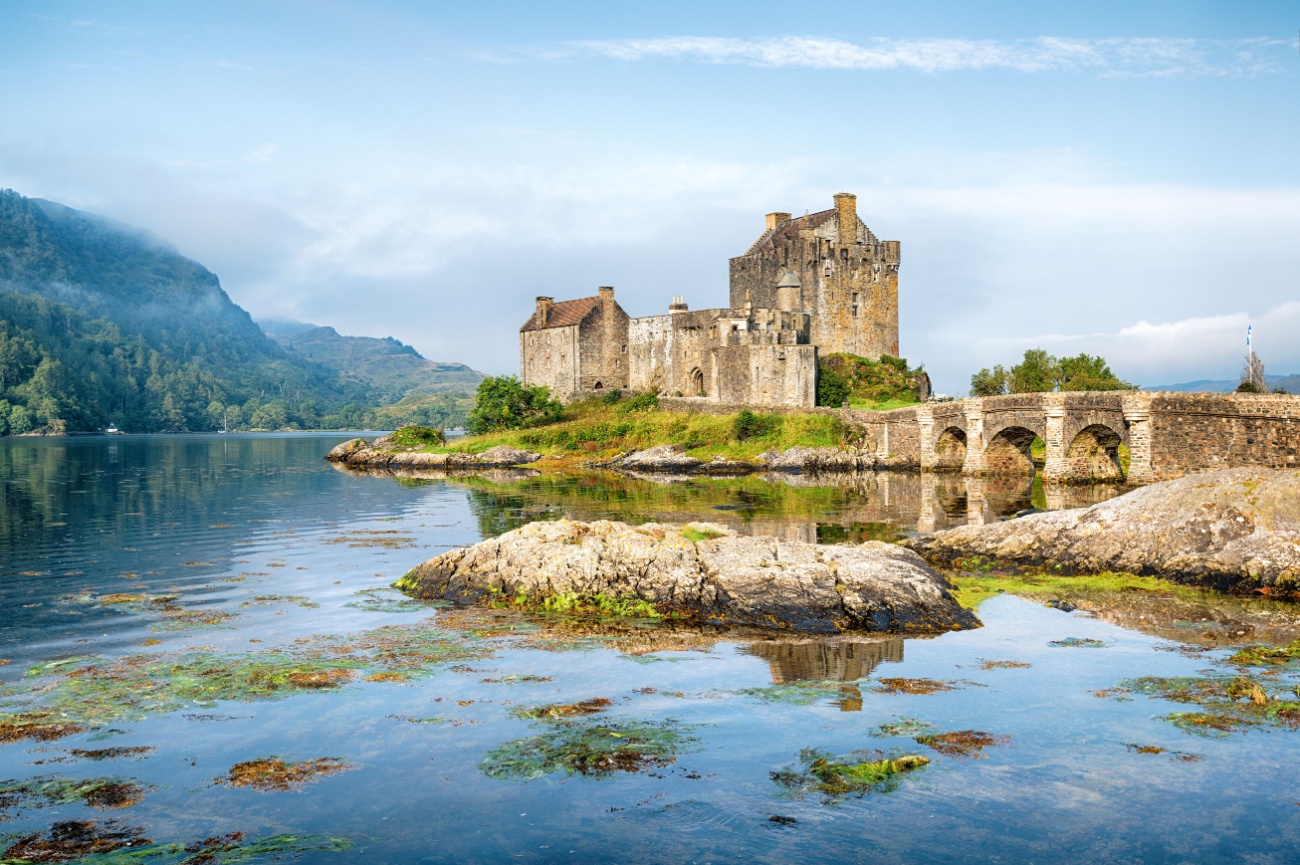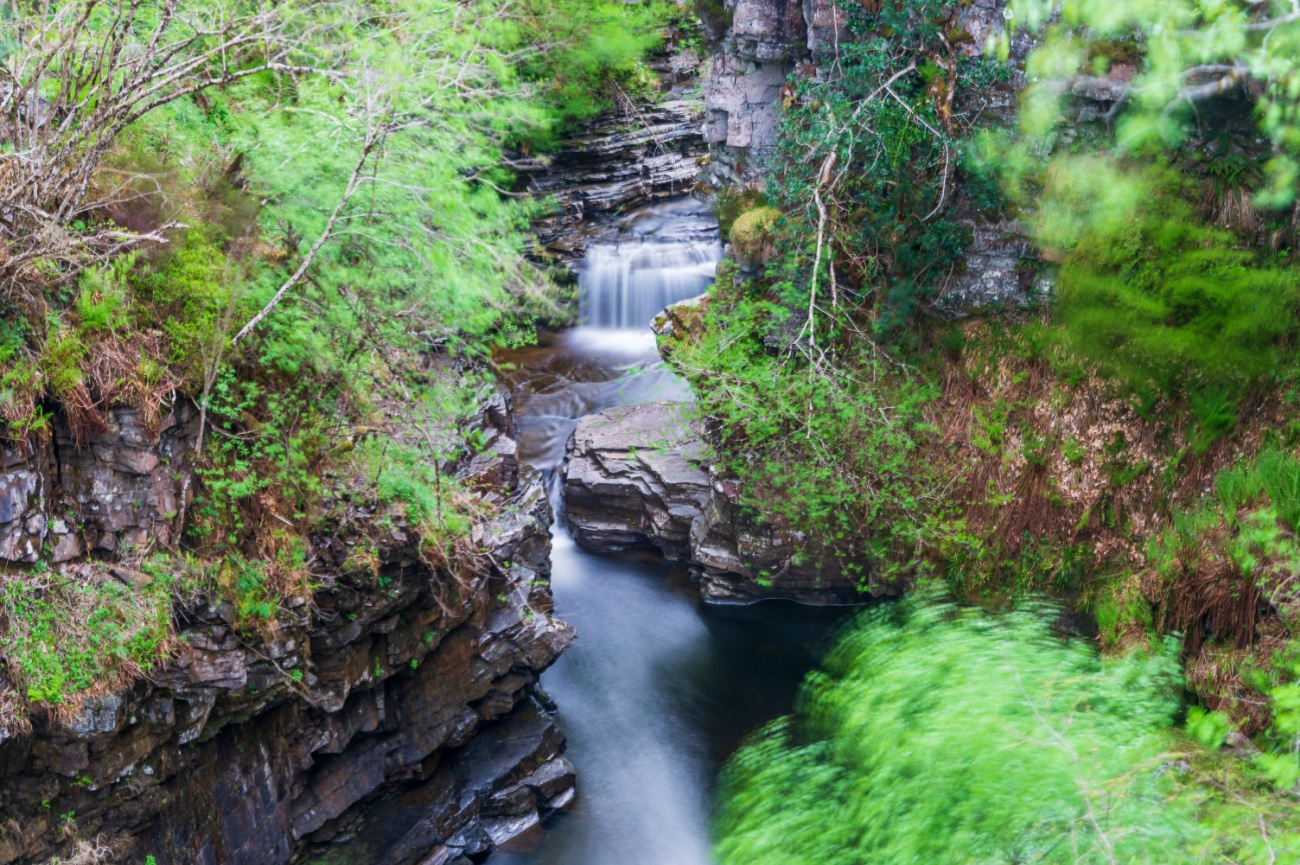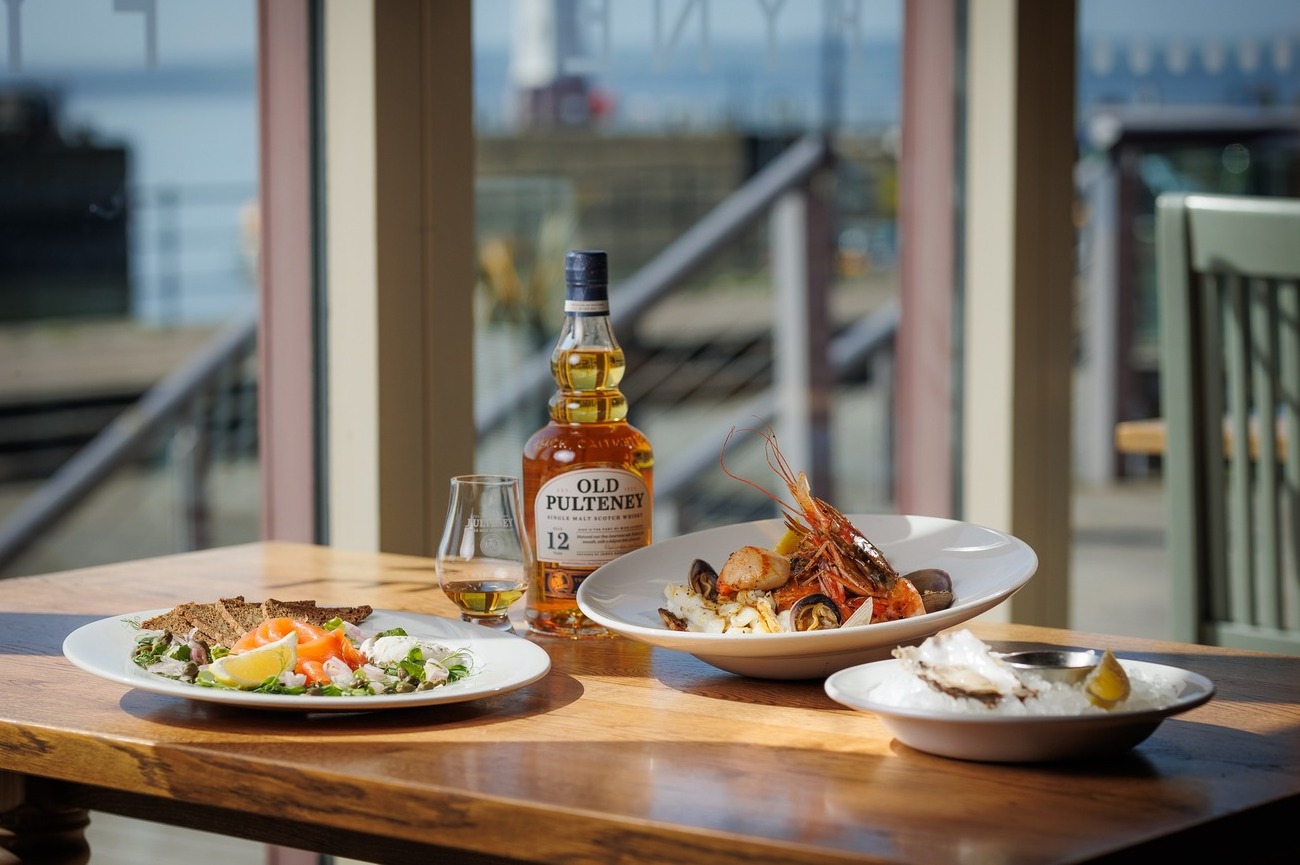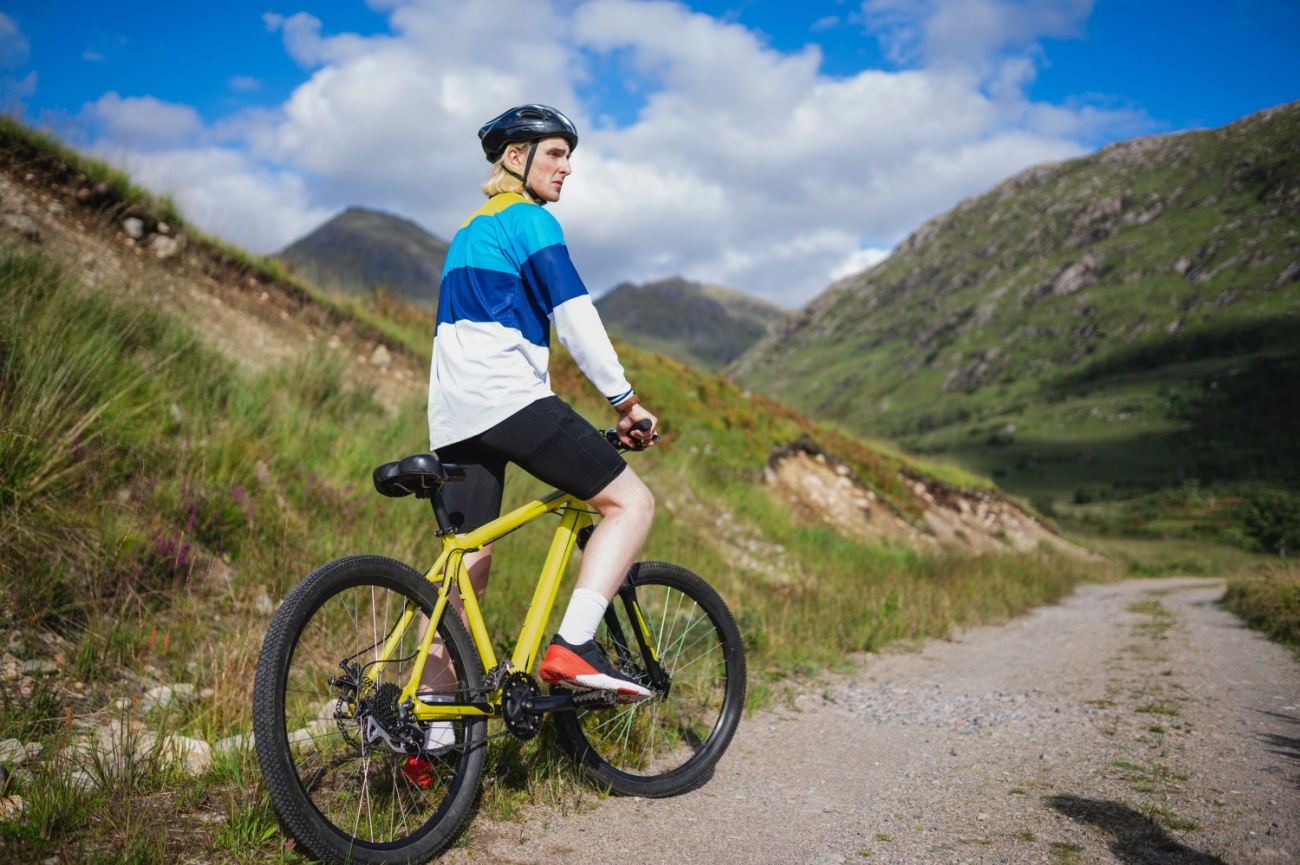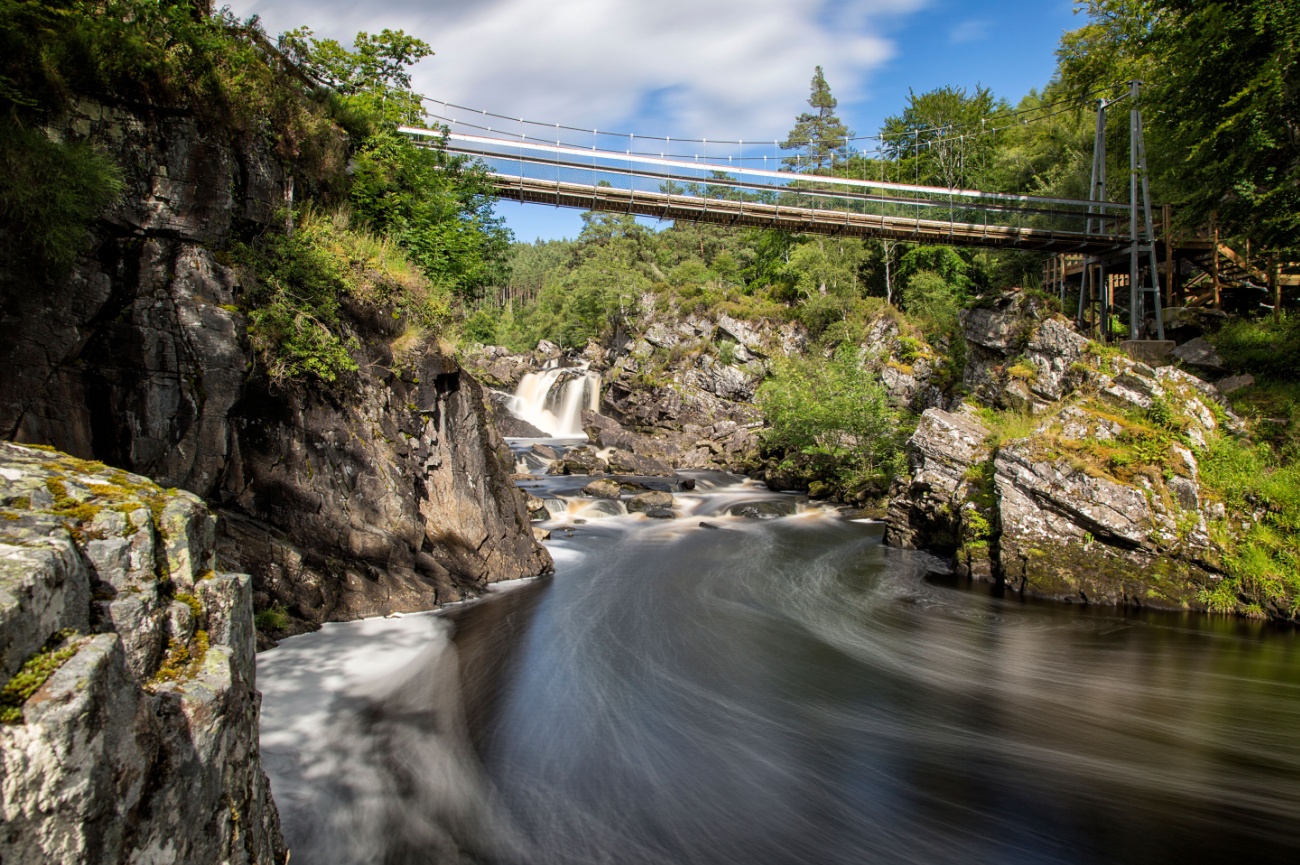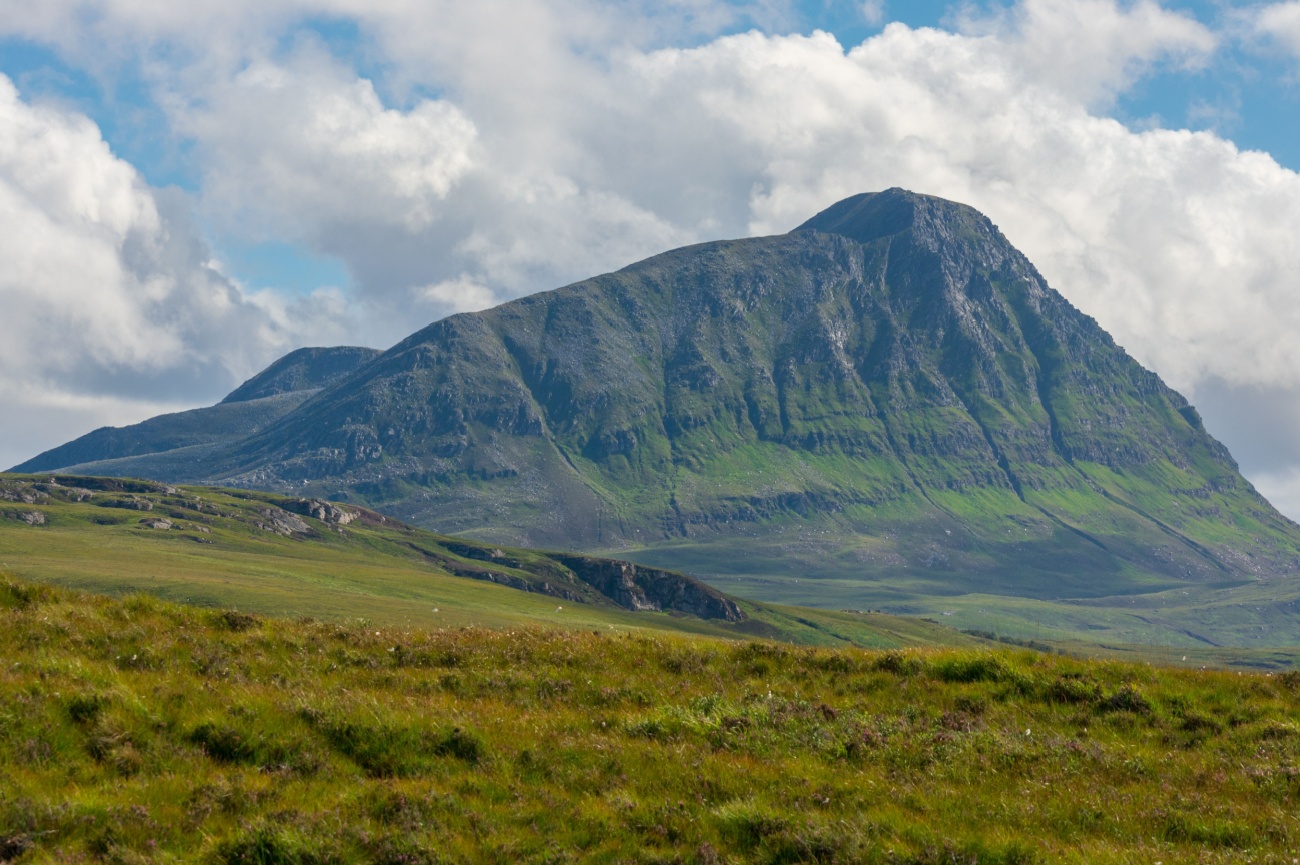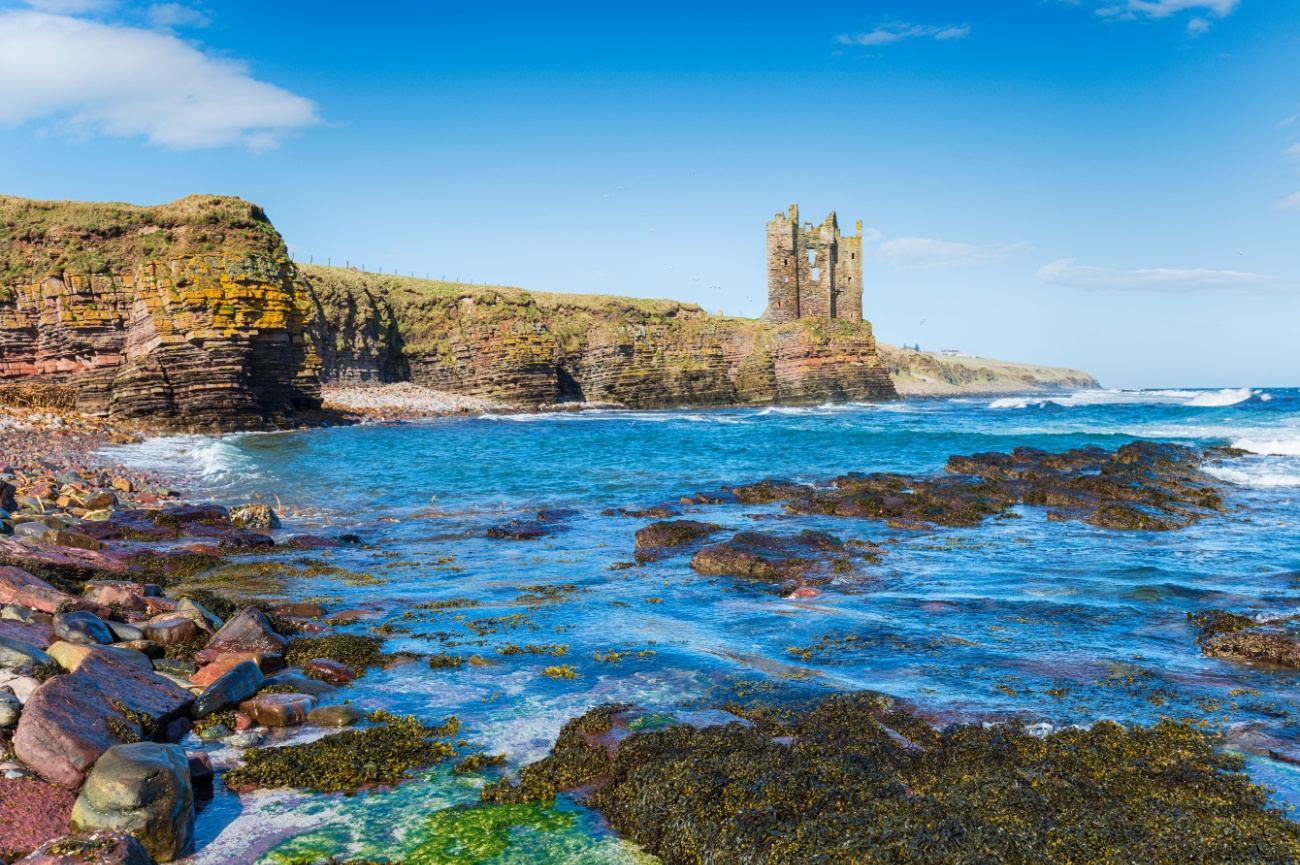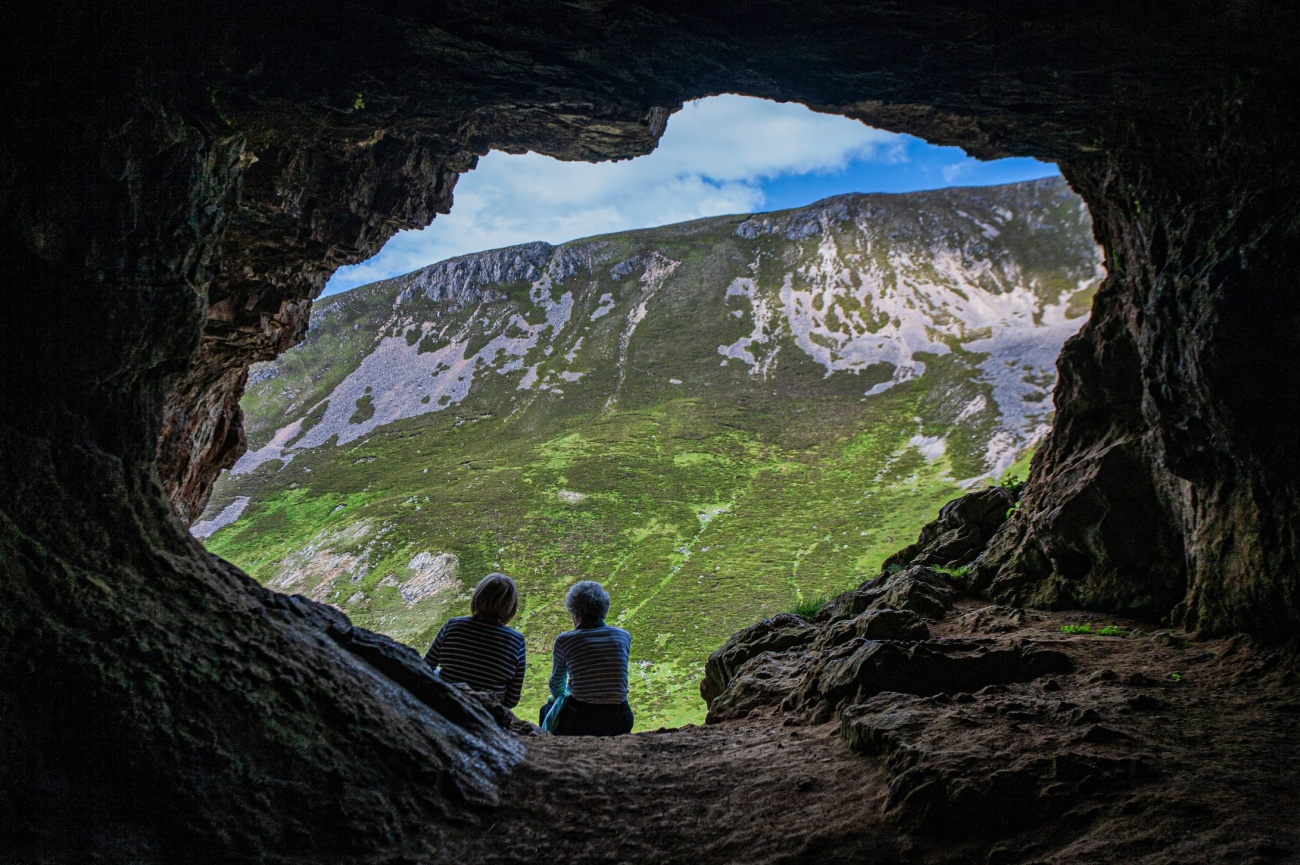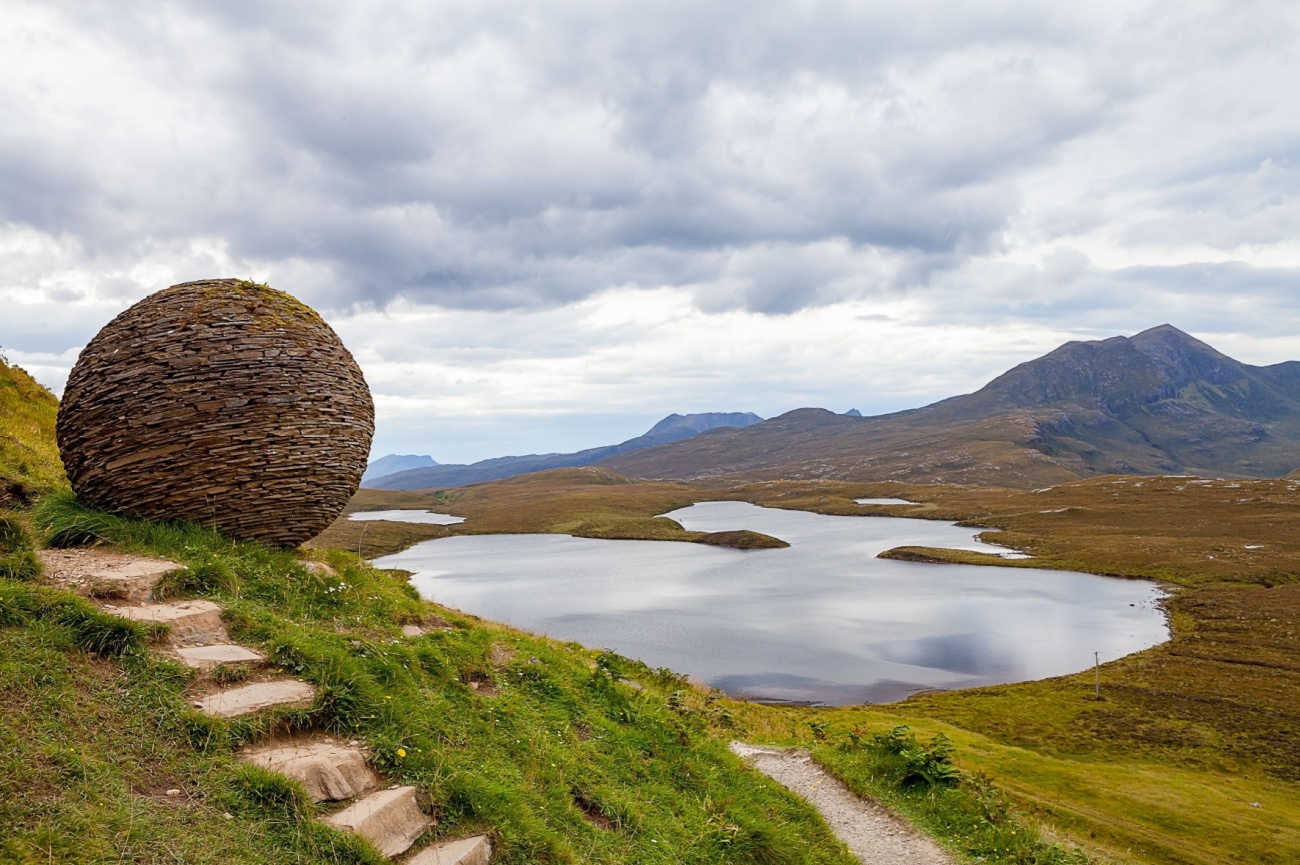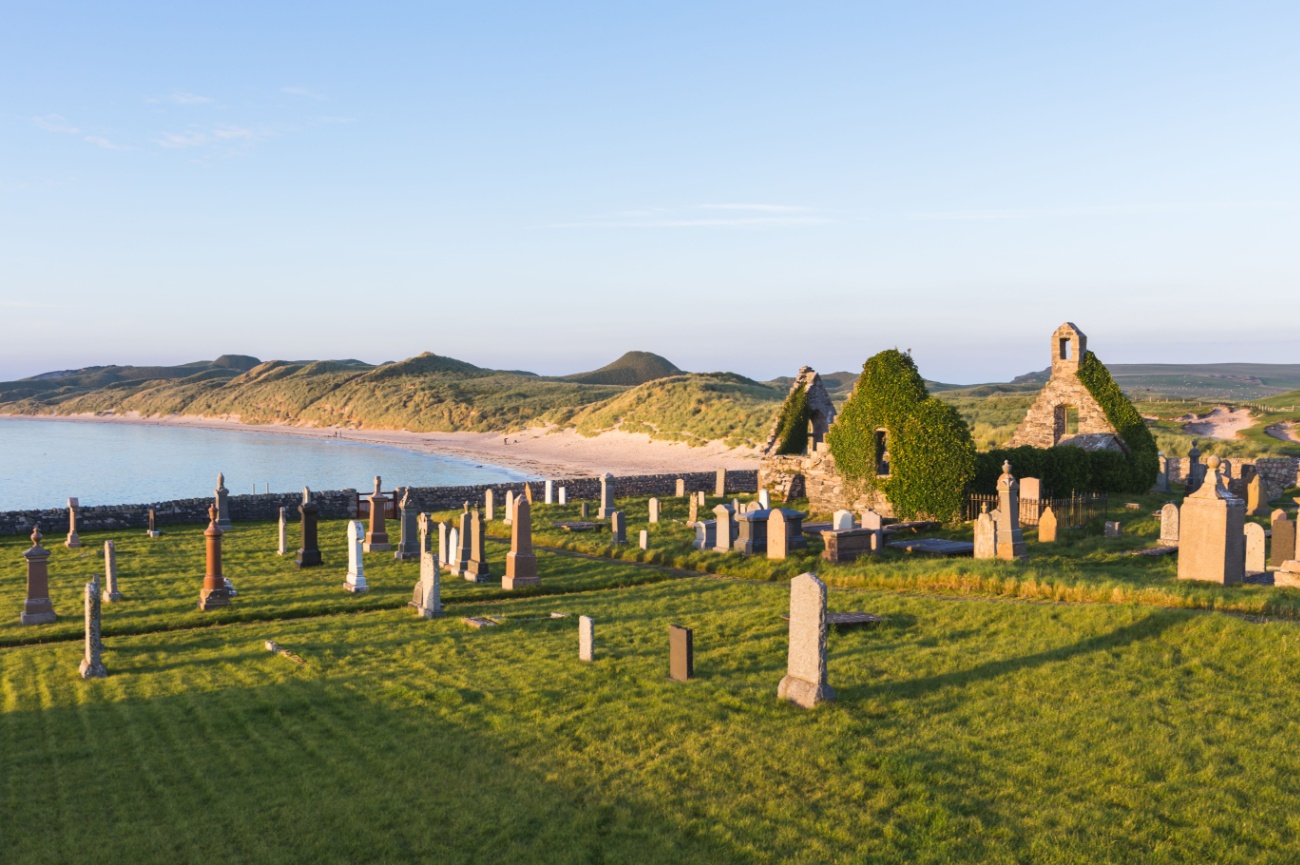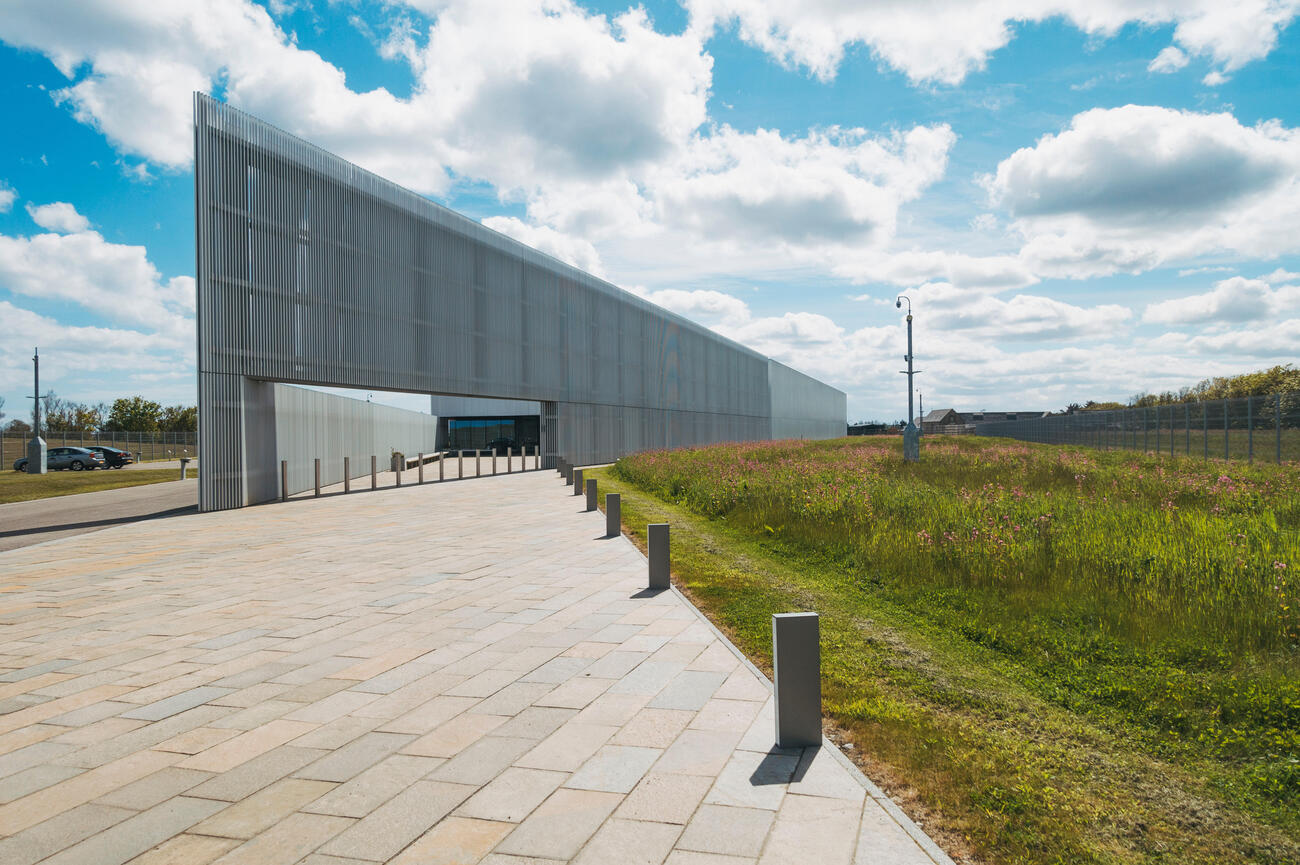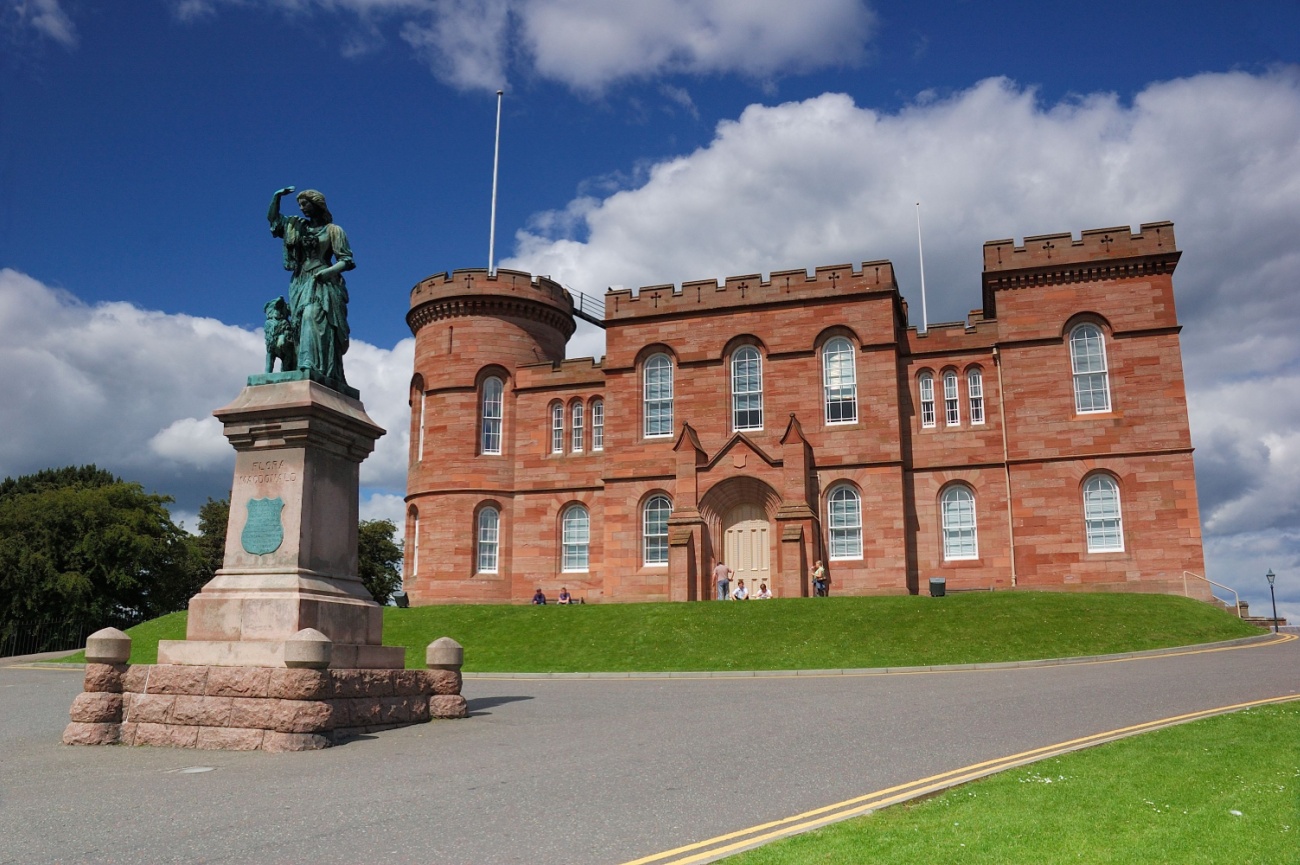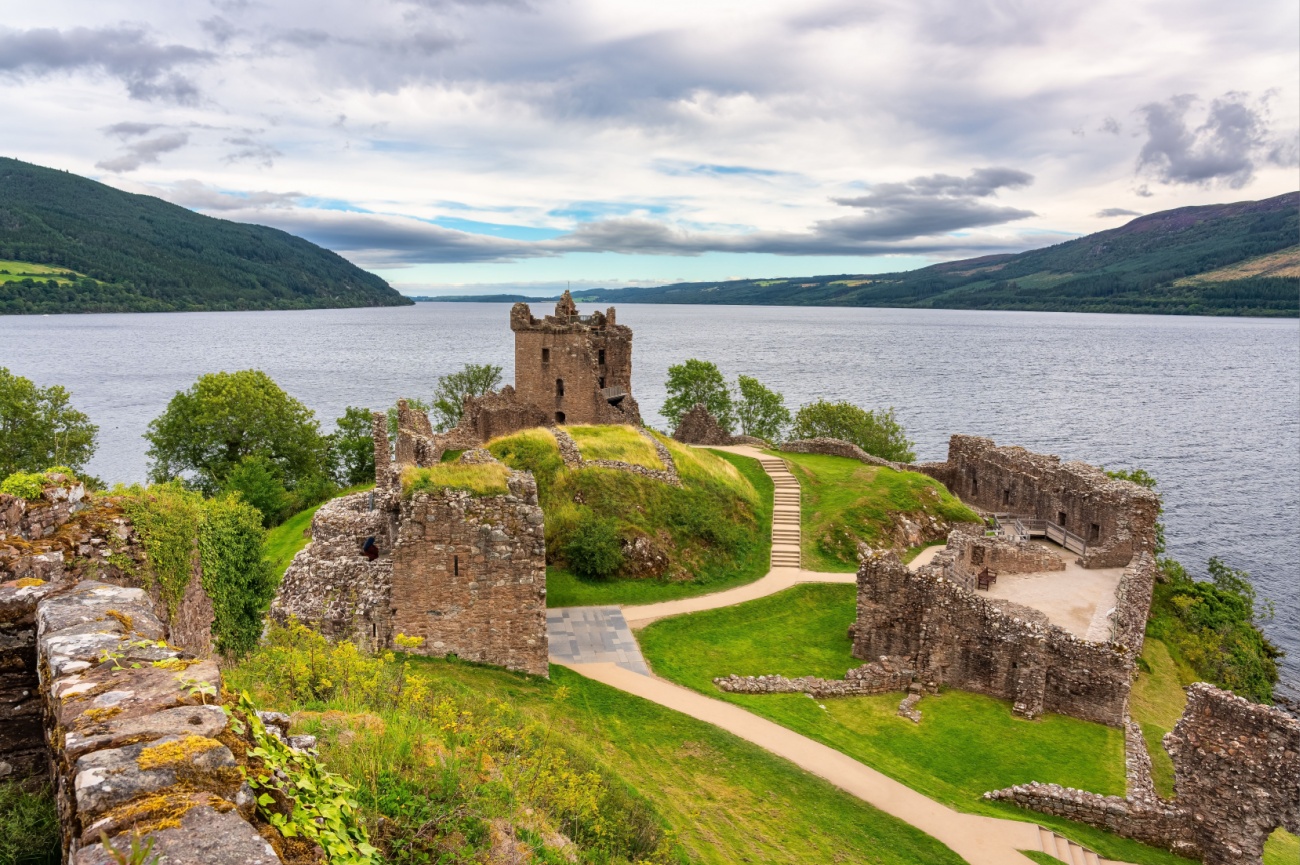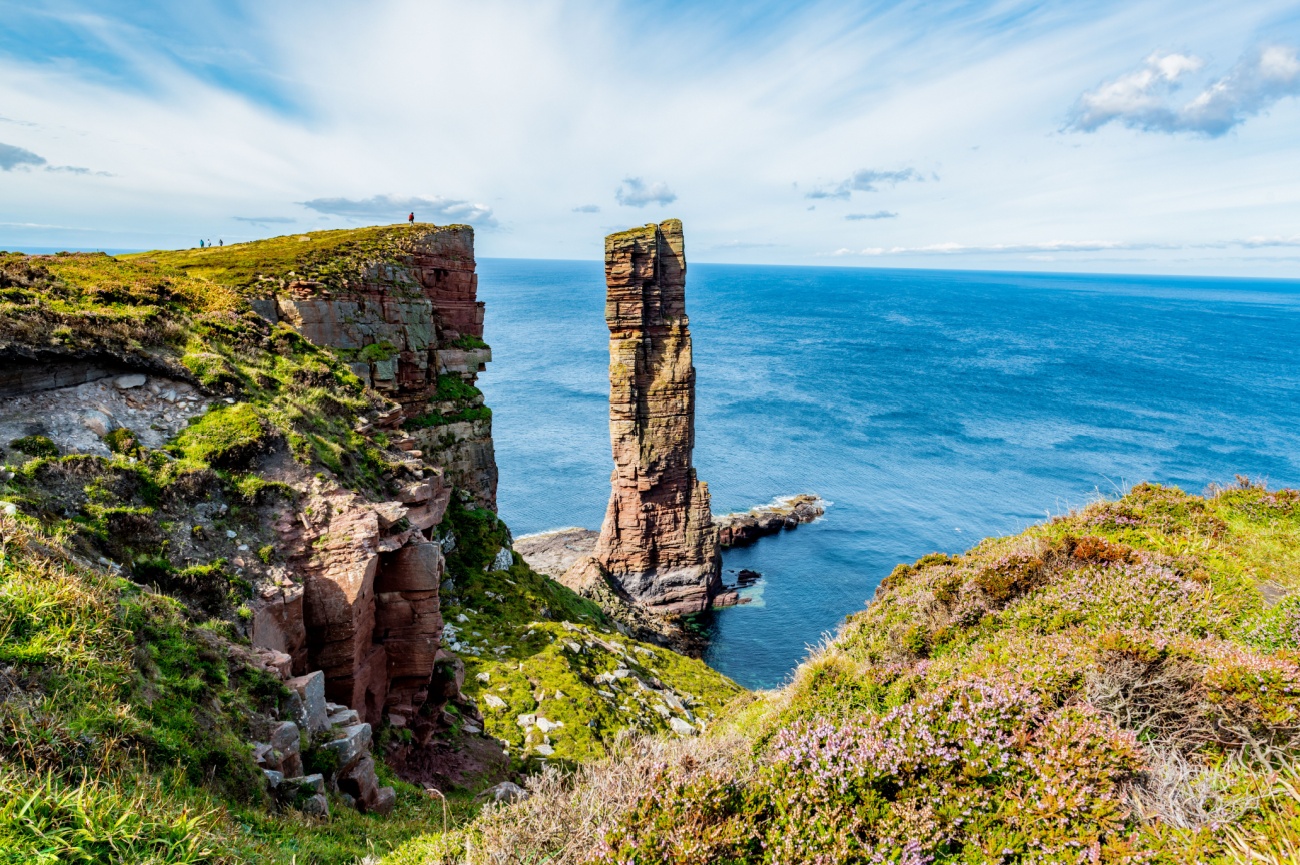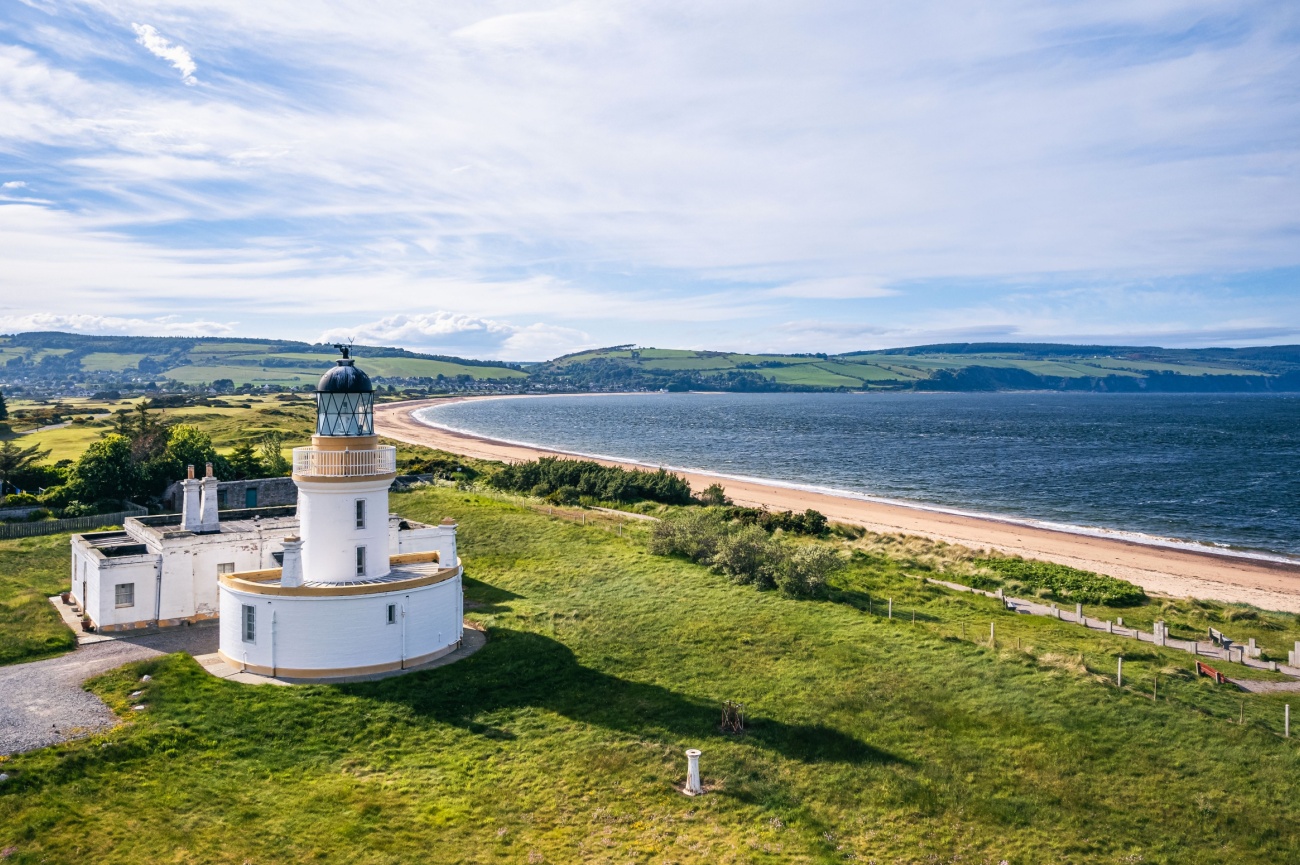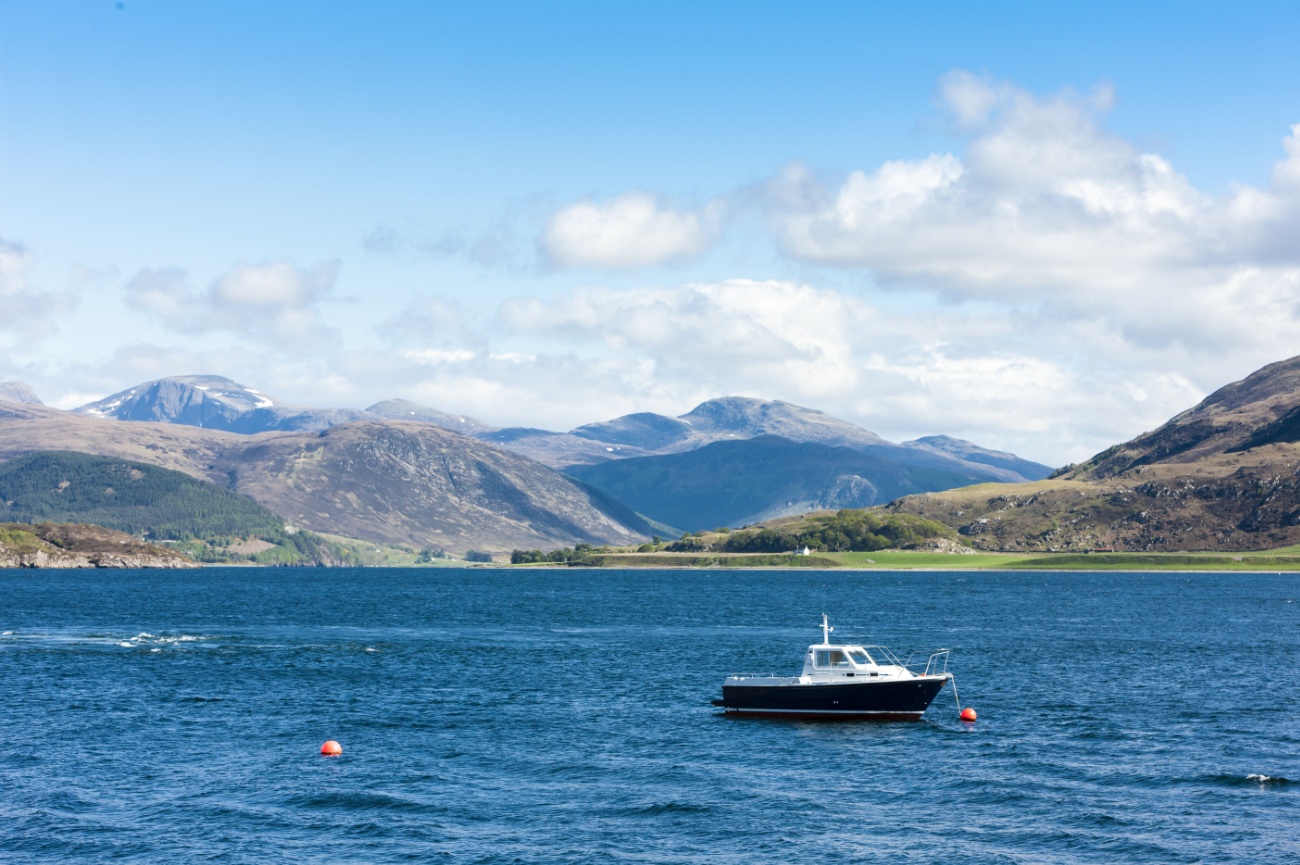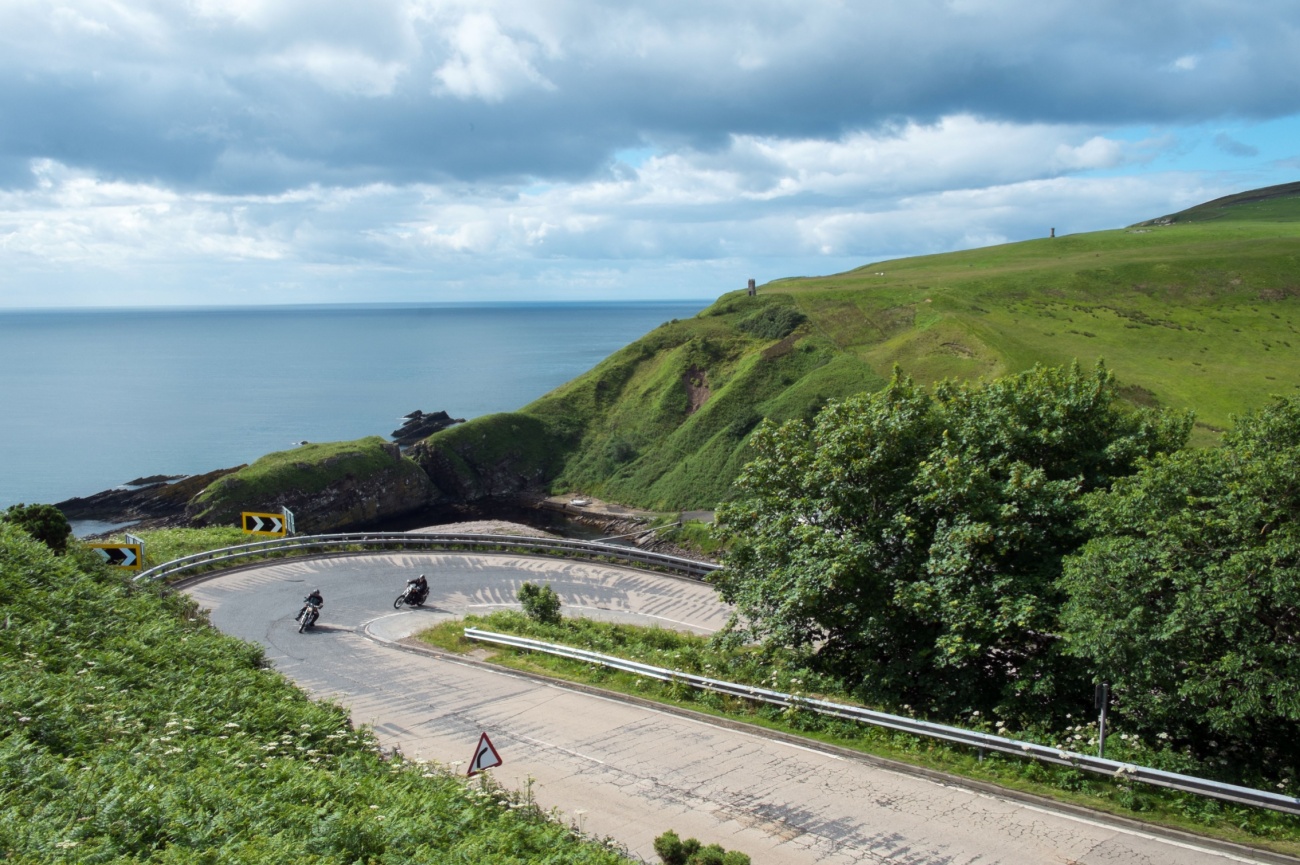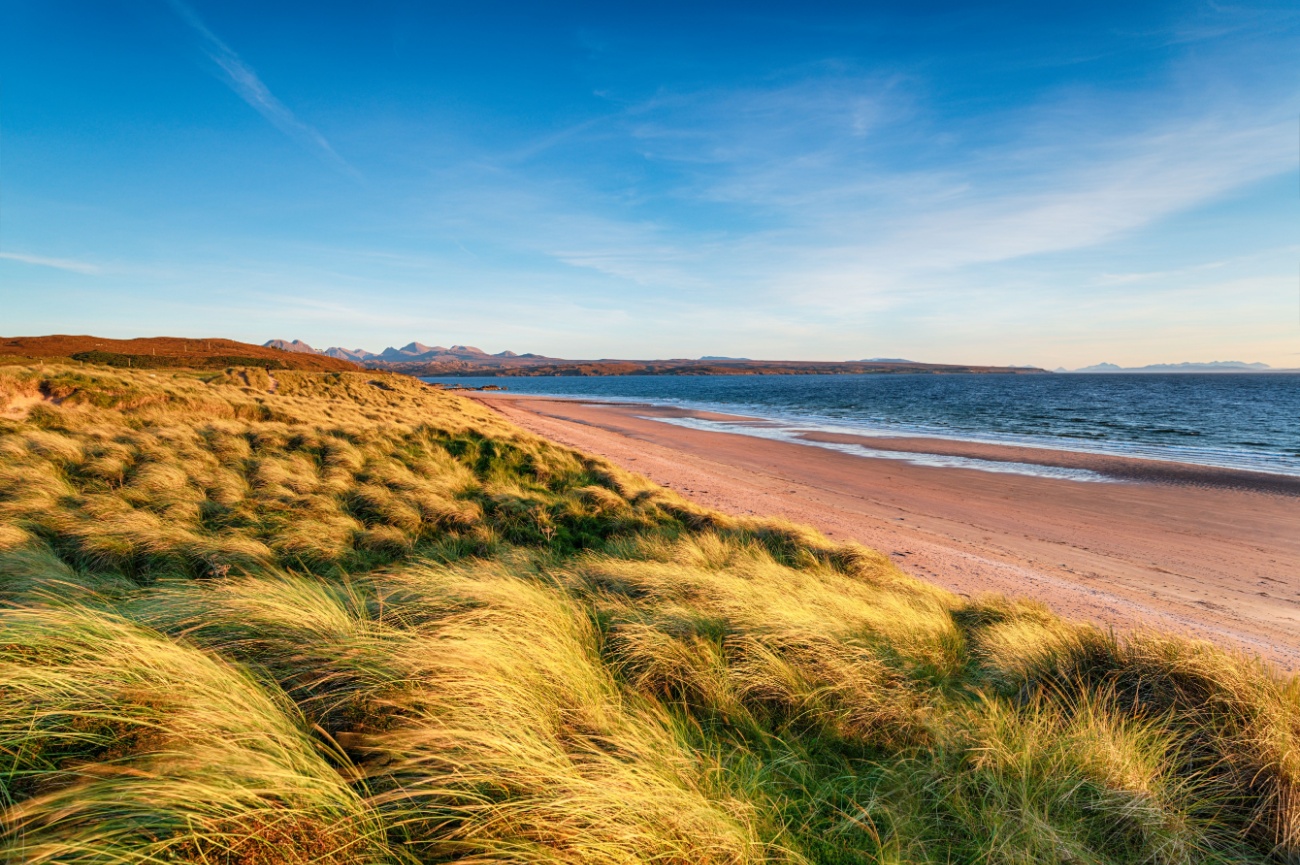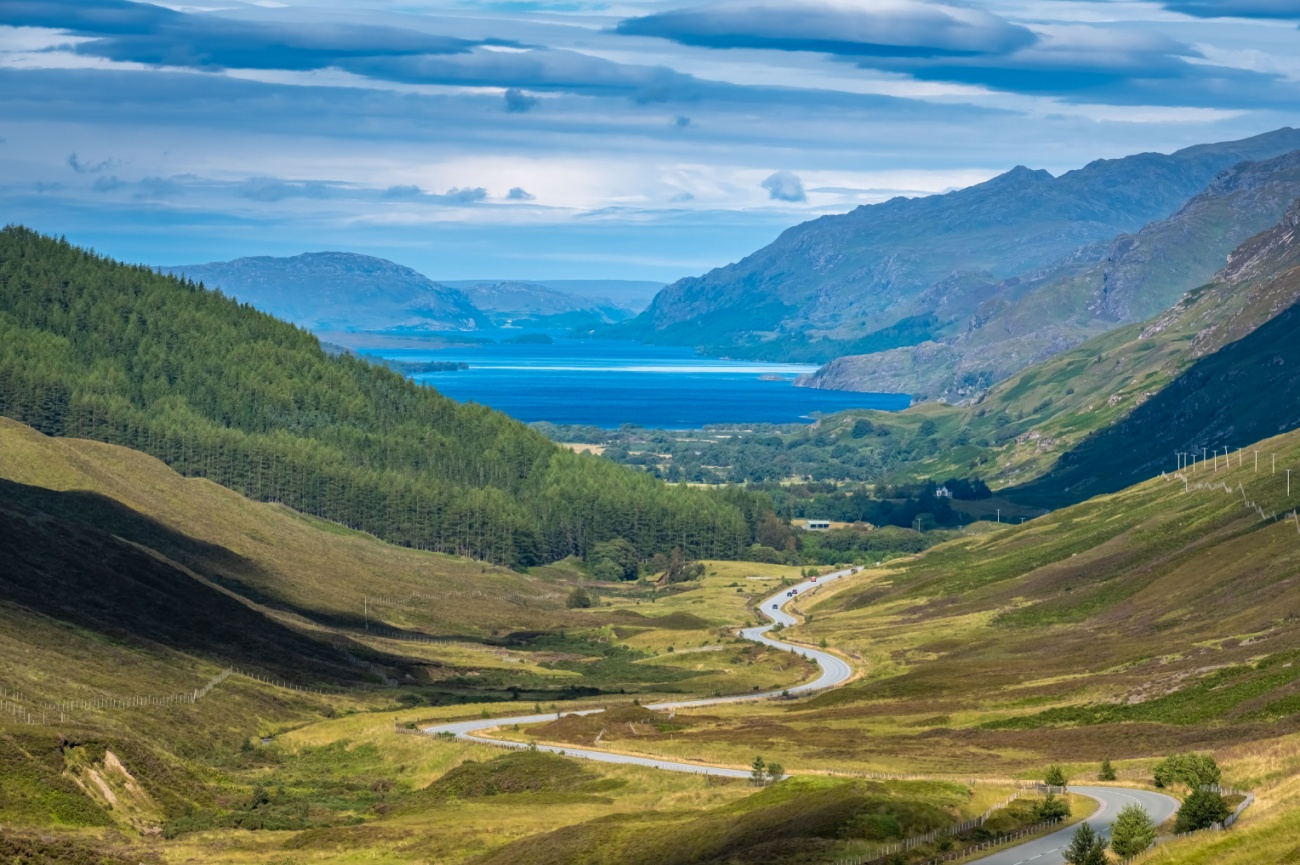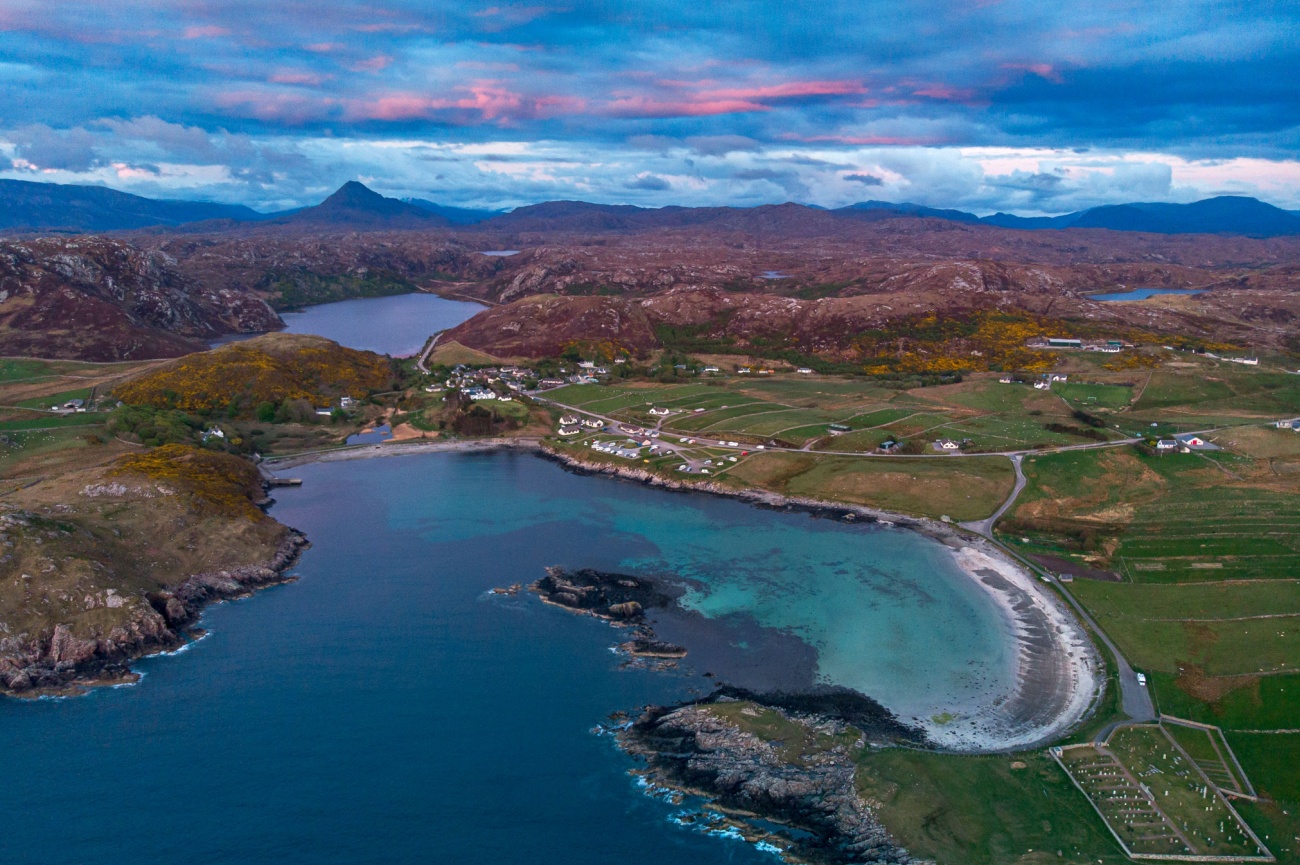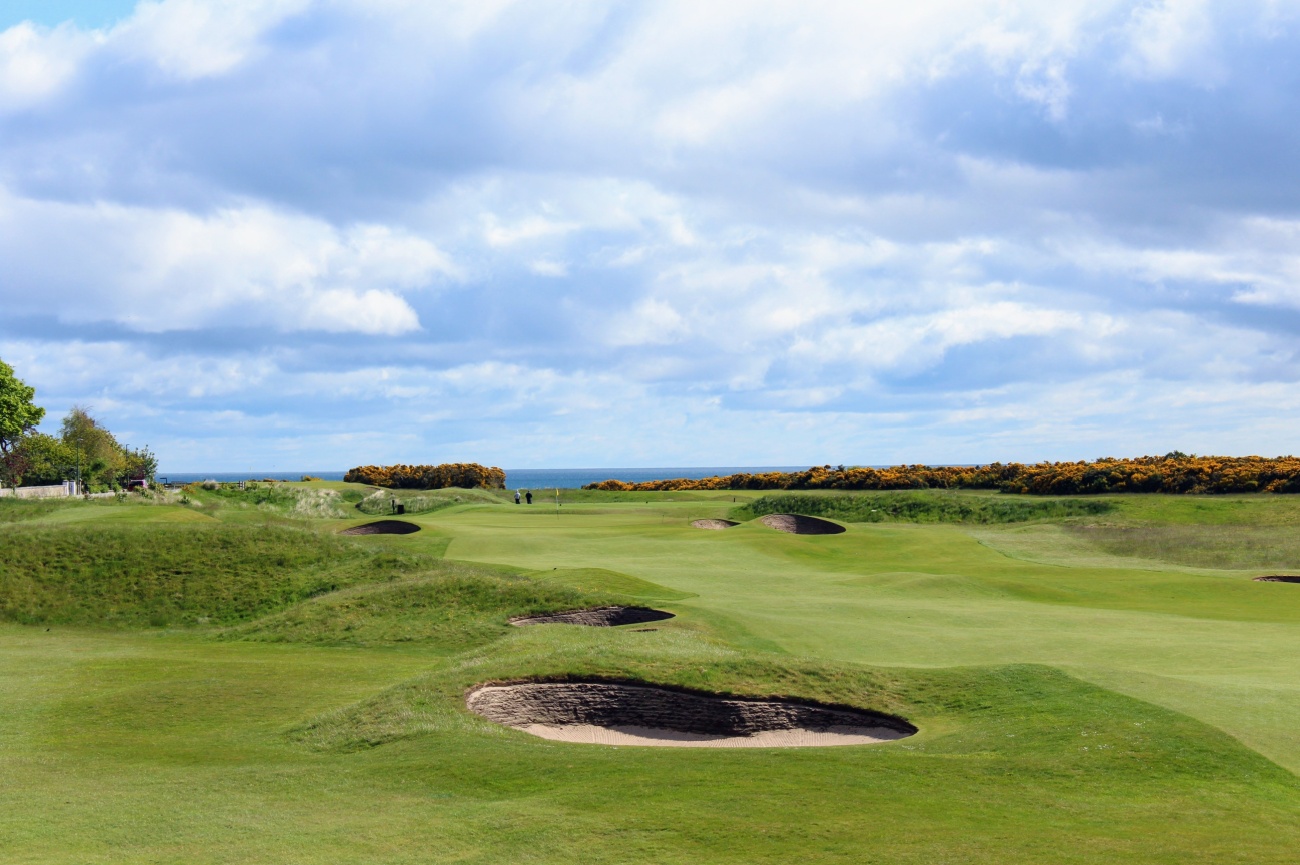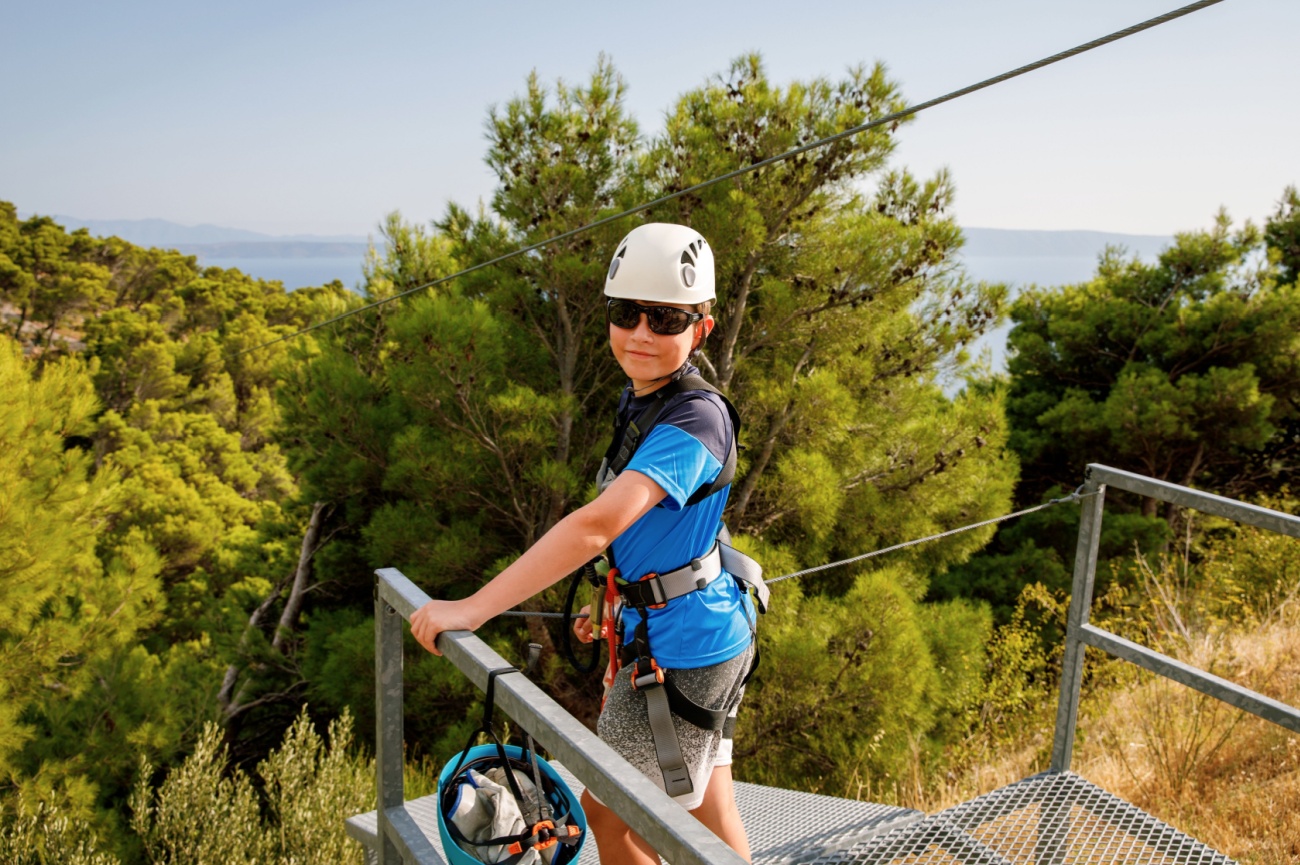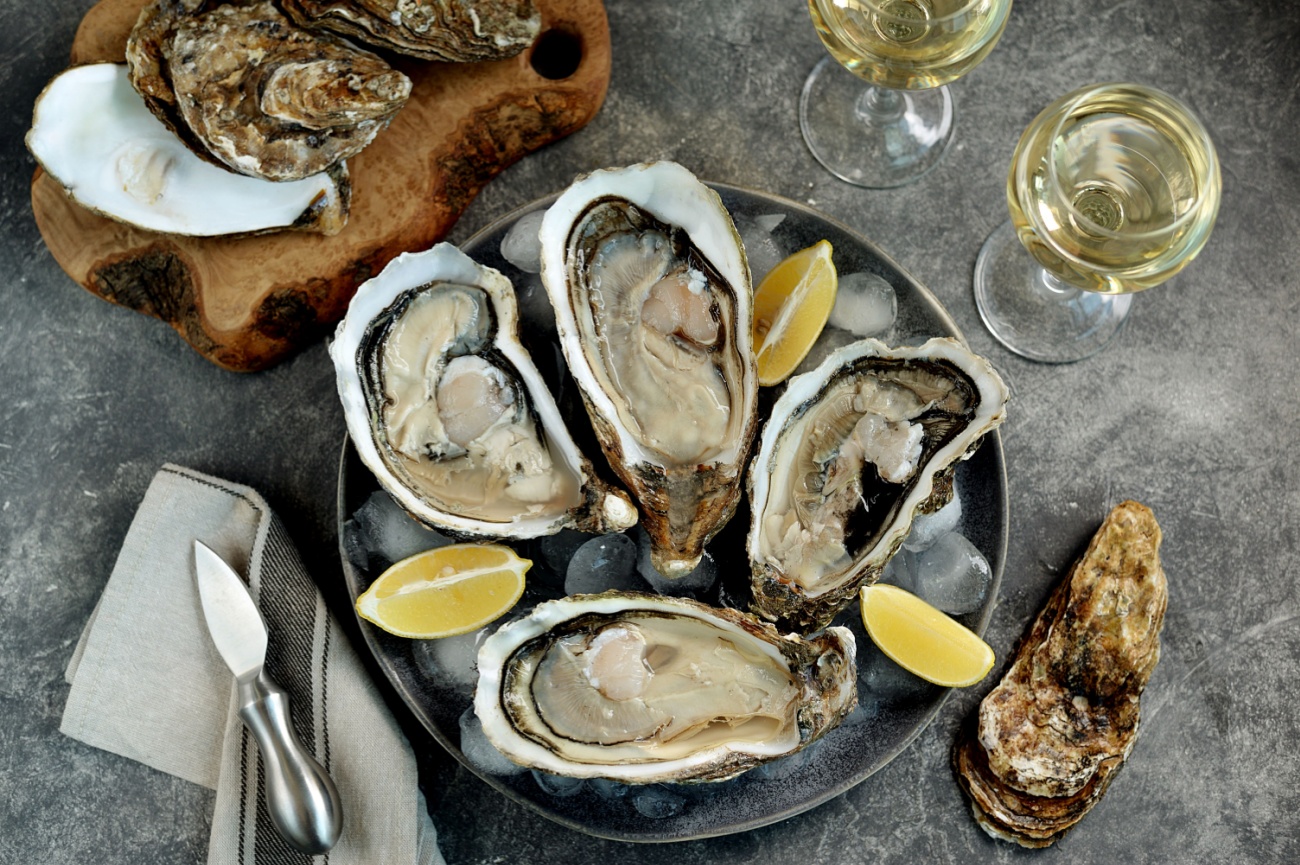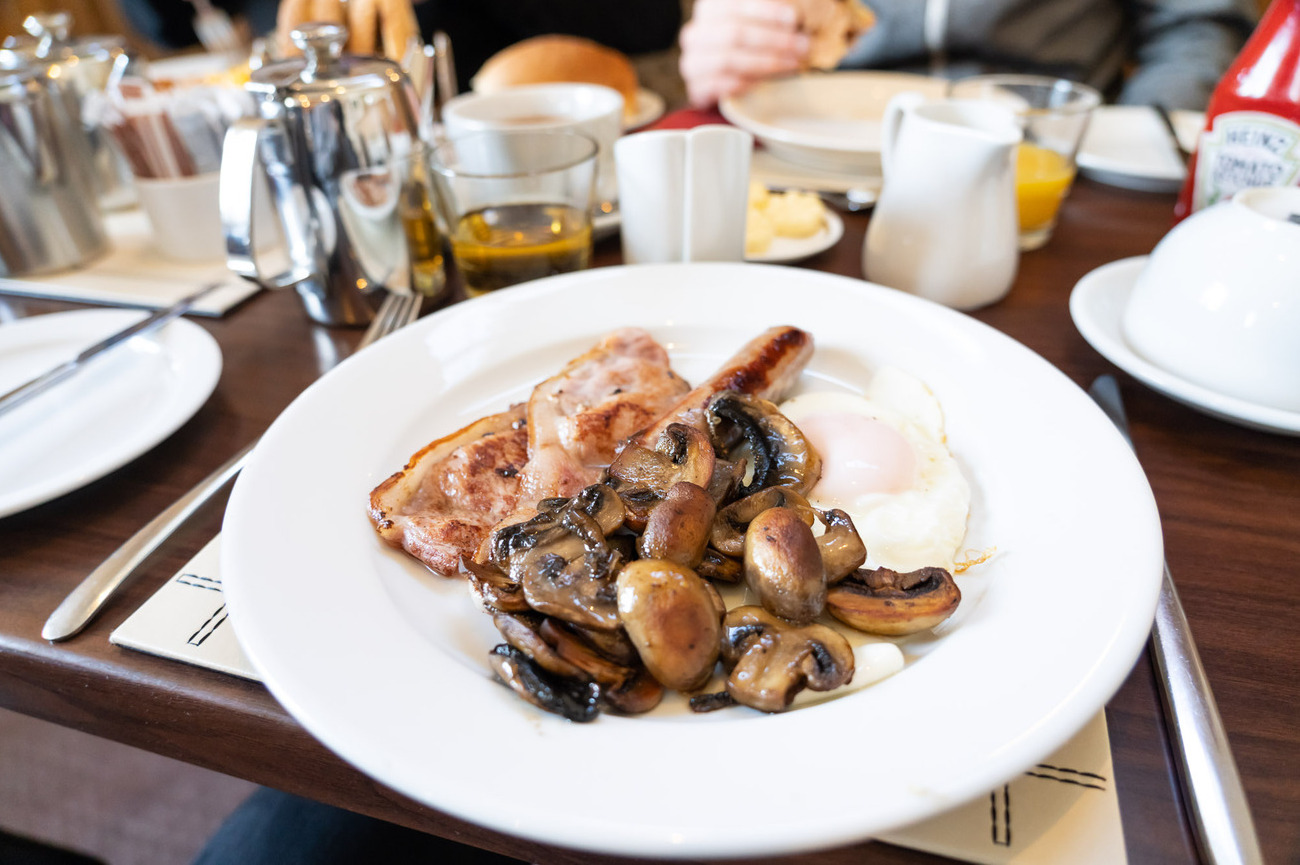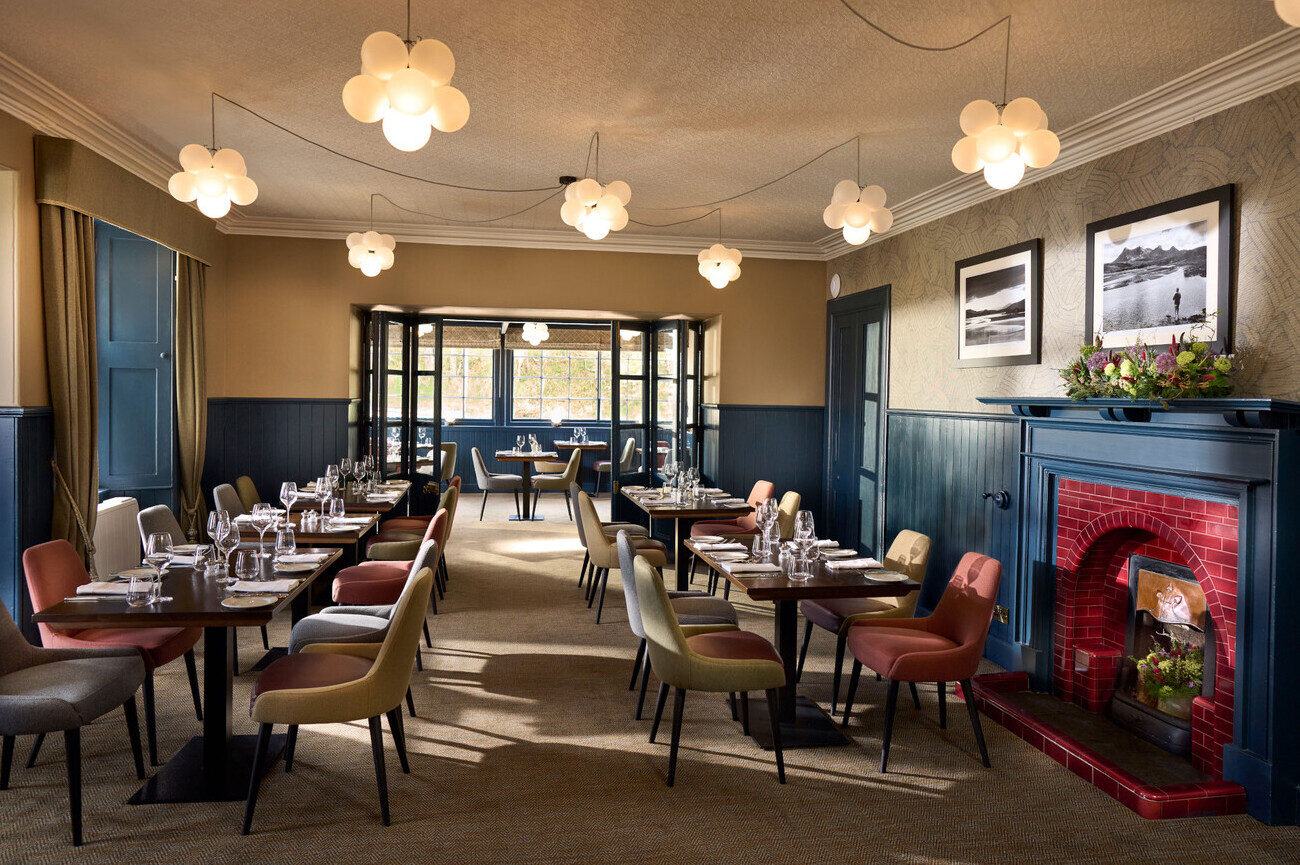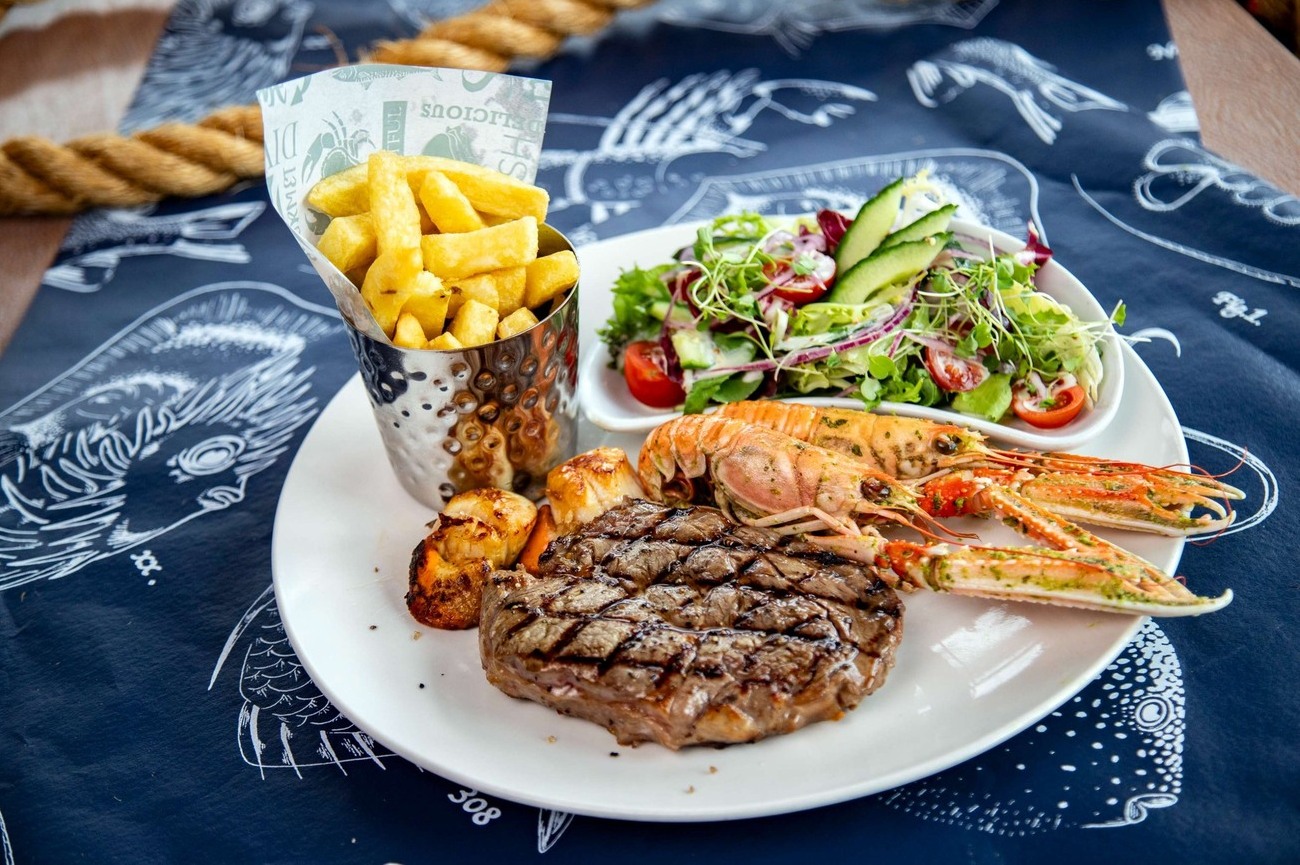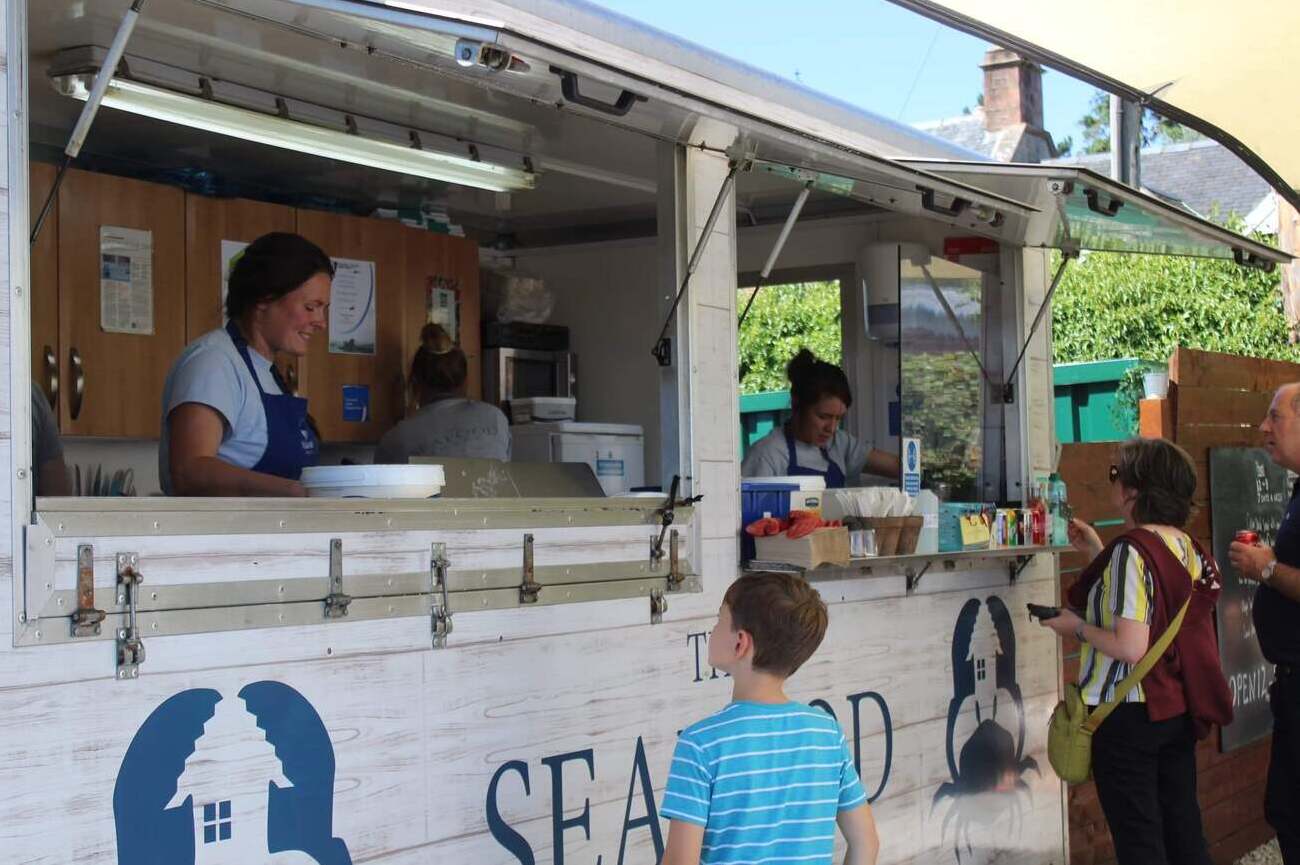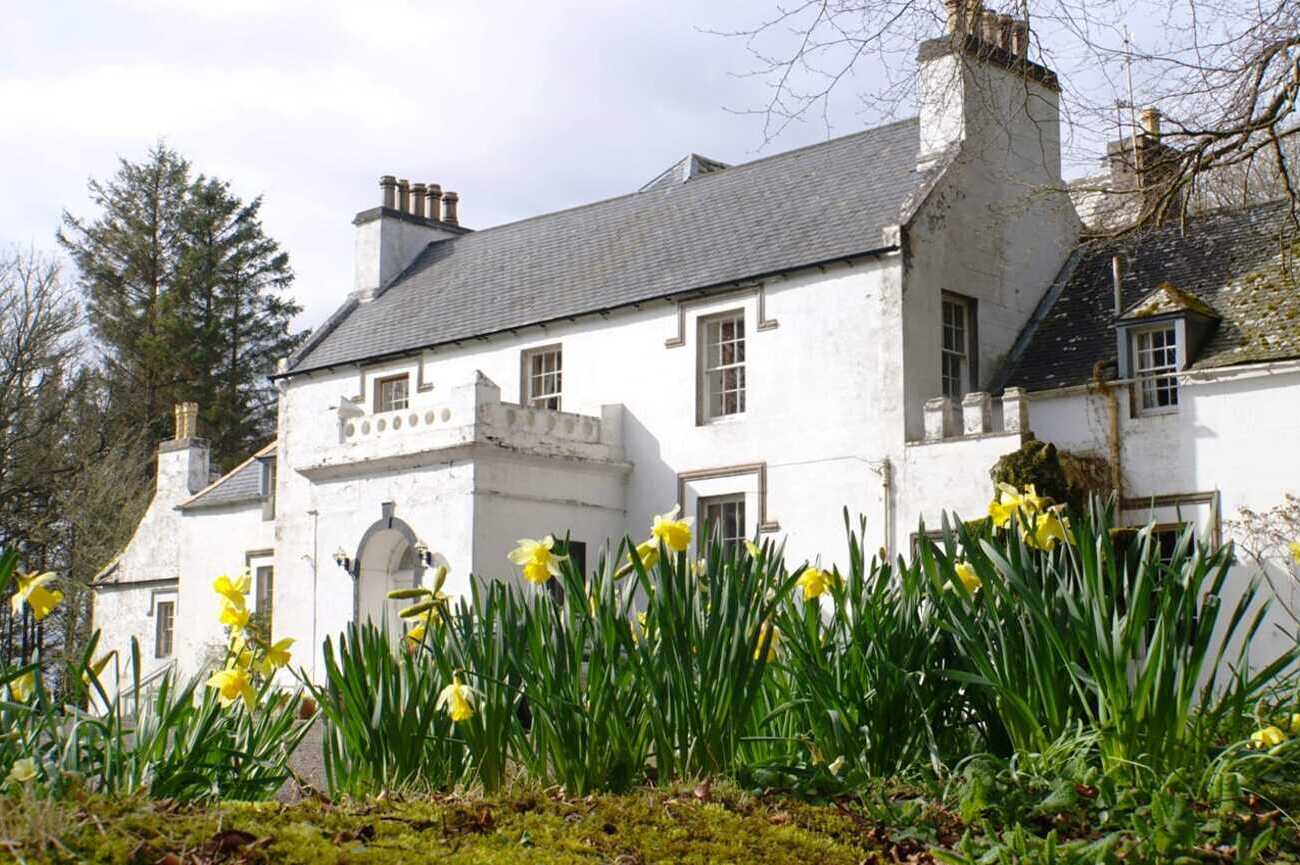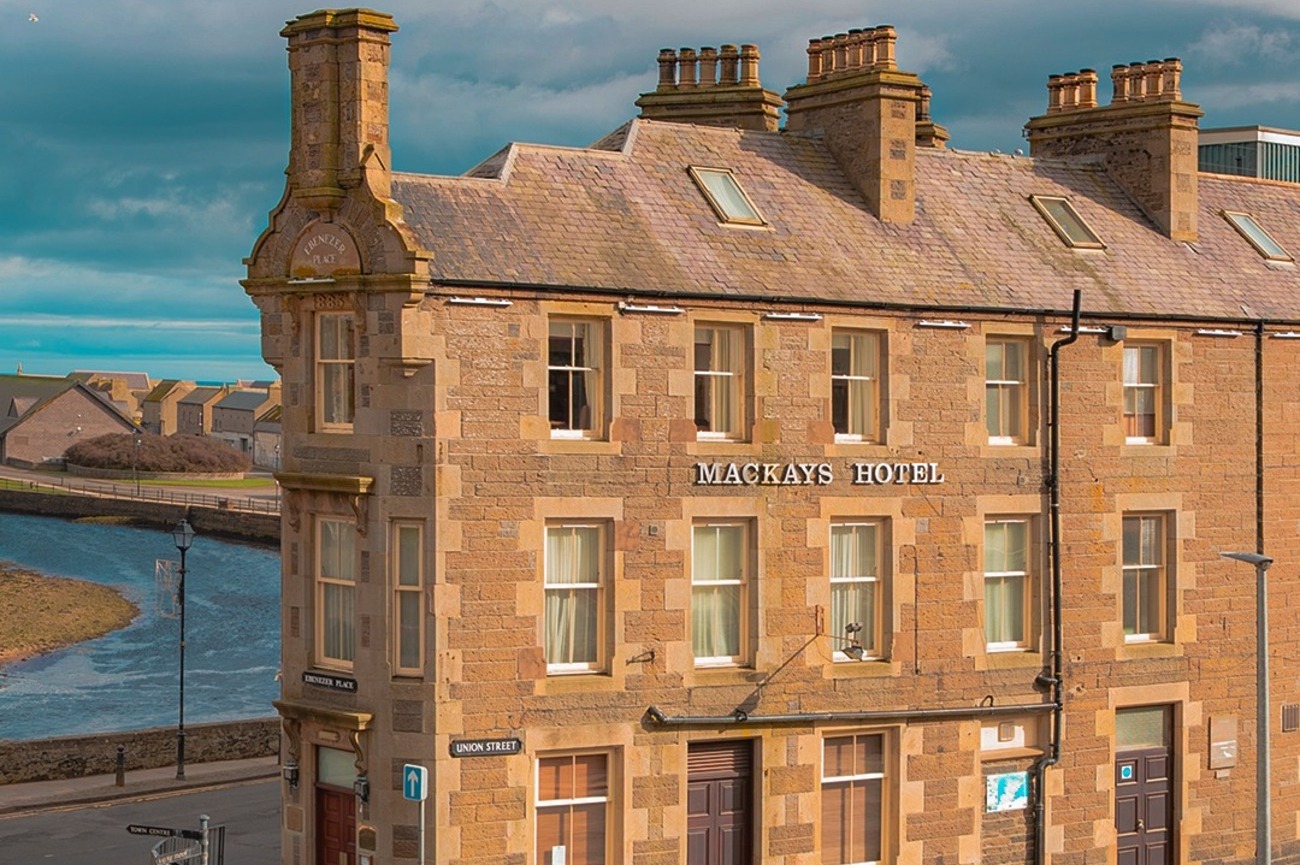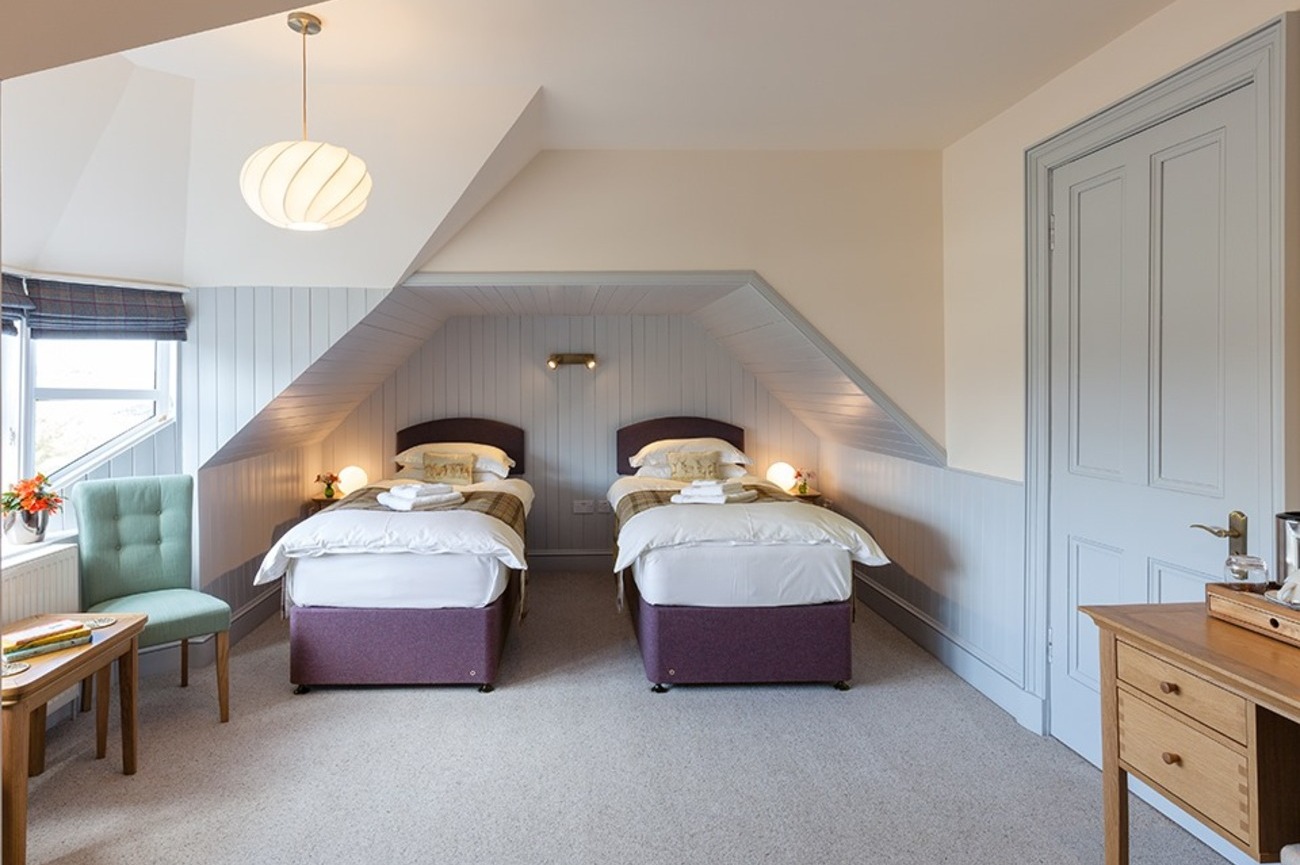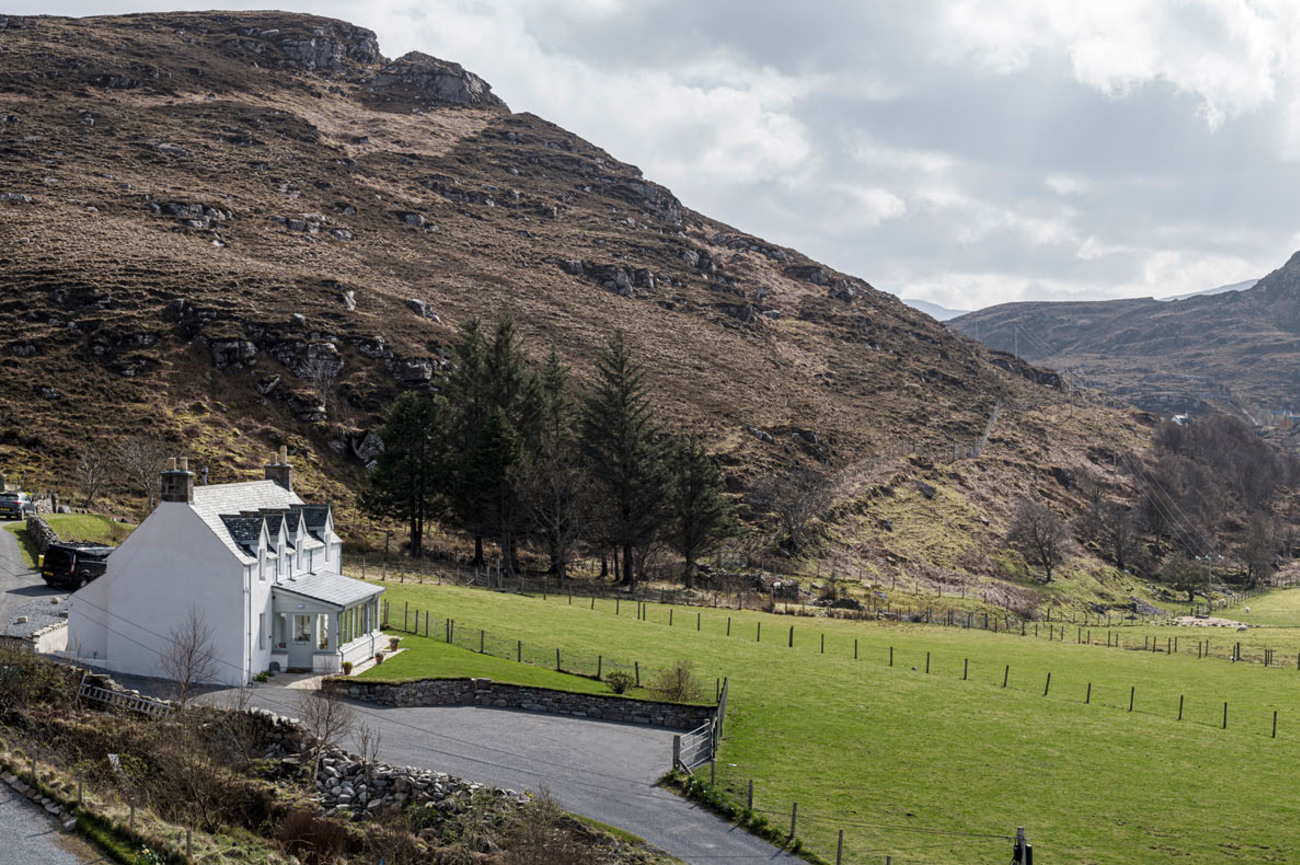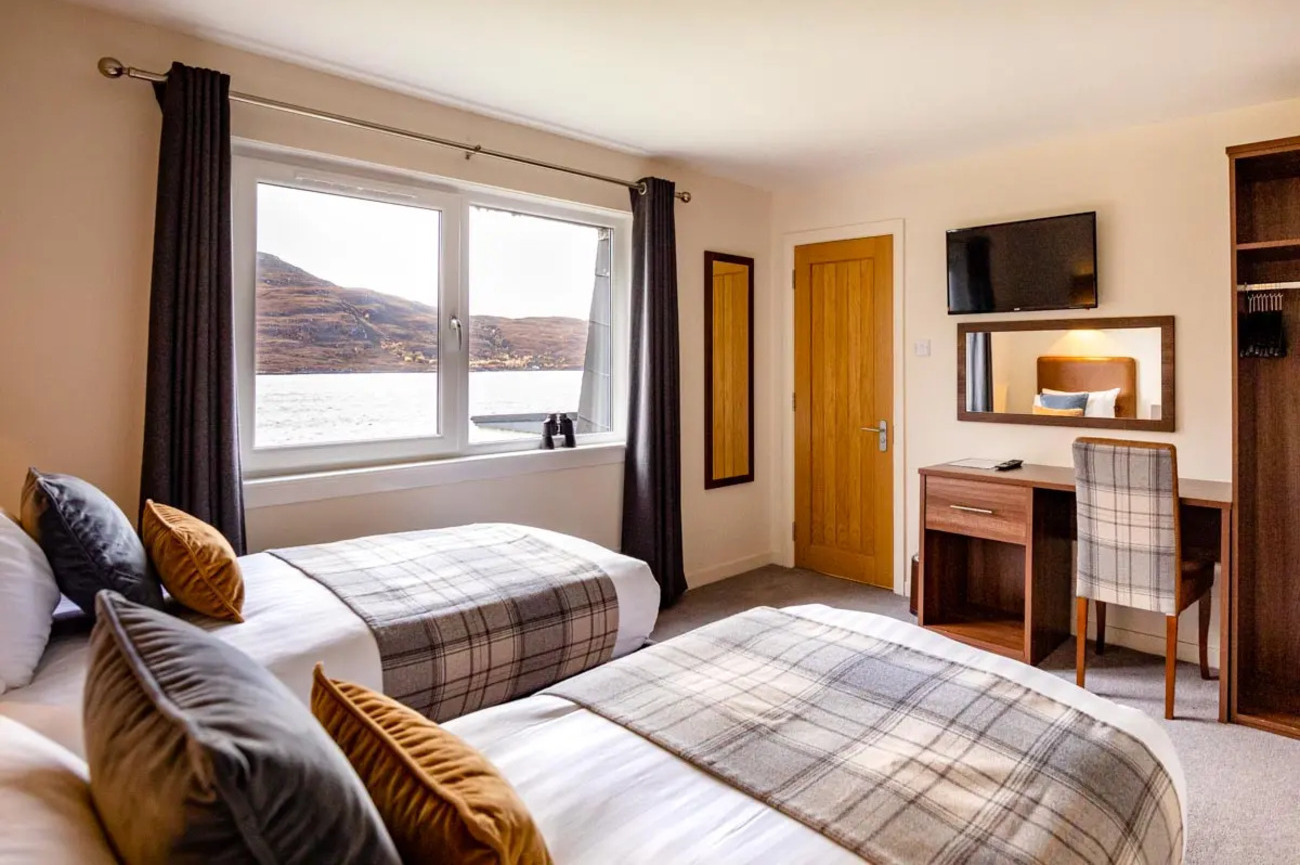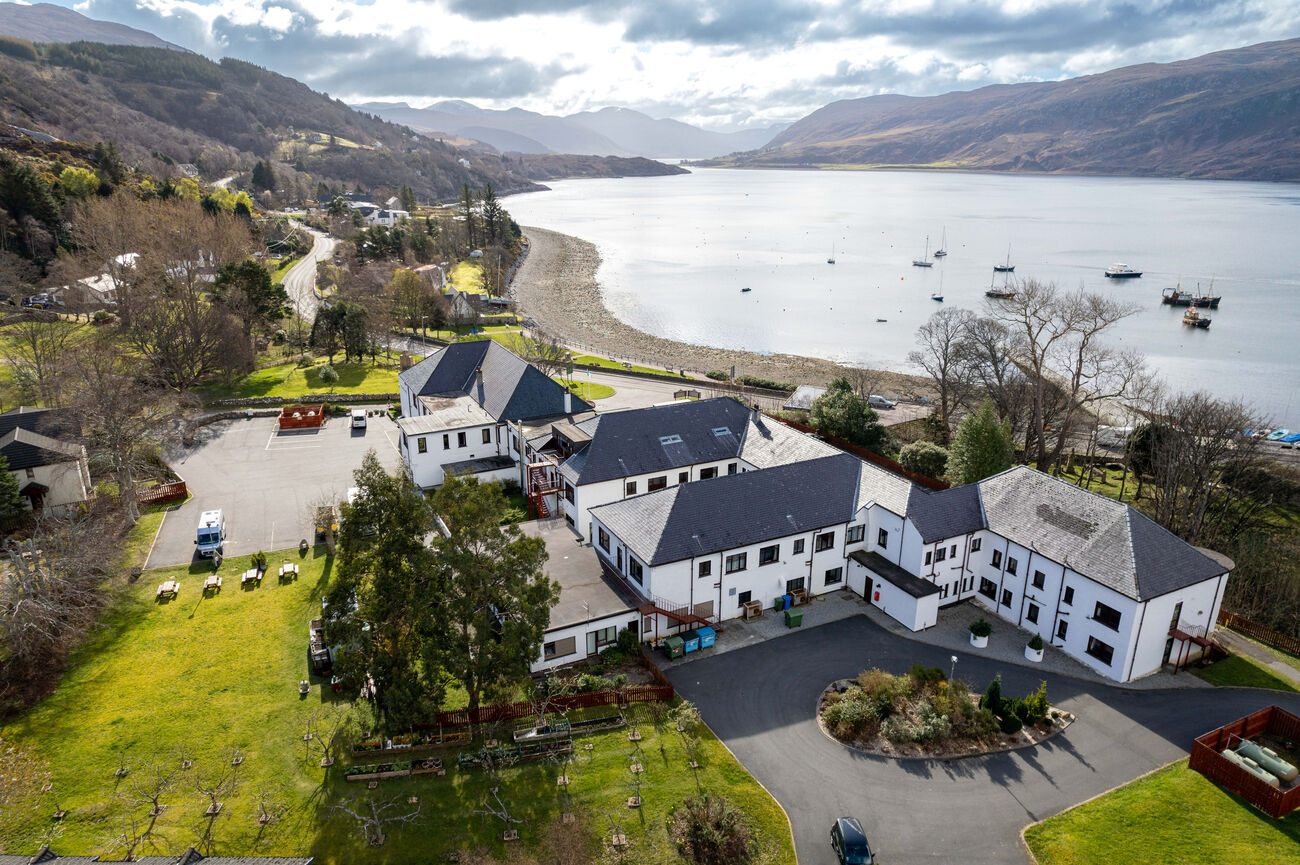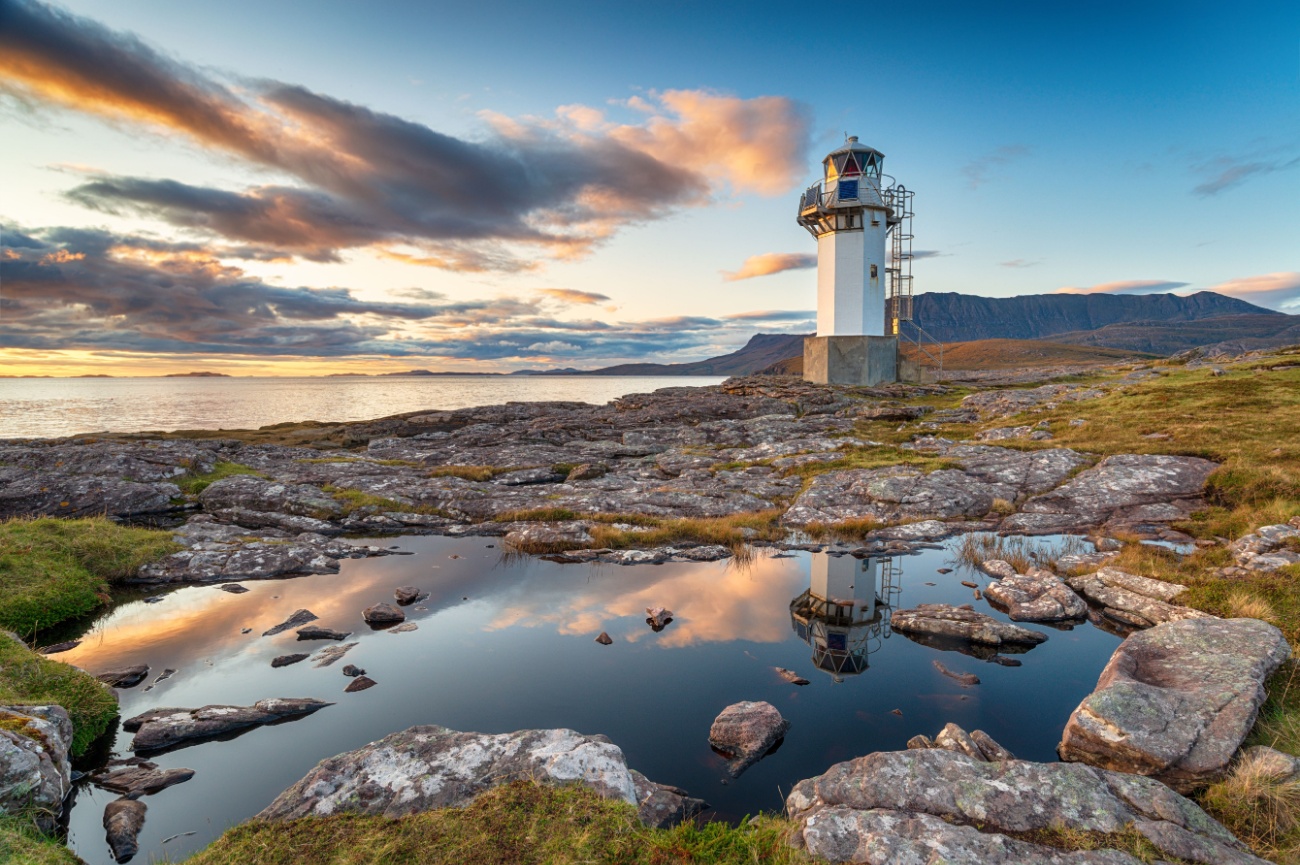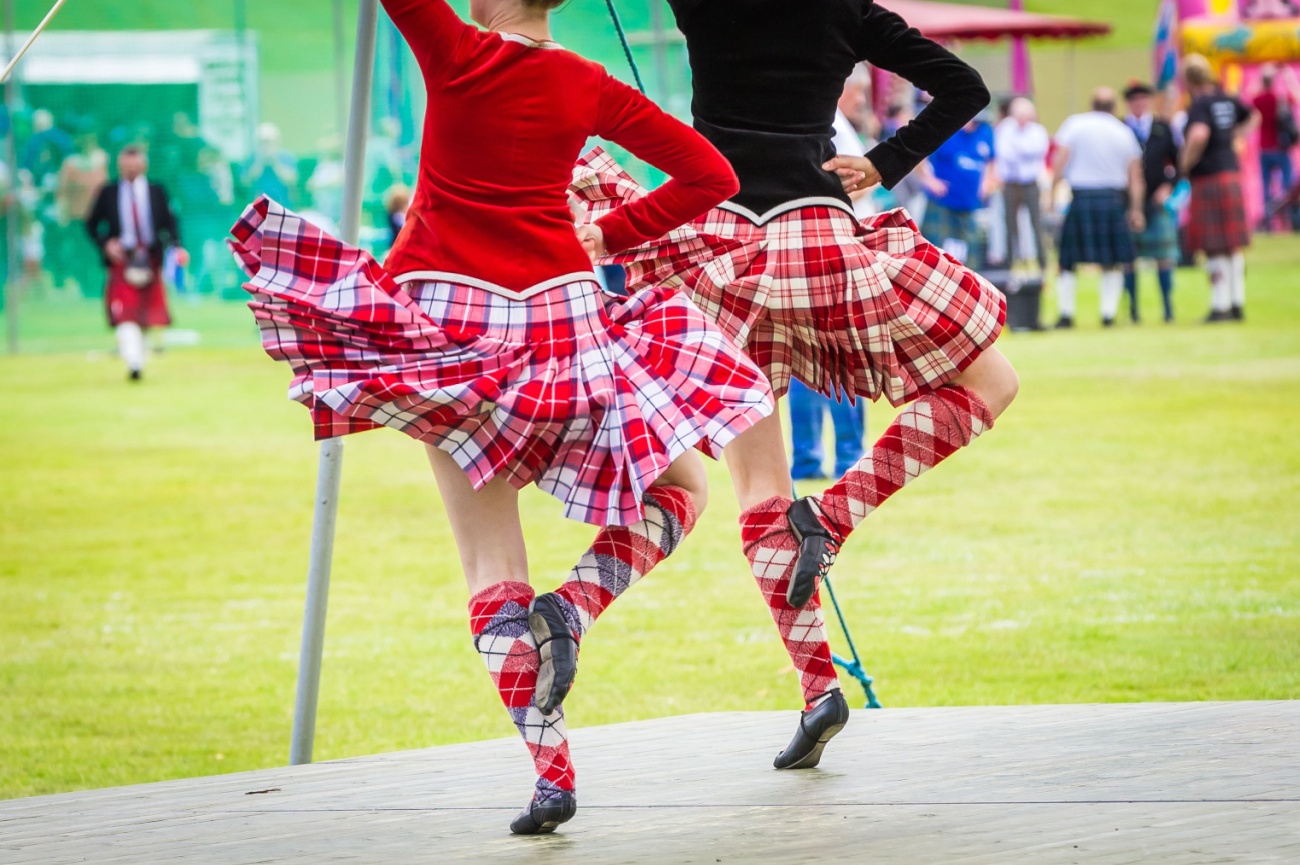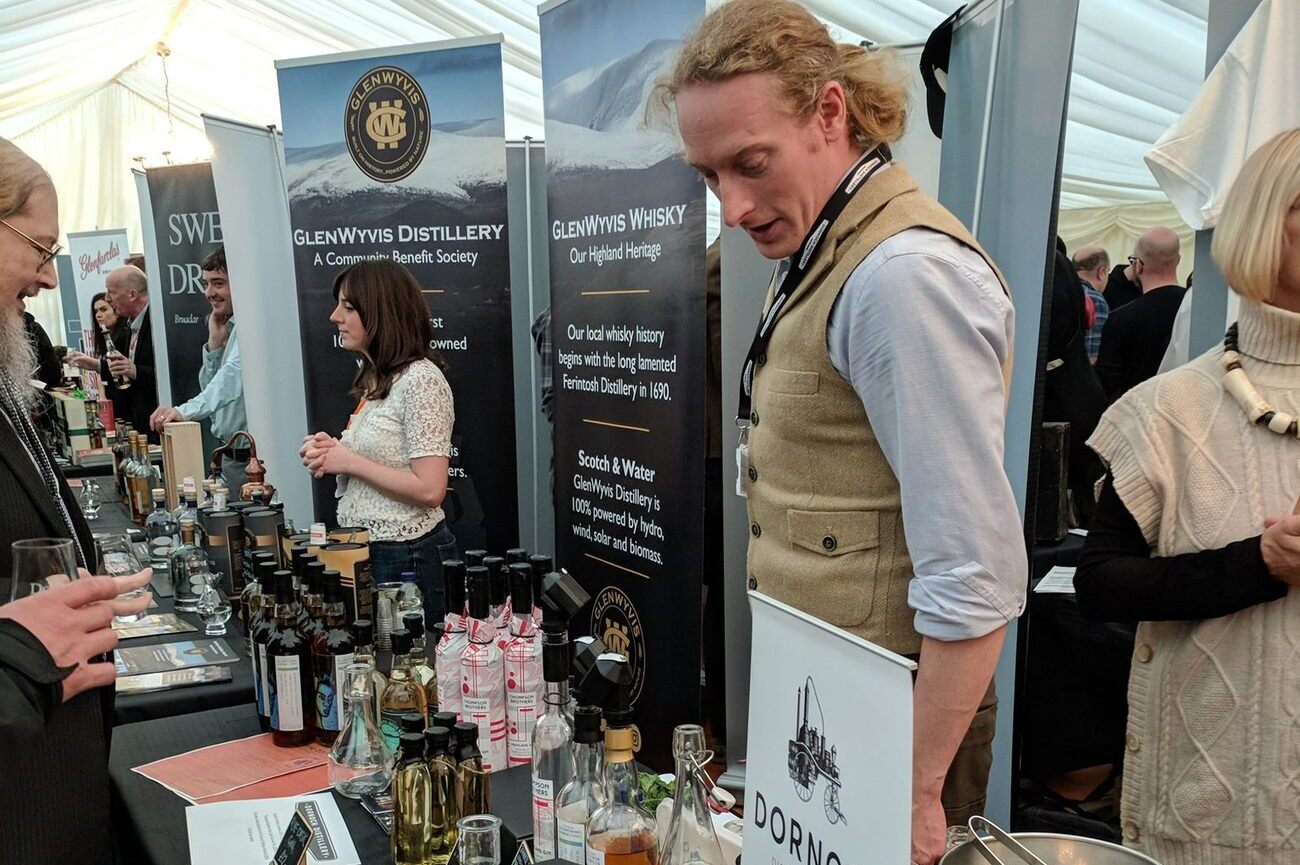Things to Do in Northern Highlands: 5-Day Itinerary
With some of the UK’s best rural scenery, the remote and rugged Northern Highlands has fast become a must-see for visitors to Scotland. Our five-day itinerary incorporates the area’s most famous route, the North Coast 500 (or NC500 for short) as it winds its way along the coastline taking in serene sandy beaches, dilapidated stone ruins, glistening lochs and picturesque villages. This is a place for a road trip, and an epic one at that, so be sure to check out our suggestions for places to stay and eat during your journey as well as options for extending your trip.
Day 1

Morning: Dornoch
Your exploration of the Northern Highlands begins on Scotland’s east coast, hugging the coastline up to mainland Britain’s most northerly point, before returning along the west coast towards the Isle of Skye. Your first stop is the charming town of Dornoch. Thanks to its sheltered position, this town often gets dry and sunny weather, which you can make the most of on a stroll along Dornoch Beach. There’s also an impressive cathedral and a top-notch golf course to enjoy. Don’t miss the Historylinks Museum, where you can learn about the Witch’s Stone and pick up a guidebook for the town walk.
Loch
Fleet
Further along the sandy coastline north of Dornoch, you’d find the Loch Fleet National Nature Reserve. This tidal basin and the surrounding dunes, saltmarsh and woodland are home to a variety of wildlife including ospreys, seals and otters. Follow the woodland trail through ancient Scots pine forest and enjoy beautiful views over the loch from the bird hides.
Highland
Wildcat Trails
Cyclists of all levels can enjoy the rugged terrain of Ben Bhraggie in Golspie on the Highland Wildcat Trails. Trails range from family-friendly blue and green tracks to more adventurous and challenging red and black tracks. Whichever track you choose, you’ll be sure to enjoy the stunning mountain scenery. If you need to hire a bike, there are rental options in nearby Golspie and Dornoch.
Dunrobin
Castle and Gardens
Designed in the style of a French chateau and boasting 189 rooms, Dunrobin Castle is the largest of the great houses in the Northern Highlands and has been continuously inhabited by the Earls and Dukes of Sutherland since the 14th century. The setting of the castle is very much part of its appeal on the shores of the Moray Firth with carefully tended formal gardens, from where you can enjoy dramatic views back up to the castle.
Afternoon:
Kildonan Burn
In 1869, Baile an Or was the location of the Great Sutherland Gold Rush after local man Robert Gilchrist discovered gold in the Suisgill and Kildonan burns. Visitors can search for their own small piece of precious metal in designated areas of Kildonan Burn on the Suisgill Estate, subject to abiding by the estate’s rules. Be sure to get your permit for gold panning from one of the various Helmsdale establishments before making your way to the site.
Whaligoe Steps
Whaligoe Haven was once a bustling harbour where fishing boats would bring in their catch of herring, salmon and shellfish. Local fisherwomen would then carry baskets brimming with fresh fish up the 365 flagstone steps cut into the cliff face so they could be taken to Wick to be sold. Although the harbour is no longer operational, you can still visit the Whaligoe Steps and discover the seafaring history of this area.
Wick
A short drive from the Whaligoe Steps, you’ll find the small town of Wick, home to castle ruins, a heritage centre and whiskey distillery, as well as your base for the night. You can learn more about the area’s heritage including its time as Europe’s largest herring port at the Wick Heritage Museum. There are also walks along the Wick River or along the coast to the ‘Old Man of Wick’ castle. Don’t miss Ebenezer Place, a tiny street measuring just over two metres in length, thought to be the world’s shortest street.
Day 1 - Northern Highlands Tour Map
Day 2

Morning:
Duncansby Head Lighthouse
The first stop on your visit today is Duncansby Head, the most northeasterly point of mainland Britain. Park up at the lighthouse, which dates back to 1924 and enjoy the views over to Orkney and the North Sea before making your way round the headland along the coastal path. Look out for seals, whales and dolphins in the water below, especially during the summer.
Duncansby Stacks
Continue south along the cliffs taking in the dramatic coastal scenery until you reach Thirle Door and the Stacks of Duncansby. These intriguing sandstone rock formations are an iconic feature of this section of coastline with the Great Stack standing at over 60 metres tall, higher than the clifftop you’ll be viewing it from.
John O’Groats
The small village of John O'Groats is well known as the northern point of the ‘End to End’ journey which finishes (or starts) at Lands End in Cornwall. Stop for a photo at the famous John O’Groats signpost, pay a visit to the tourist information centre, or take a tour of the John O’Groats Brewery. There’s also a modest selection of gift shops and cafes where you can grab a coffee or fish and chips, while you admire the scenery and the colourful self-catering apartments, which make up the Inn at John O’Groats.
Dunnet Head
Continue your journey to the extremes of mainland Britain with a stop at Dunnet Head, the most northerly point of mainland Scotland. The area is an RSPB reserve, where depending on the season, you might spot puffins, razorbills and guillemots nestled in the cliffs. From the 19th century lighthouse, you can walk over to the clifftop viewpoint, where there are views across the sea to the Orkney Islands.
Afternoon: Thurso
Take a break from dramatic coastal vistas to enjoy a relaxing stroll around Thurso, mainland Scotland’s most northerly town. Here you can enjoy charming shops and cafes, Thurso Beach and a harbourside viewpoint. It’s a popular spot for surfing, hosting numerous cold water surfing championships throughout the year. For those looking to stay on dry land, be sure to visit the numerous ruins in the area including Thurso Castle, the castle gatehouse, and Old St Peter’s Kirk. The North Coast Visitor Centre is a great opportunity to learn about the area’s history, while at nearby Wolfburn Distillery there’s the chance to sample a dram of locally produced whisky.
Strathnaver Museum
In an old parish church in Bettyhill, you’ll find the unassuming Strathnaver Museum. Through its collections, it tells the region’s story with a particular focus on the Highland Clearances which happened in the 19th century. You can also learn about Clan Mackay and numerous Highland traditions.
Coldbackie Beach
The Northern Highlands is renowned for its untouched, tranquil beaches with stunning coastal views and this is just what you’ll find at Coldbackie Beach. Long stretches of white sand lead to clear blue waters and sea views over to the Orkney Islands. Relax as you listen to the sound of the ocean and watch surfers and swimmers embrace the cold bracing water. Do wear suitable footwear as the path down to the beach can be slippery, particularly in wet conditions.
Loch Eriboll
As you make your way from Coldbackie to Durness, you’ll pass one of Scotland’s numerous sea lochs, Loch Eriboll. The road hugs the shore of this shimmering sixteen-kilometre-long expanse, making it an impressively scenic drive. En route, look out for the 19th century lime kilns of Ard Neackie and the views over the mountains.
Day 2 - Northern Highlands Tour Map
Day 3

Morning: Smoo Cave
One of Durness’s most popular attractions is the unique Smoo Cave, which is unusual in being both a sea cave and a freshwater cave. Once inside, visitors can admire the intriguing limestone rock formations as well as tumbling waterfalls. There is public access to the first part of the cave, while to explore its depths you’ll need to book onto a boat tour. Do note that boat trips are weather dependent.
Durness Village
Mainland Scotland’s most north westerly village is a good spot to restock road trip supplies and enjoy the rugged Highland scenery. With a shop, a campsite and stunning coastal views, the village is popular with walkers and golfers alike thanks to the numerous walking trails, sandy beaches and nearby Durness Golf Club.
Durness Beach
Beaches in this part of Scotland are reminiscent of the Caribbean with pristine white sand and sparkling turquoise waters, albeit a colder climate. There are numerous bays and beaches to choose from on the northwest coast and Durness Beach is in easy reach of the village. Take a stroll along the sand or sit and enjoy the tranquillity of this remote spot. Balnakeil Beach is also a popular option.
Afternoon: Cape Wrath
Having been to the most northerly and north easterly points of mainland Britain, it’s now time to visit the most north westerly point with a trip to Cape Wrath. This rugged cape with its towering sandstone and gneiss cliffs faces directly onto the Atlantic Ocean with views to Orkney and the Western Isles. To access Cape Wrath, unless you’re a keen hiker, you’ll need to take a passenger ferry, which crosses the Kyle of Durness, followed by a minibus tour. Look out for the large seabird population, which includes puffins, razorbills and guillemots.
Balnakeil Craft Village
Pop into Balnakeil Craft Village, just outside Durness and discover local artisan crafts, from glassworks, to paintings to chocolates. This is a great spot to buy locally produced souvenirs such as ceramics or jewellery and enjoy a steaming cup of indulgent hot chocolate from specialist chocolate shop Cocoa Mountain on a brisk Scottish day.
Day 3 - Northern Highlands Tour Map
Day 4

Morning: Sandwood Bay
Get started early for a walk out to the idyllic beach at Sandwood Bay. This remote stretch of golden sand is more than a mile long and is accessed via a four-mile route from the village of Blairmore. As you cross grassy plains and walk beside glimmering lochs, you’ll be surrounded by astounding Highland scenery before reaching your goal, the serene sands of Sandwood Bay. If you’re short on time, there are a number of other beautiful beaches you could visit such as Oldshoremore Beach or Polin Beach.
Handa Island
Accessed by a small ferry from Tarbet, Handa Island is a wildlife reserve with numerous seabird colonies and exceptional views. On reaching the island, you’ll be greeted by a member of the Scottish Wildlife Trust and introduced to this birdwatching haven. As you explore the island on one of the designated paths, you might see guillemots, razorbills, kittiwakes and great skuas. From the island’s impressive towering cliffs, take in the views of Cape Wrath and Scotland’s north-west coast. You might even be able to spot marine life such as dolphins and basking sharks during your visit.
Loch Assynt
From Handa Island, continue your journey along the spectacular western coast until you reach Loch Assynt. This breathtaking freshwater loch is a popular fishing spot, and legend dictates that it’s also the home to the mermaid of Assynt. Marvel at the glimmering water and its rugged surroundings as you drive along the loch’s northern shore before continuing to Lochinver.
Lochinver
On the shores of Loch Inver, the bustling village of Lochinver feels like a change of pace from the remote wilderness of the surrounding countryside. There’s the opportunity to stock up at the local supermarket or stop for a coffee at one of the cafes. Particularly of note are Lochinver Larder’s pies, perfect to take with you for your picnic at Achmelvich Bay.
Afternoon: Achmelvich Bay
Popular in the summer for water sports, Achmelvich Bay boasts a white sand beach, crystal clear waters and breathtaking scenery and is a great spot to enjoy a picnic. For wildlife enthusiasts, there’s the possibility of seeing black and red throated divers as well as porpoises and dolphins, while for hikers there are numerous trails in the vicinity. Do note that this spot can get busy during the peak season.
Ardvreck Castle
As you make your way to Ullapool, passing through dramatic mountainous landscapes, and resilient grasslands, be sure to make a stop at Ardvreck Castle on the shores of Loch Assynt. While this ruined 15th century building may be fairly petite compared to many of Scotland’s imposing castles, it commands impressive views of the surrounding countryside and information boards in the parking area reveal some of the notable events in the castle’s history. Continue your drive through the beautiful untamed wilderness until you reach Ullapool.
Ullapool
Famed for its live music and picturesque setting on the shores of Loch Broom, Ullapool is one of the largest settlements in the area with a good selection of shops and restaurants. There are onward ferry connections to Stornoway and lots of walking routes within easy access. Take an evening stroll along the harbour, admiring the bobbing fishing boats and pretty cottages before heading to the nearby beach for a spot of birdwatching.
Day 4 - Northern Highlands Tour Map
Day 5

Morning: Inverewe
Taking the winding coastal route from Ullapool, make your way to charming Inverewe Garden and Estate. Set on Loch Ewe, a pristine sea loch, and cared for by the National Trust for Scotland, this heritage garden boasts an impressive variety of plants and trees from California redwoods to Tasmanian eucalyptus. Make sure to also stop by Inverewe House, an intriguing interactive museum where you can learn about the garden and its creators. There’s also a visitor centre, a café and an art gallery.
Loch Ewe
There are numerous picturesque sea lochs in the Northern Highlands but there are two aspects that make Loch Ewe particularly unique. First is that it’s the only north-facing loch in Scotland and second is its role as a convoy collecting point in World War Two. Stop in at the Arctic Convoy Museum to learn about how the ships involved in the Arctic Convoys gathered at Loch Ewe before making their way to Murmansk. You can also see remnants of the loch’s military role as you make your way around the edge of the loch. Before continuing with your journey, be sure to take a stroll along Firemore Beach and enjoy views over to the Isle of Ewe.
Torridon Village
The pretty village of Torridon sits at the foot of towering mountains and on the shore of sparkling Upper Loch Torridon. This is an area rich in wildlife, exceptional scenery and a variety of hiking trails. While time might not afford the chance to climb a Munro, you can certainly enjoy the dramatic landscape as you drive through Glen Torridon and south to Bealach Na Bà.
Afternoon: Bealach Na Bà
One of the most famous roads on the NC500 is the mountainous route from Tornapress to Applecross, Bealach Na Bà. This narrow, winding path zigzags its way through dramatic scenery, with hairpin bends and views over to the Isle of Skye. This is not a route for the faint hearted or wide vehicles, although it is a popular challenging route for cyclists.
Applecross
Having mastered the Bealach Na Bà route, spend some time taking in the glorious scenery in Applecross, a peninsula wedged between Loch Kishorn, Loch Torridon and Glen Shieldaig. This isolated spot boasts beautiful views over to the Isles of Skye and Raasay. Enjoy the warm hospitality of the Applecross Inn before making your way back to Tornapress.
Eilean Donan
Finish your day at one of Scotland’s most iconic sights, Eilean Donan castle. First built in the 13th century, this charming castle sits on its own tiny island amidst spectacular scenery. You might want to explore the castle with its family-friendly exhibits and intriguing collection of artefacts or alternatively you could discover the viewpoints in the surrounding area, perfect for capturing a photo of this famous Scottish scene.
Day 5 - Northern Highlands Tour Map
Other Things To See In The Northern
Highlands
- Corrieshalloch Gorge: Just twelve miles from Ullapool is the astounding Corrieshalloch Gorge National Nature Reserve. Take the steep footpath to the Victorian suspension bridge designed by John Fowler and marvel at nature’s power and beauty. The Falls of Measach cascade 45 metres down to the rushing River Droma below as it flows through its steep sided mile- long trajectory through the gorge. This extraordinary feature is set amongst enchanting woodland trails ideal for wandering the morning away.
- Whiskey Distilleries: The Northern Highlands is home to several distilleries, each producing unique and, in many cases, world-class whiskies. On the eastern coast, you’ll find the historic distilleries of Glenmorangie and Balblair, while to the north there’s Old Pulteney Distillery in Wick and Wolfburn Distillery in Thurso. If you’re a fan of the Singleton, be sure to stop by the Glen Ord Distillery, or if Johnnie Walker is more your thing, don’t miss Clynelish Distillery.
- Walking and Cycling Trails: The Northern Highlands is a paradise for keen walkers and cyclists with varied hiking and cycling trails through unrivalled scenery and remote wilderness. Whether you’re looking for secluded beaches, magnificent mountains, or ancient forest, you could easily spend weeks exploring this vast, rugged terrain. Popular choices include the Cape Wrath Trail, Dunnet Head Circular Trail, the Far North Way and of course the Bealach Na Bà. The remote nature of this area means that settlements can be few and far between so it’s worthwhile planning your route and stops in advance, especially as longer routes may involve wild camping.
- Rogie Falls: Enjoy the picturesque tumbling waters of Rogie Falls from the suspension bridge over the Black Water river. This is a particularly convenient spot as the bridge is just a short walk from the car park. The area boasts beautiful woodland trails, which are a great option for extending your visit, while wild salmon can often be seen leaping upstream during August and September.
- Climb Ben Hope: The most northerly of Scotland’s Munros, Ben Hope is a challenging climb with outstanding views. Starting at the Strathmore River, those that hike the series of steep ascents and welcome plateaus are rewarded with views over the wild rugged terrain below with its glimmering lochs and hardy grasslands. On a clear day, you may be able to see the Kyle of Tongue, Loch Hope and the Orkney Islands.
- Northern Highlands Castles: Scotland has a wealth of castles and the Northern Highlands is no exception. While Dunrobin with its chateau-like exterior might be one of the best known, as you travel north there are numerous castle ruins, each in dramatic scenic locations. Whether you stop at the Castle of Old Wick, Castle Sinclair Girnigoe, Old Keiss Castle or Ardvreck Castle, you can be sure of an excellent photo opportunity. For a more intact option on the NC500 route, head to the Castle and Gardens of Mey on the north coast. This 16th century property was restored by the Queen Mother after she purchased it in 1952.
- Leckmelm Shrubbery & Arboretum: A short drive from Ullapool, you’ll find this intriguing woodland garden on the banks of Loch Broom. Created in the late 19th and early 20th century, it’s home to an impressive variety of exotic plants, including rhododendrons and multi-trunked conifers, giving the impression of being a long way from Scotland’s west coast.
- RhueArt Gallery: Scenically set on the shore of Loch Broom not far from Ullapool, Rhue Art Gallery is home to James Hawkins’ studio and gallery as well as a dedicated display space for contemporary art from a variety of top artists. The changing exhibitions often feature sculptures, textiles and photography and there’s also a sculpture garden.
- Lael Forest Garden: Part of the National Tree Collection of Scotland, the Lael Forest Garden boasts a wide array of trees and shrubs from across the globe. There are a series of paths within the garden as well as the Gorge Trail, which takes in the forest garden, surrounding woodland and Allt na h-Ighine Gorge.
- The Bone Caves: Bring your torch as you discover these intriguing caves set in the towering limestone cliff of Creag nan Uamh. The caves are named after the animal remains discovered during their excavation, which included lynx, reindeer and polar bear. The circular walk to the caves is just as much part of the appeal with impressive views over the rugged surrounding countryside.
- Knockan Crag National Nature Reserve: Explore the fascinating geology of this national nature reserve and learn about the scientific significance of Knockan Crag. There is a choice of trails to explore the breathtaking landscape as well as a visitor centre.
- Balnakeil Church: While spending time in Durness, history lovers will enjoy a stop at the ruins of Balnakeil Church, with its scenic position on the edge of Balnakeil Bay. Although it is thought that the original chapel was founded here around 700, the current ruins date back to the 17th century. The graveyard boasts some notable headstones and obelisks as well as impressive views of bay.
- Nucleus: The Nuclear and Caithness Archives: Just outside the coastal town of Wick, you’ll find the archives of the UK civil nuclear industry. Nucleus is open to the public although appointments are recommended if you are looking to view specific documents.
Day Trips From the Northern Highlands
- Inverness: Pay a visit to the Highlands’ largest city and enjoy a warm welcome, a charming Victorian market and the literary haven of Leakey’s Bookshop. There’s plenty of historical interest to be had with Culloden Battlefield just outside the city along with the Clava Cairns, not forgetting Inverness Castle and Cathedral. With the city centre set on the River Ness, a stroll along the riverbank is a great way to explore as you make your way to Ness Islands. Inverness is the start and finish point of the NC500 so works well as a day trip at the beginning or end of your your itinerary through the Northern Highlands.
- Loch Ness: Famous for its beauty and the mysterious sea creature who resides within, Loch Ness is one of Scotland’s most iconic attractions. You can explore the loch on a boat trip, with the chance to spot wildlife as well as look out for the Loch Ness Monster. Other points of interest around the loch include Urquhart Castle, the Falls of Foyer and Dores Beach. As it’s situated southwest of Inverness, this would best be added at the beginning or end of your exploration of the Northern Highlands.
- Orkney: The Orkney Islands are an archipelago above the northeastern coast of mainland Scotland. Boasting remote and isolated beauty, Orkney is particularly famous for its Neolithic sites with the remains of villages, tombs and stone circles to be explored. Regular ferry crossings are available from Scrabster and Gills Bay on the mainland’s northern coast, which makes a day trip to this fascinating part of Scotland possible.
- The Black Isle: Before making your way to Dornoch to start your itinerary north, spend the day discovering the Black Isle, a scenic peninsula north of Inverness. Meander through sleepy fishing villages with their picturesque cottages and charming harbours. Chanonry Point is also well worth a visit if you’re interested in dolphin watching.
- Summer Isles: This archipelago at the mouth of Loch Broom can be explored on a boat trip, where you can enjoy the variety of bird and marine life surrounding these rugged and for the most part uninhabited islands. Boat trips run from Achiltibuie and Ullapool.
- Berriedale: Midway between Golspie and Wick sits the charming coastal village of Berriedale. Walk down to the peaceful harbour, once home to a salmon fishing station, and look out across the bay at the wildlife and up to the towering ‘Duke’s Candlesticks’. There’s also the remains of Berriedale Castle and a pretty church to explore.
- Gairloch: Stroll along sandy beaches such as Big Sand and Redpoint, as you marvel at the breathtaking scenery and marine wildlife of this beautiful and remote area. The village itself features a museum set in a converted nuclear bunker and the GALE centre with its shop, exhibition space and informative leaflets as well as a golf course.
- Beinn Eighe National Nature Reserve: In 1951, Beinn Eighe became the UK’s first national nature reserve. With enchanting ancient pine forest, towering mountains and sparkling lochs, as well as a wide variety of wildlife including eagles and deer, there is plenty to explore and enjoy for all abilities. Be sure to stop by the visitor centre to learn more about the reserve and its walking trails.
- Scourie: Unwind as you explore the small crofting village of Scourie with its sandy beach, rugged scenery and numerous walking trails. The area is also particularly popular for brown trout fishing.
Best Golf Courses in the Northern Highlands
There is a great selection of golf courses dotted along the Northern Highlands coastline, with each boasting the varied and impressive scenery that is synonymous with the region. On the eastern coast, you’ll find the oldest course on the NC500 route at Wick Golf Club, as well as Helmsdale Golf Club and Lybster Golf Club. Meanwhile to the north, each club has a distinct northerly accolade. There’s Thurso Golf Club, boasting the most northerly course in mainland Britain, Reay Golf Club, with mainland Britain’s most northerly 18-hole links course, and Durness Golf Club, the most north westerly course in mainland Britain. You’ll also find a cluster of clubs south of Helmsdale including Brora Golf Club, Golspie Golf Club and Royal Dornoch Golf Club.
Things to Do With Kids in Northern Highlands
With pristine beaches, an array of wildlife, rushing waterfalls and dramatic scenery, the Northern Highlands is popular with adventurous families, looking to spend quality time in the great outdoors. Staying at campsites is a popular way to explore the area with the added benefit that some of the campsites offer additional facilities such as a playpark. The region’s beautiful beaches are usually a big hit with children, with plenty of space to let off steam, fly kites and enjoy a picnic. The crystal-clear waters are also great for water sports including surfing, kayaking and paddleboarding, although temperatures can be fairly cool so it’s worth packing wetsuits if you plan to spend time in the sea.
For an extra thrill, be sure to stop at the Golden Eagle Zip Line near Ceannabeinne Beach, where, weather permitting, you can zoom along the UK’s most northerly zipline. Another Durness attraction that’s great for families is Smoo Cave. Part of the cave is accessible for free, or you can book onto a boat trip to discover the enchanting interior. Before you leave Durness, be sure to stop for a hot chocolate at Cocoa Mountain. Designated indoor play activities are somewhat few and far between owing to the remoteness of the area, however Messy Nessy Play & Ceramic Café in Thurso is a great option for indoor fun for all ages.
There are also indoor activities at Lochbroom Leisure Centre in Ullapool and the Hub near Ardgay. If you’ve got a family who like wildlife, the Northern Highlands is home to a variety of bird and marine life, including dolphins and puffins. Much of the enjoyment of travelling through the Northern Highlands comes from the chance to explore and discover, whether that’s crumbling castle ruins or crossing the suspension bridge over Corrieshalloch Gorge.
Where to Eat in the Northern Highlands - Wick (Day 1)
- No 1 Bistro at Mackays Hotel: This fine dining restaurant in Mackays Hotel prides itself on delicious dishes created from locally sourced Highland ingredients. There’s also a wide selection of drinks available including locally produced Old Pulteney and Wolfburn whiskies.
- Bord de L’Eau: Enjoy a taste of France on the Scottish coast with a visit to Bord de L’Eau in the centre of Wick. Popular with visitors and locals alike, be sure to save room for dessert.
Where to Eat in the Northern Highlands – Near Durness (Days 2 & 3)
- Old School Restaurant & Rooms: In the countryside near Loch Inchard, you’ll find a friendly relaxed atmosphere at the Old School Restaurant and Rooms, a former schoolhouse in Kinlochbervie. The delicious, freshly prepared food is created using locally sourced produce and embraces Scottish cuisine.
- Varrich Restaurant at the Tongue Hotel: Enjoy delicious dishes and a warm reception at the Tongue Hotel’s main restaurant. The produce used is locally sourced where possible and there’s a wide range of drinks available at Varrich Bar.
Where to Eat in the Northern Highlands - Ullapool (Day 4)
- The Ceilidh Place: There aren’t many restaurants that also boast a café, a bar, a bookshop and a music venue but the Ceilidh Place is just that. A popular spot for locals and visitors alike, the restaurant’s tasty menu focuses on Scottish produce and there are also creative daily specials to enjoy. It’s a well-known part of Ullapool’s live music scene so be sure to check what’s on if you’re looking for some after dinner entertainment.
- The Seaforth: Down by the quay in the heart of Ullapool, you’ll find the Seaforth serving fresh local seafood and fish dishes with langoustines, scallops and Scottish salmon all on the menu. There are also meat and vegetarian options and delicious desserts. Be sure to book a table in advance, especially during the peak season.
- The Seafood Shack: Enjoy an array of seafood dishes in a relaxed atmosphere at the Seafood Shack. This award-winning catering trailer offers a mouthwatering menu that changes daily as it’s designed around the day’s catch. Dining is alfresco at picnic benches so opening times are seasonal.
Where to Stay in the Northern Highlands - Wick (Day 1)
- Thrumster House (4 stars): There’s a choice of rooms in the house or self-catering cottages in the grounds at the charming Thrumster House and Estate. Set in acres of garden and woodland, this relaxed, pet-friendly property is ideal for those looking to stay in the Highland countryside just a short drive from Wick.
- Mackays Hotel (3 stars): This friendly, family run hotel in the centre of Wick offers thirty comfortable ensuite rooms. Onsite, you’ll find delicious food at No 1 Bistro and an excellent selection of drinks at Mackays Bar.
Where to Stay in the Northern Highlands - Durness (Days 2 & 3)
- Mackay’s Rooms (4 stars): A luxurious cosy retreat just a short walk from Durness Beach, Mackay’s Rooms boasts seven tastefully decorated ensuite bedrooms. Each room is unique and full of charm, ideal for a relaxing stay after a day exploring. The Mackay’s Collection also includes a number of premium self-catering options in the centre of Durness.
- Smoo Lodge (Bed & Breakfast): This charming lodge boasts four luxuriously comfortable ensuite guest rooms, complete with all the amenities you need for a restful night’s stay. Visitors to Smoo Lodge particularly enjoy the home-cooked Scottish breakfast as well as the changing daily specials. It’s also convenient for sightseeing with Smoo Cave and the John Lennon Memorial Garden just a short walk away.
Where to Stay in the Northern Highlands - Ullapool (Day 4)
- Croft Cottage (4 stars): A stay at cosy Croft Cottage certainly won’t be short on views, with an outlook over Ardmair Bay and up to Ben Mor Coigach. Each well-appointed ensuite room has been designed with relaxation in mind. From the cottage, you can take a stroll to the nearby beach, admire the beautiful scenery and watch the sunset after a day exploring.
- Harbour House (Bed & Breakfast): Conveniently located within walking distance of Ullapool’s centre, Harbour House boasts a charming setting on the shore of Loch Broom. There are comfortable lochside and hillside room options complemented by a delicious Scottish breakfast in the dining room each morning. Guests can also relax in the residents’ lounge or on the garden terrace, both with panoramic views over Loch Broom.
- The Royal Hotel (3 stars): Set in the centre of Ullapool, the Royal Hotel boasts a lochside location ideally situated for exploring this bustling village. There are 55 ensuite bedrooms, some of which include views of the harbour and mountains. You’ll also find tasty meal options and an array of whiskies on offer at the hotel’s Waterfront Bar and Restaurant.
Best Time to Visit Northern Highlands
The NC500 route has become increasingly popular in recent years and as a result the summer months, when the weather is warmest and there is the most daylight, can get quite crowded, especially as many roads are single track lanes and there are limited accommodation and eating options. As a result, the best time to visit the Northern Highlands is the shoulder seasons of April, May and September. Most attractions are still open at this time but there are fewer crowds, meaning you can enjoy the remote nature of this magical region to the fullest. If you prefer to travel in peak season, be sure to book well accommodation well in advance for the best prices and availability. Autumn and winter can still be an enjoyable time to visit with opportunities to warm up by a crackling fire and enjoy secluded viewpoints all to yourself, however be prepared for colder temperatures and soggy weather.
Northern Highlands Festivals
- Highland Games: Summertime in the Highlands is the time for Highland games. These busy celebrations of Highland heritage include traditional events such as the caber toss, tug of war and the hammer throw, accompanied by displays of Highland dancing and pipe music. There’s usually food and drinks stalls and always a lively atmosphere. Gatherings take place in Durness, Dornoch, John O’Groats, Halkirk, Assynt, Tain and Helmsdale.
- Highlands and Islands Climate Festival: This month-long festival celebrates action taken by local communities to combat climate change. The events programme is incredibly varied often including film screenings, exhibitions, talks, fairs, fashion events and upcycling workshops.
- Dornoch Whisky Festival: This celebration of whisky occurs each autumn in the town of Dornoch. Events include masterclasses, dinners and of course tastings.
Our offices:
